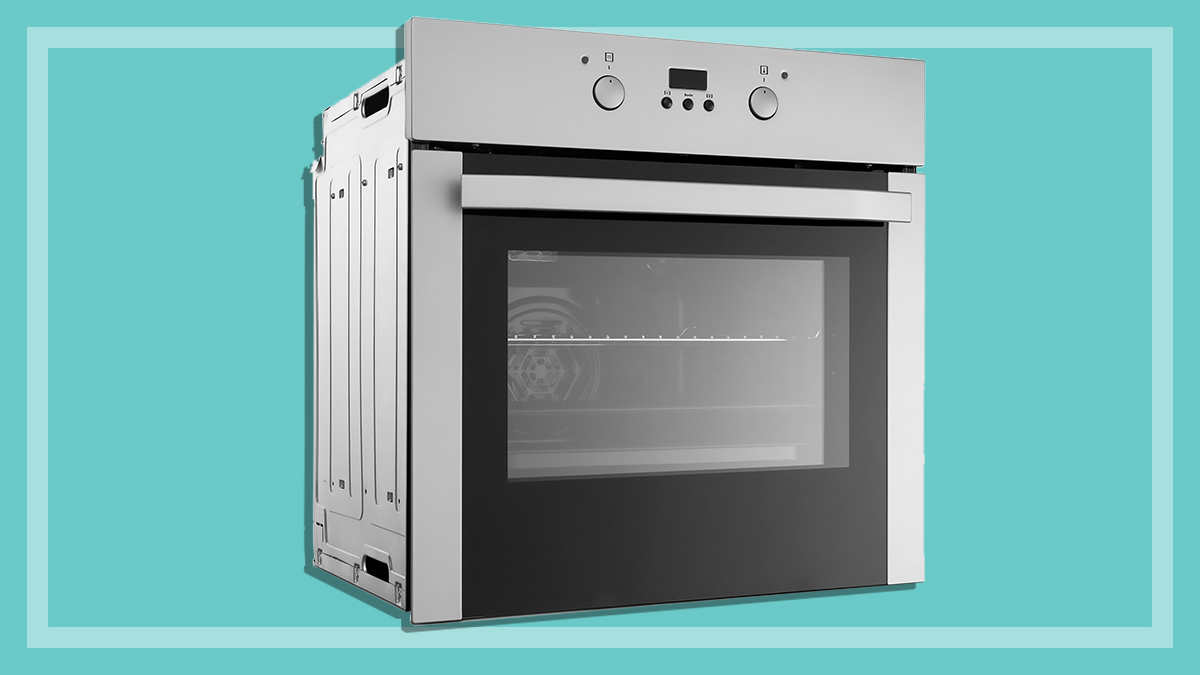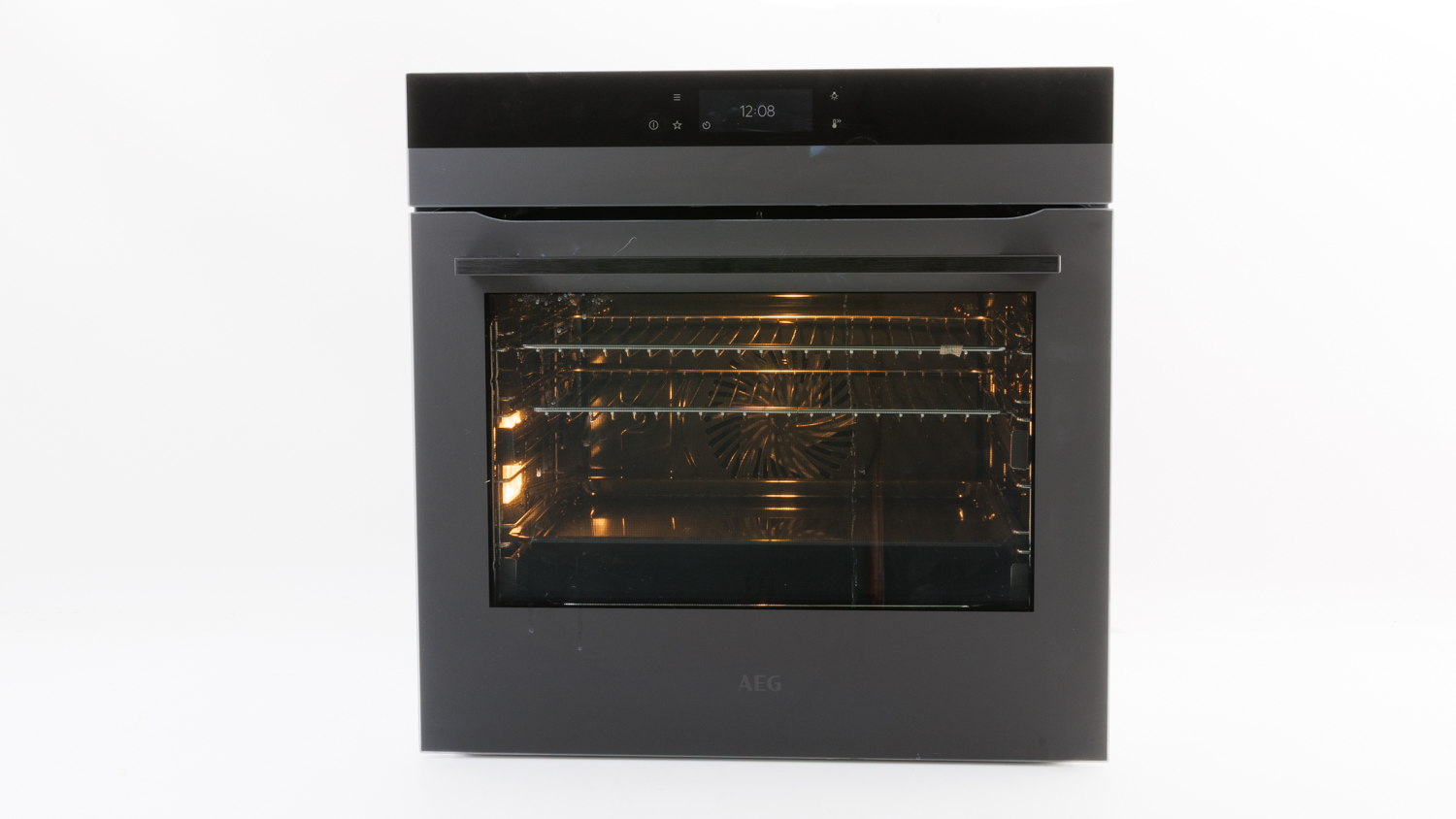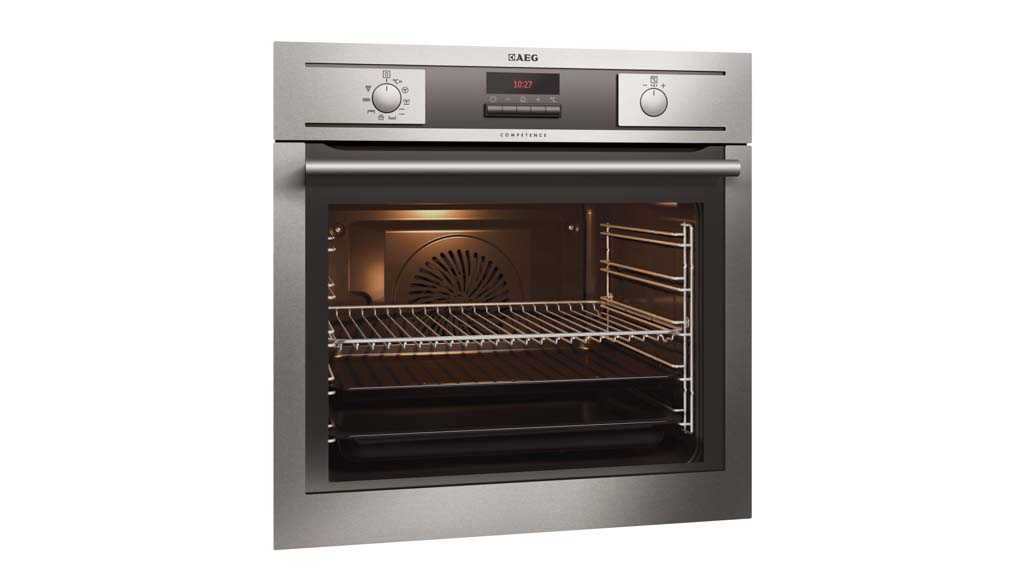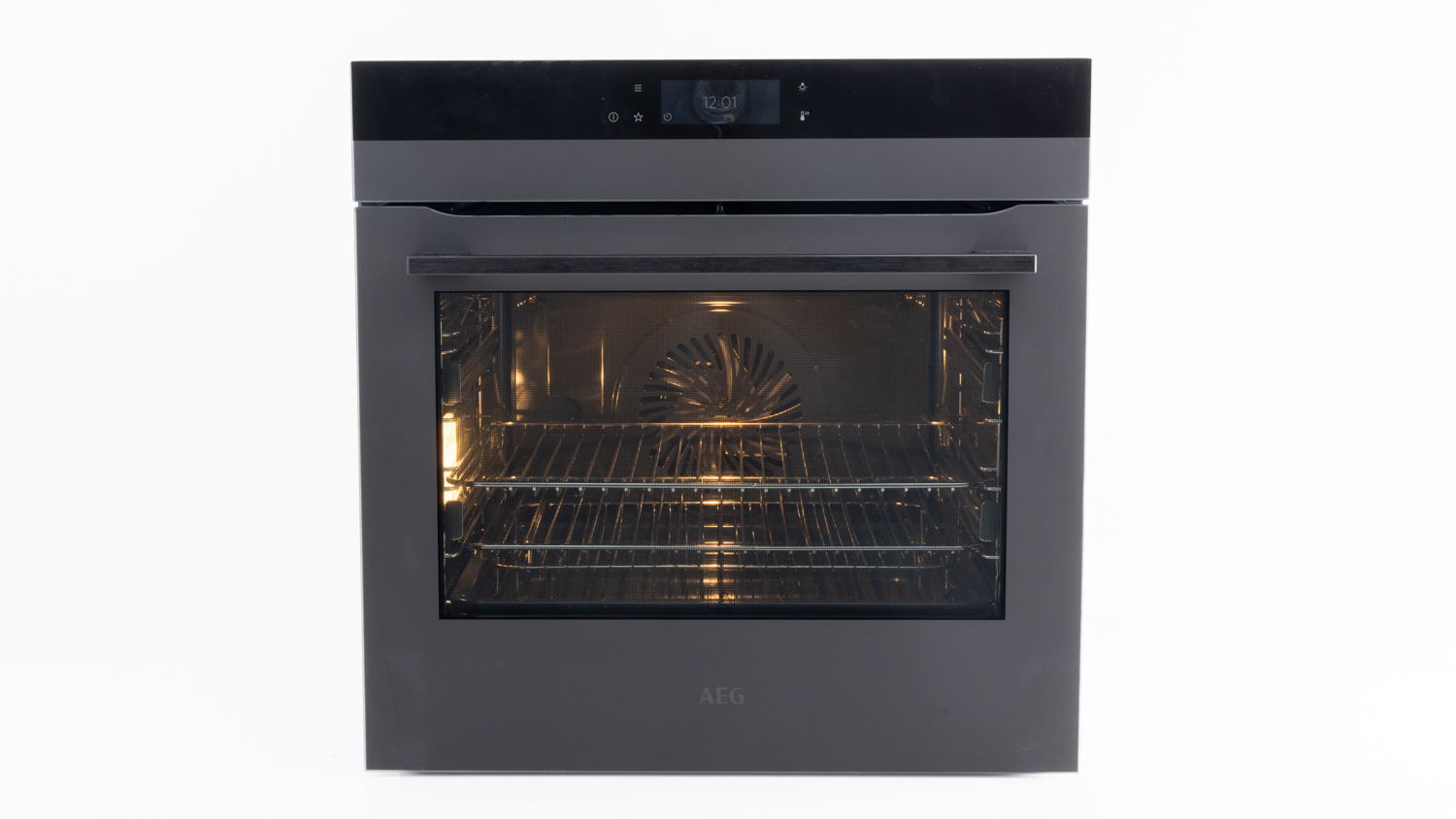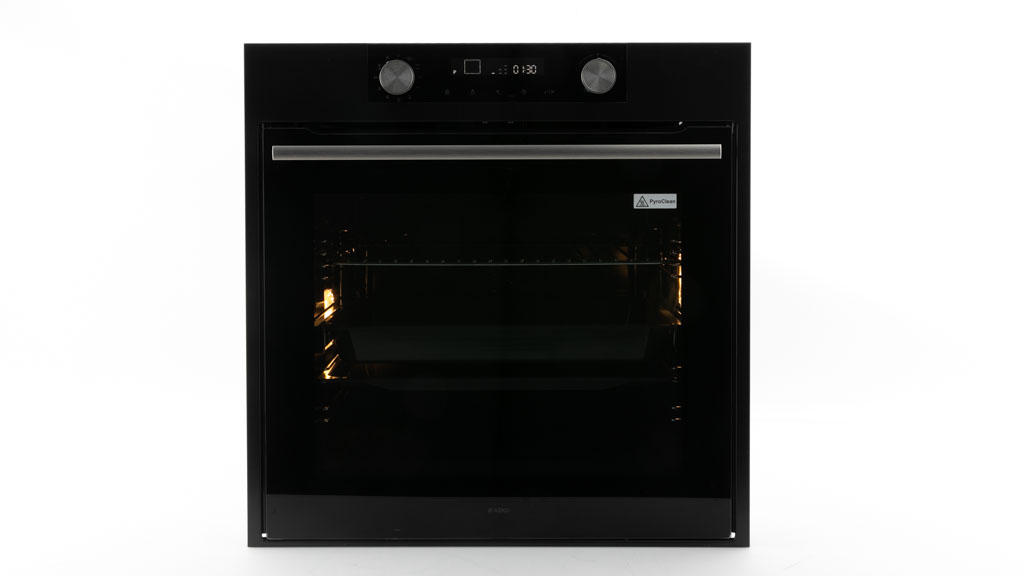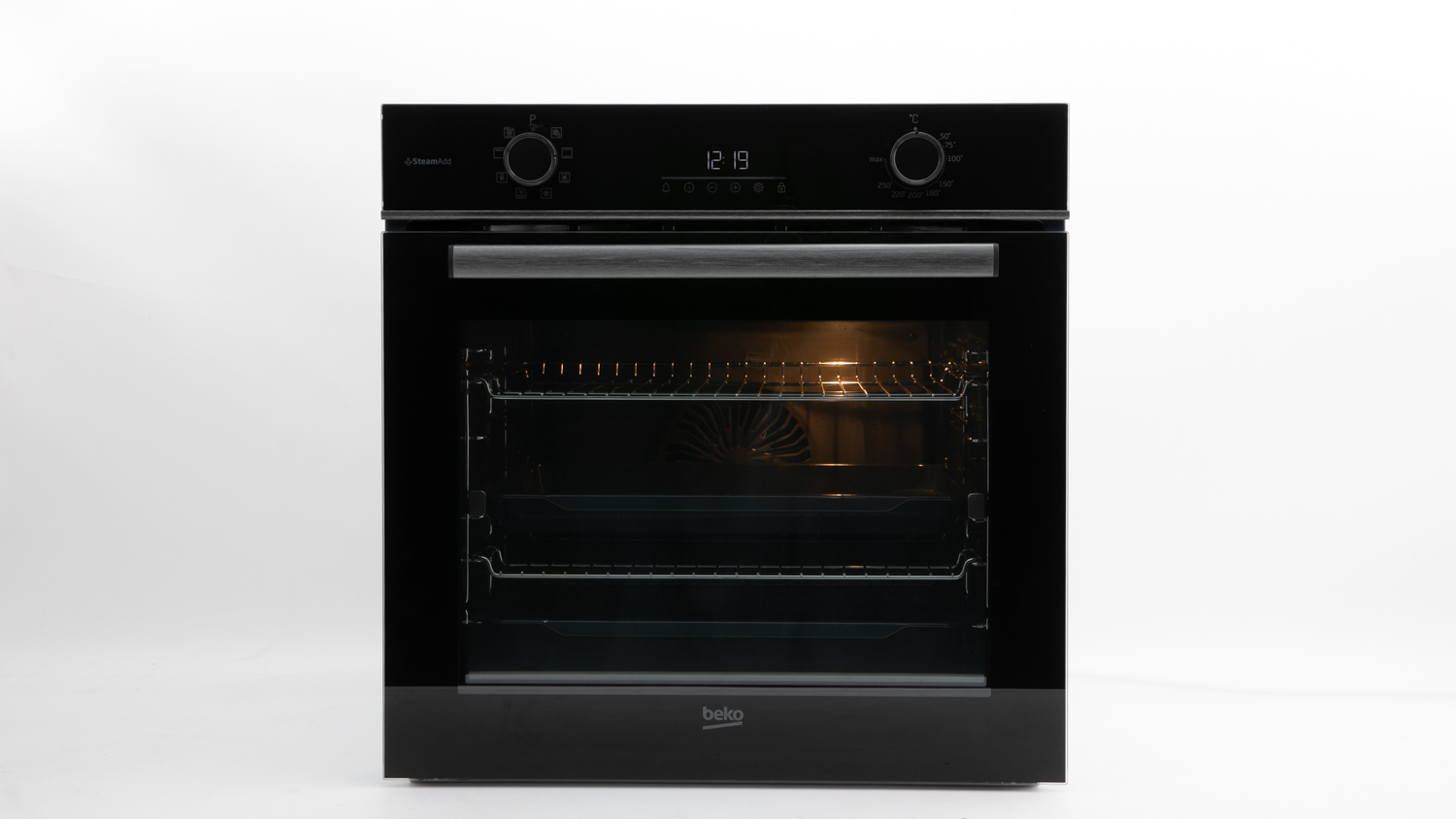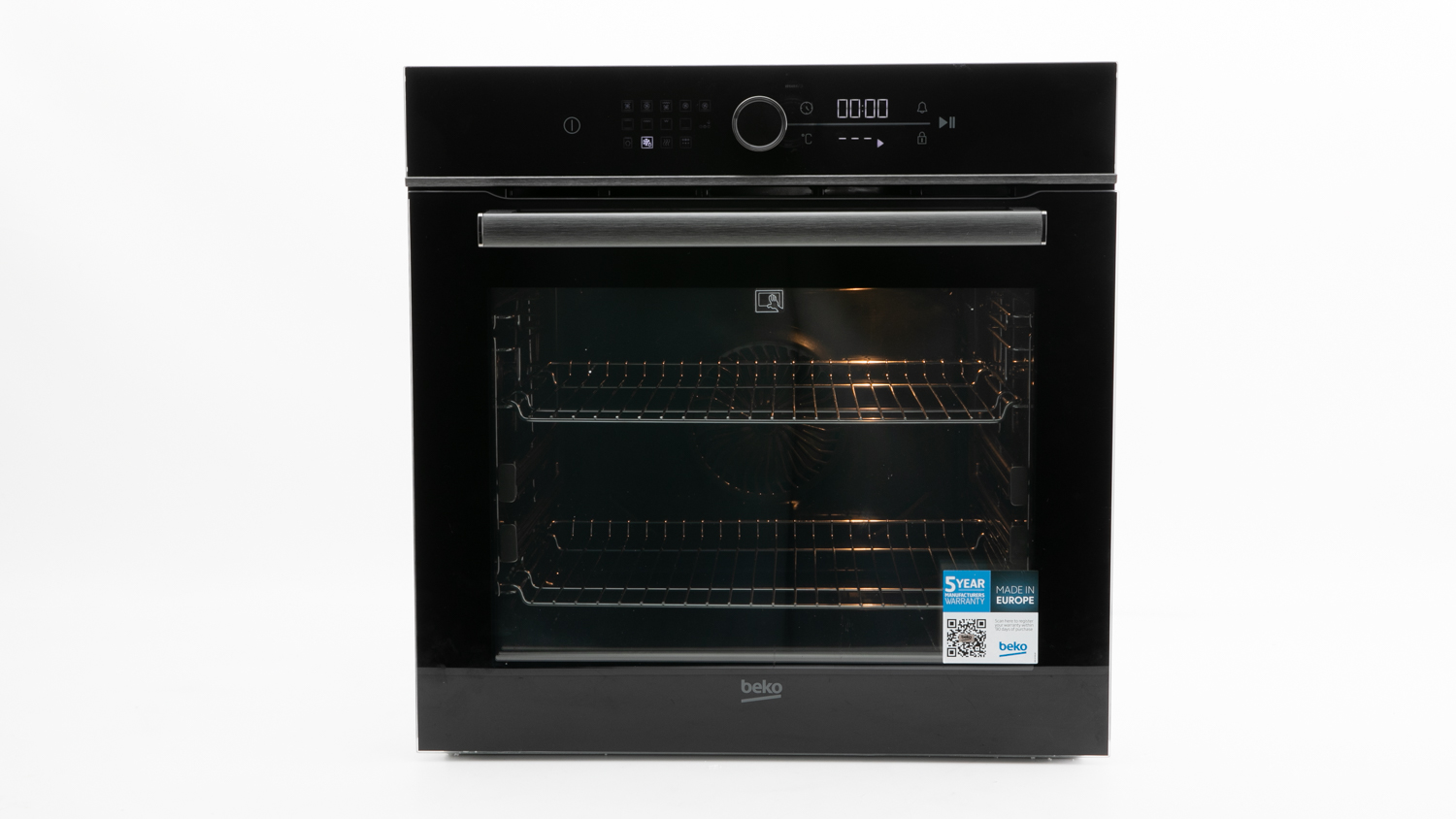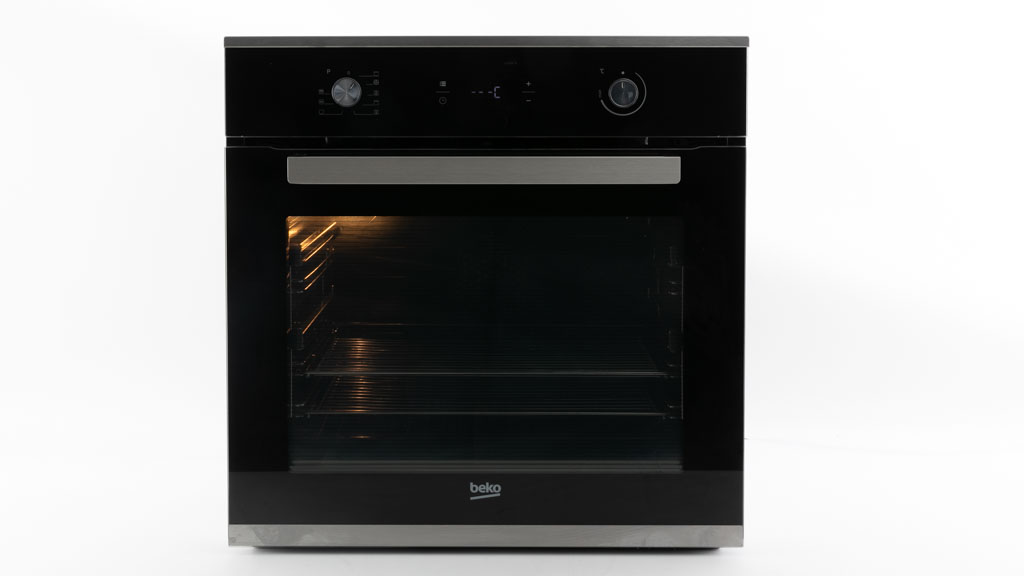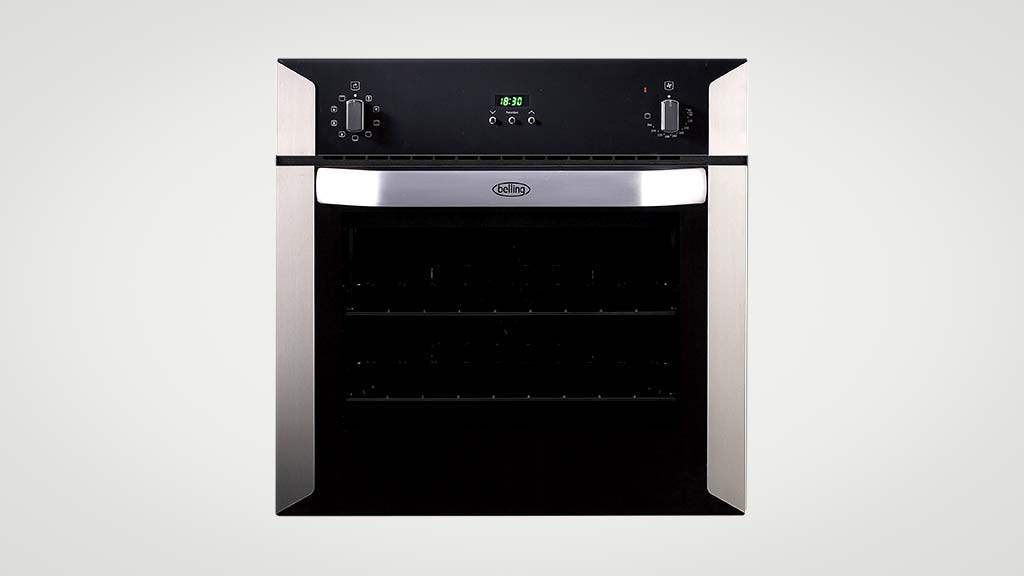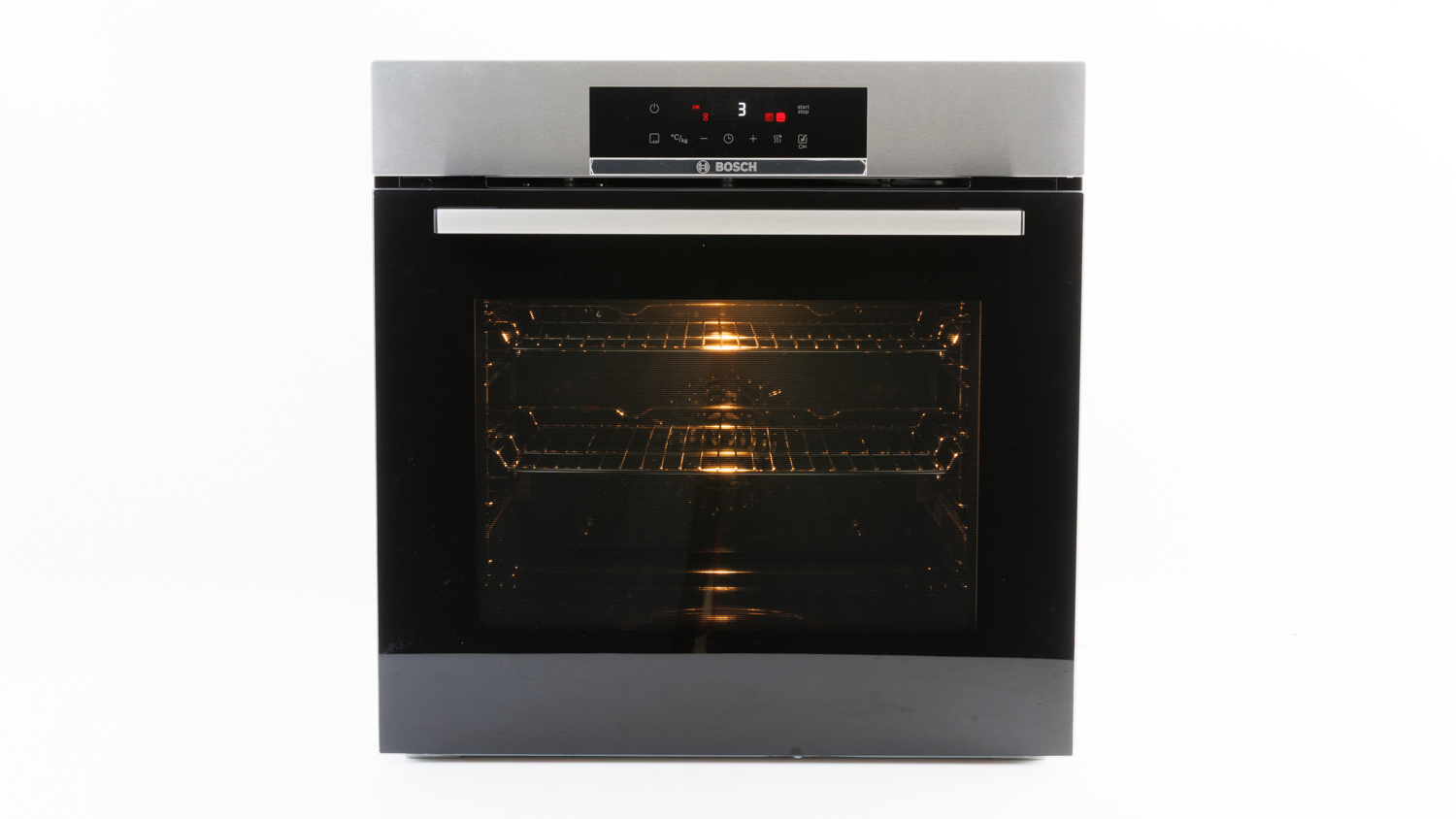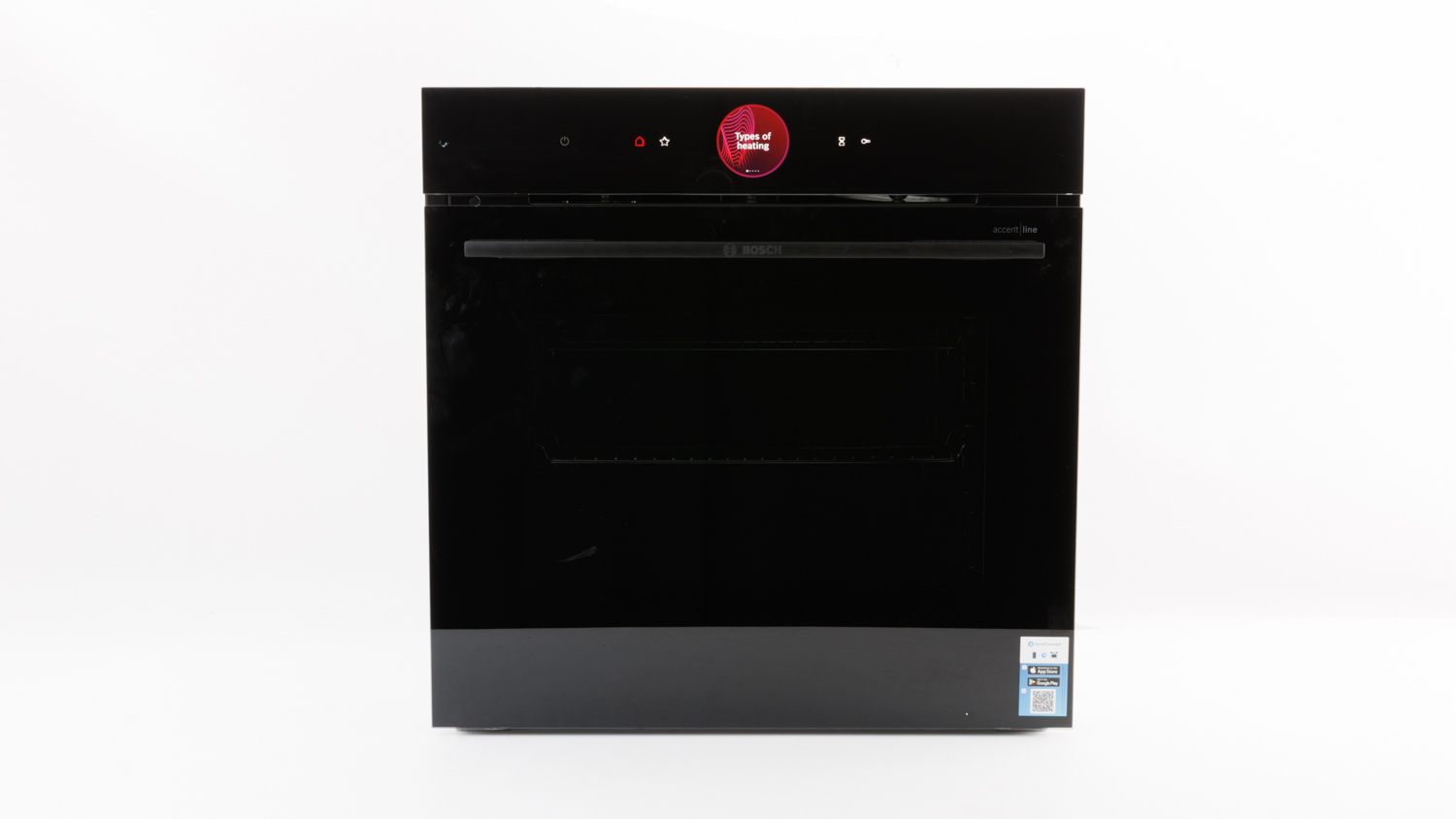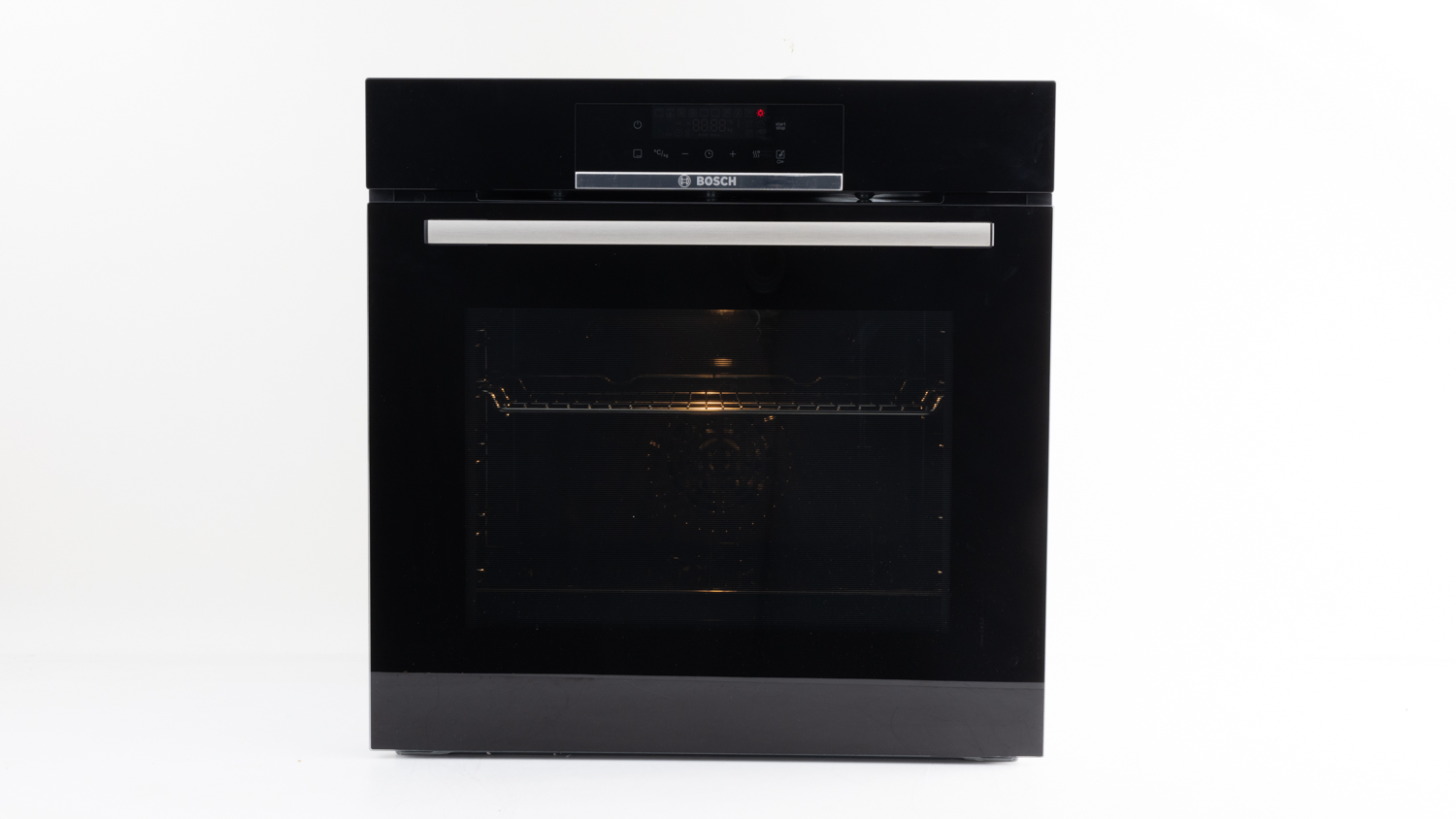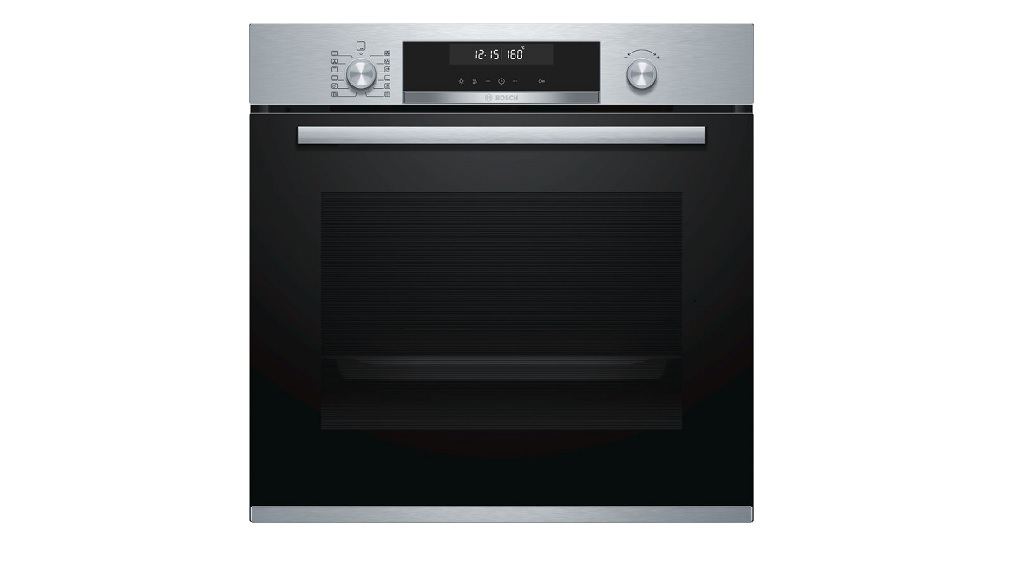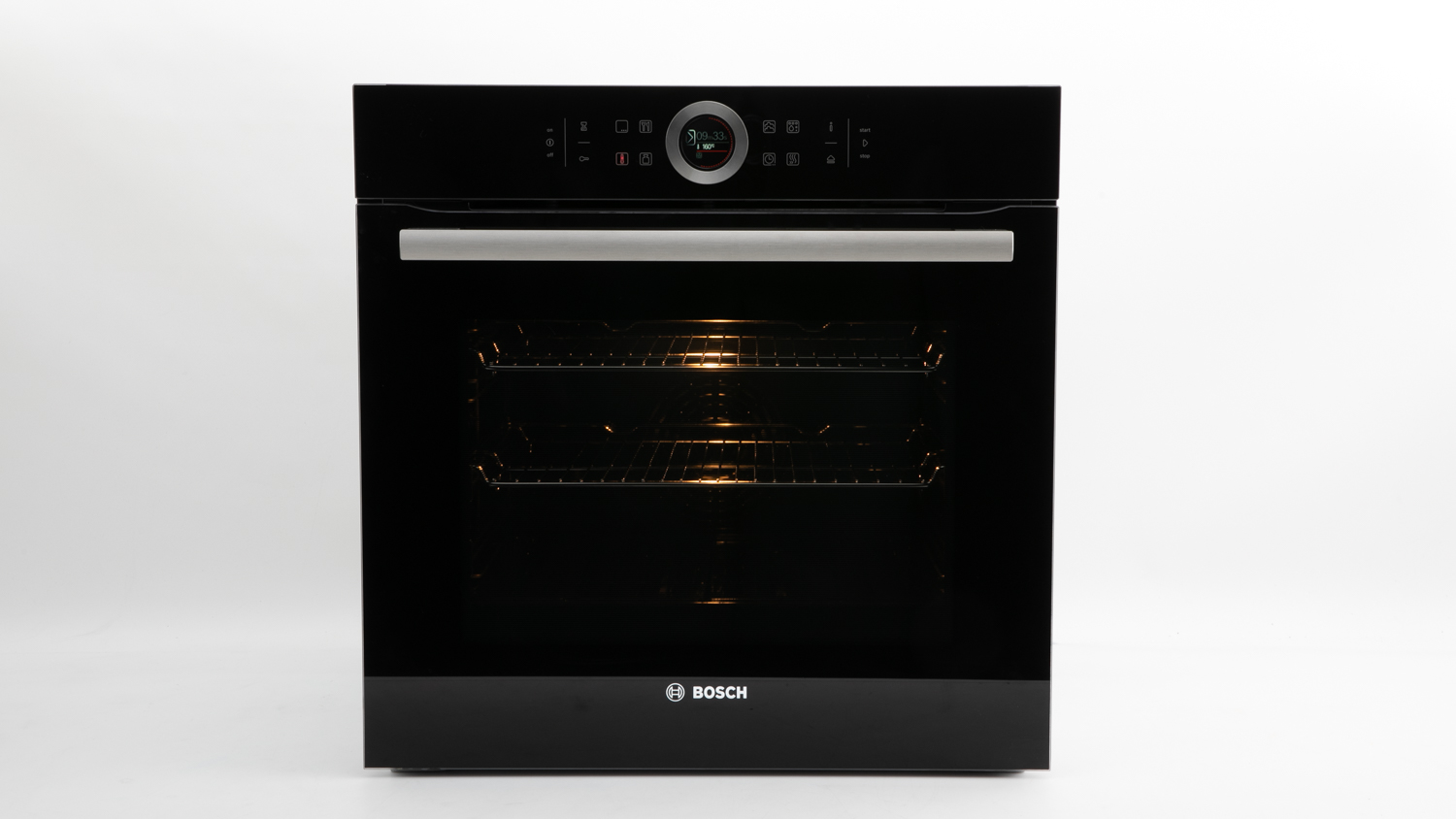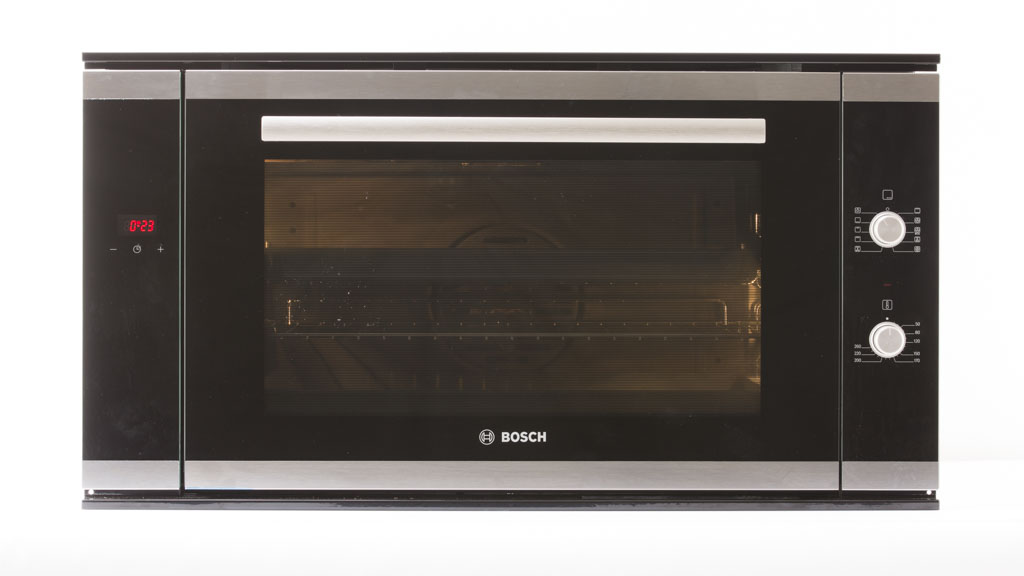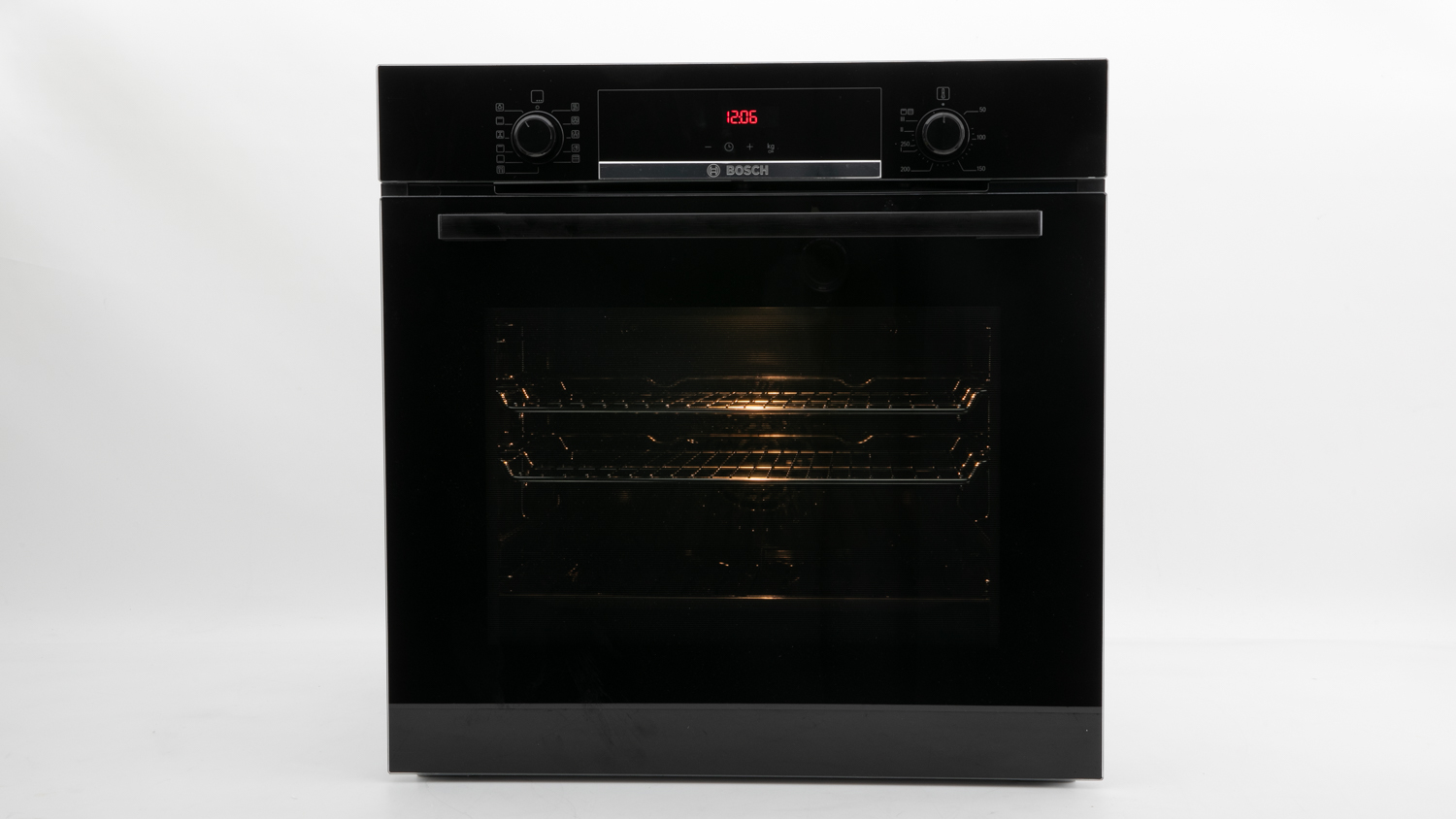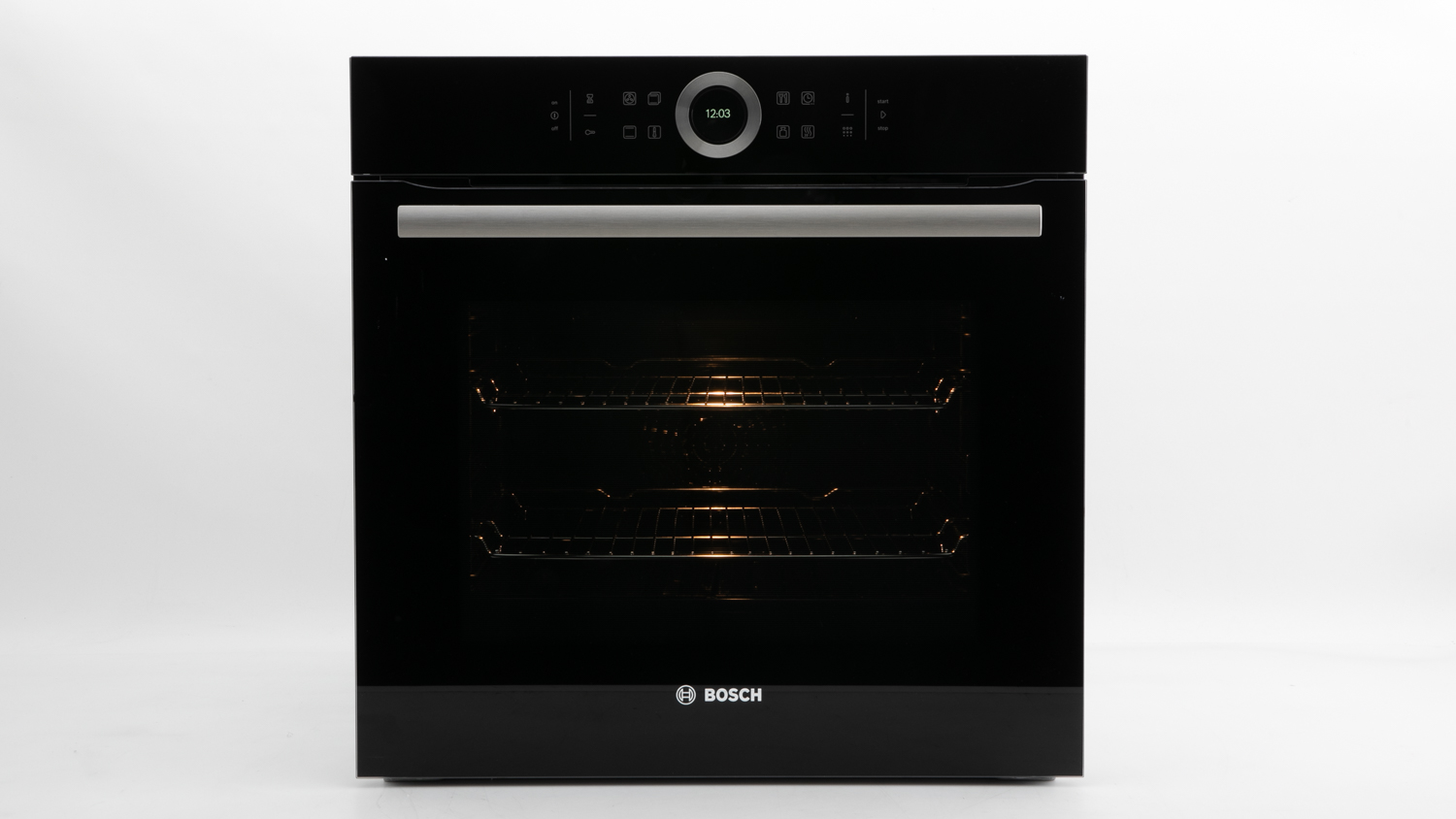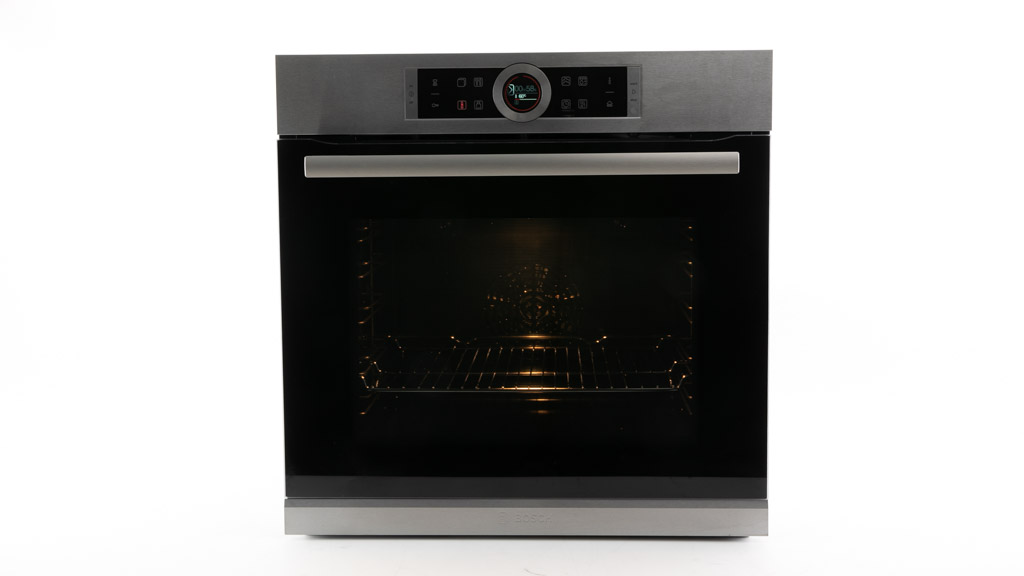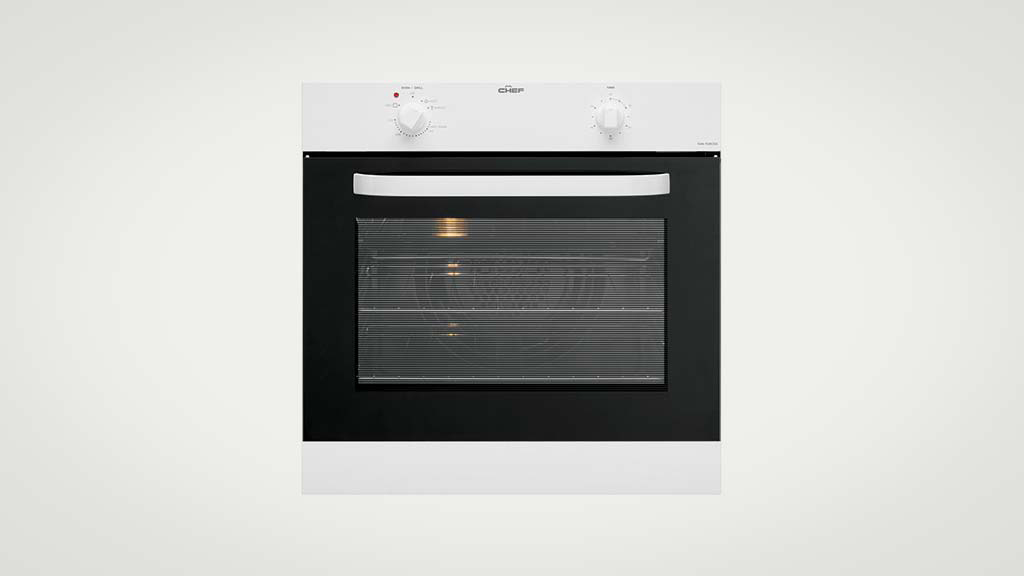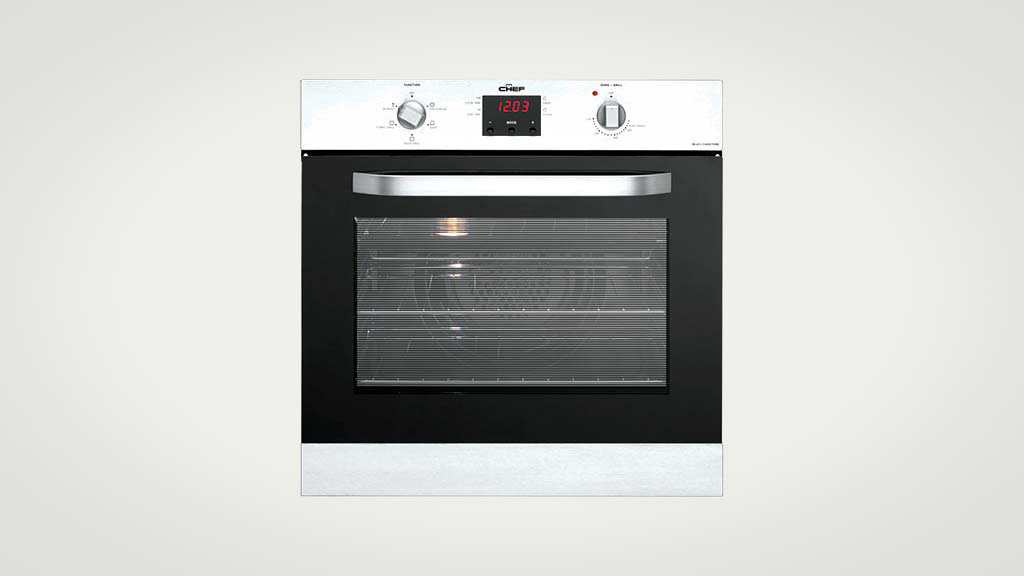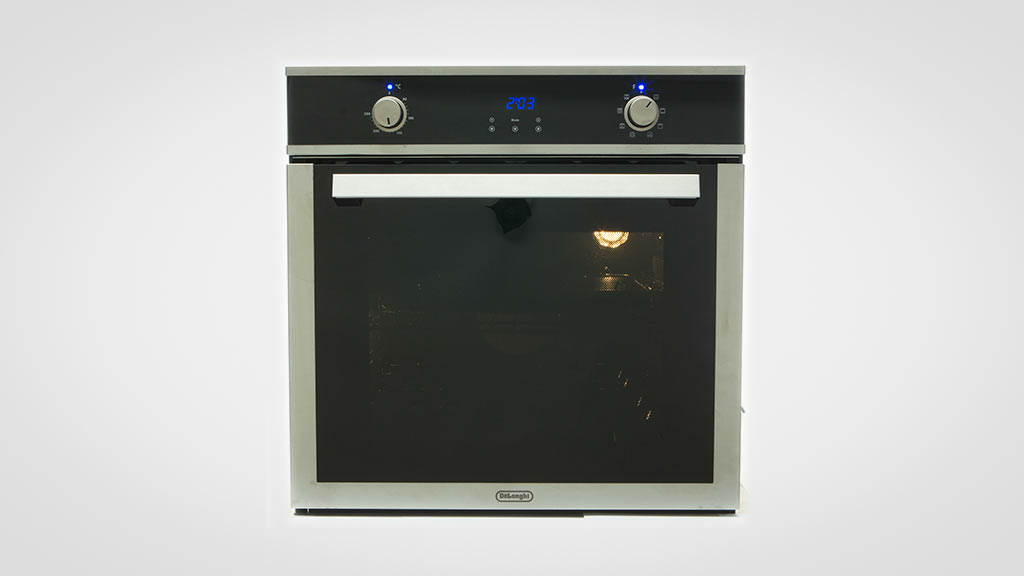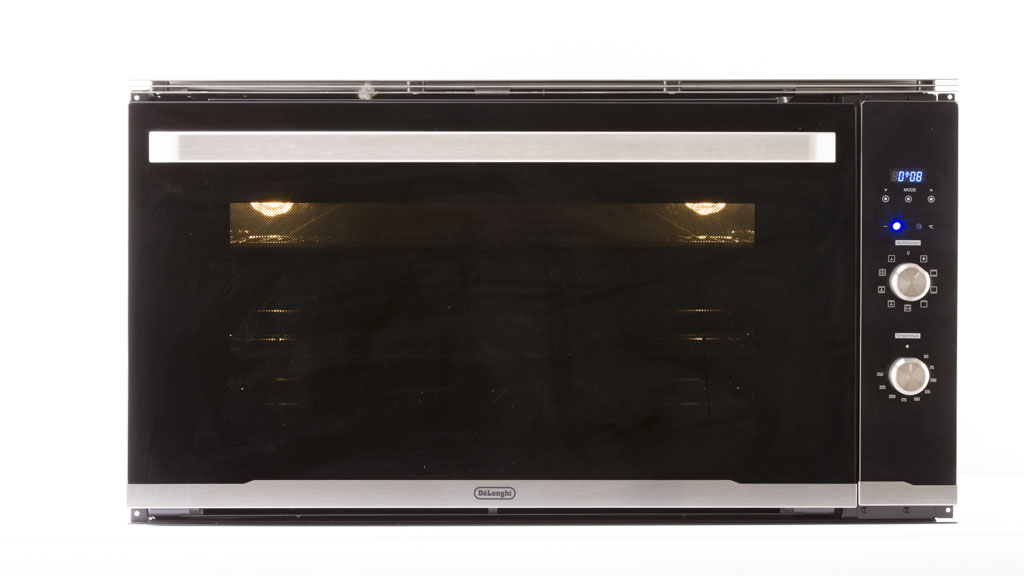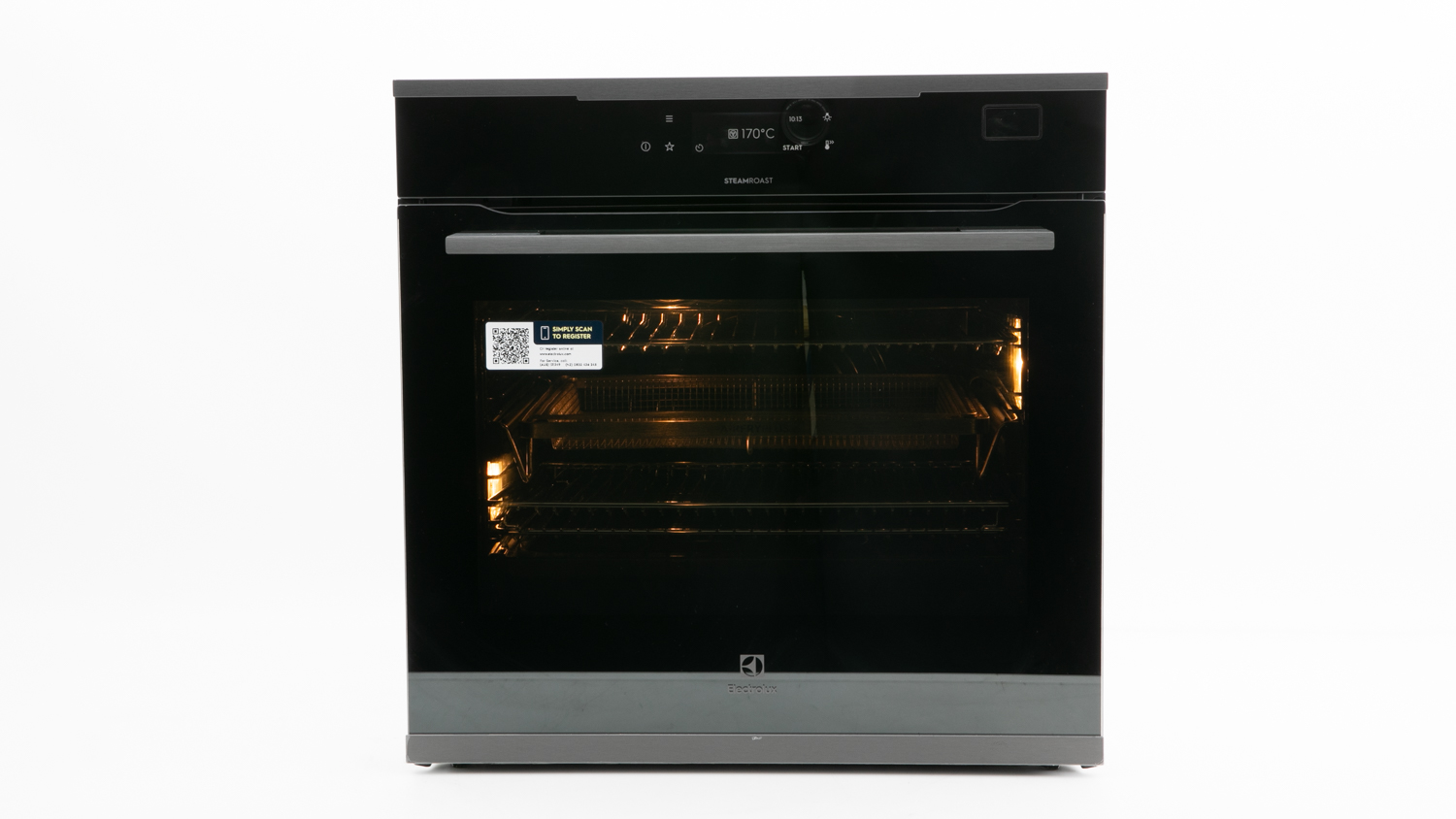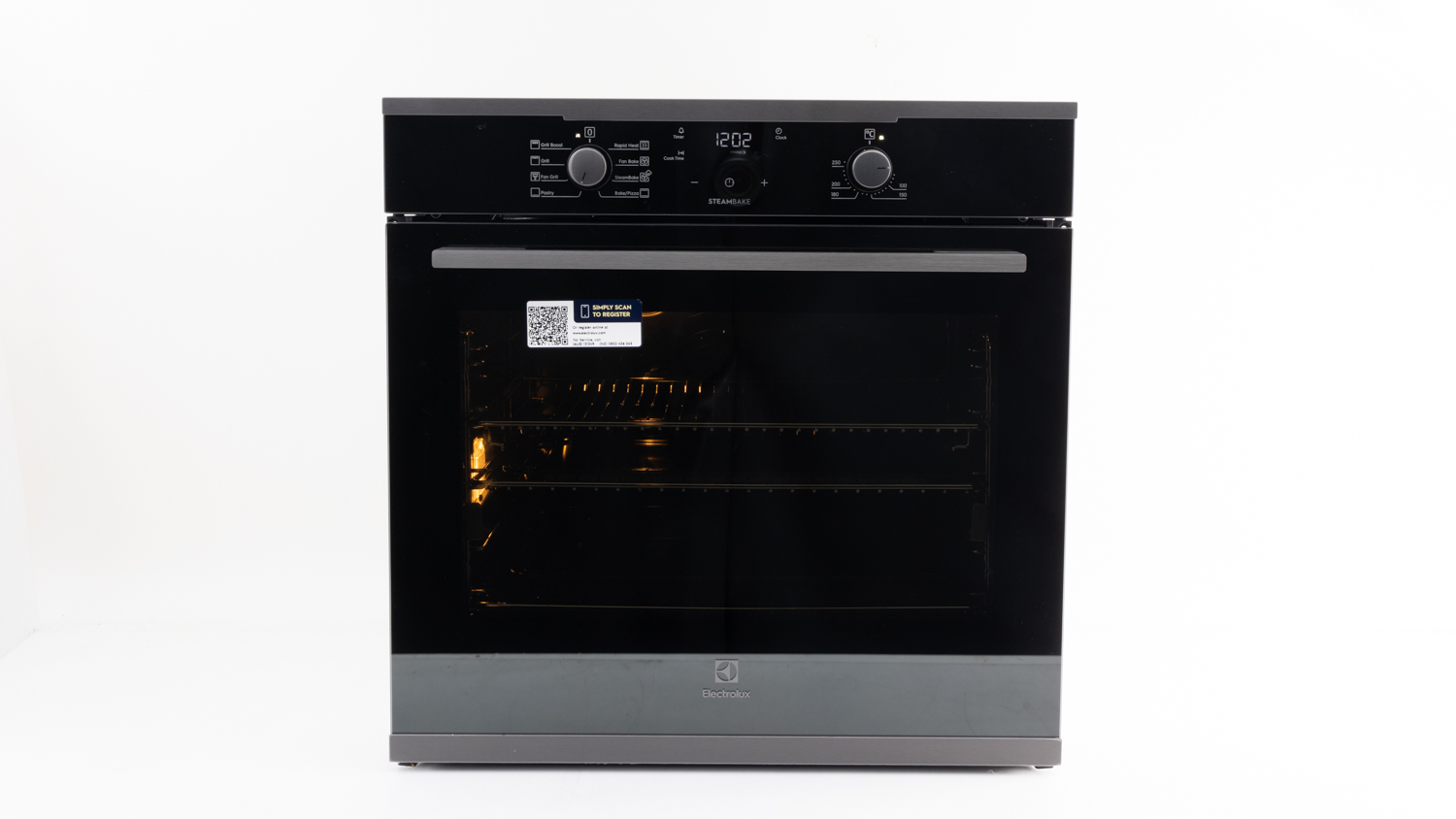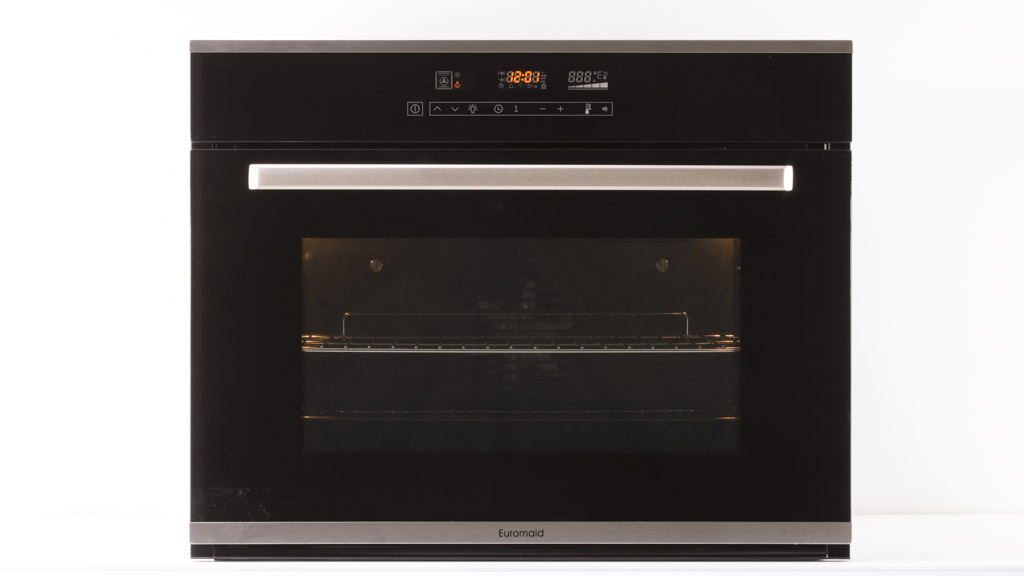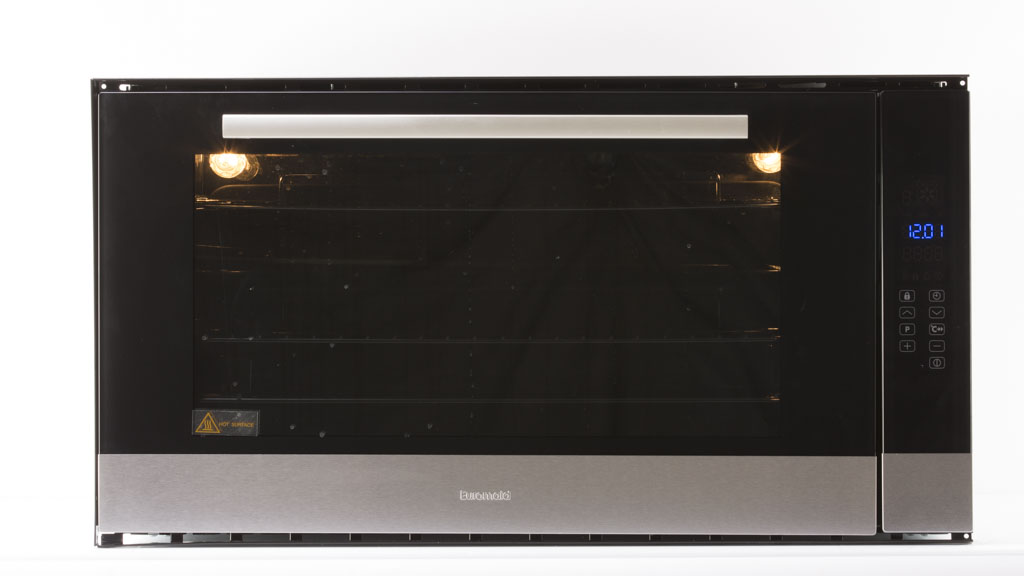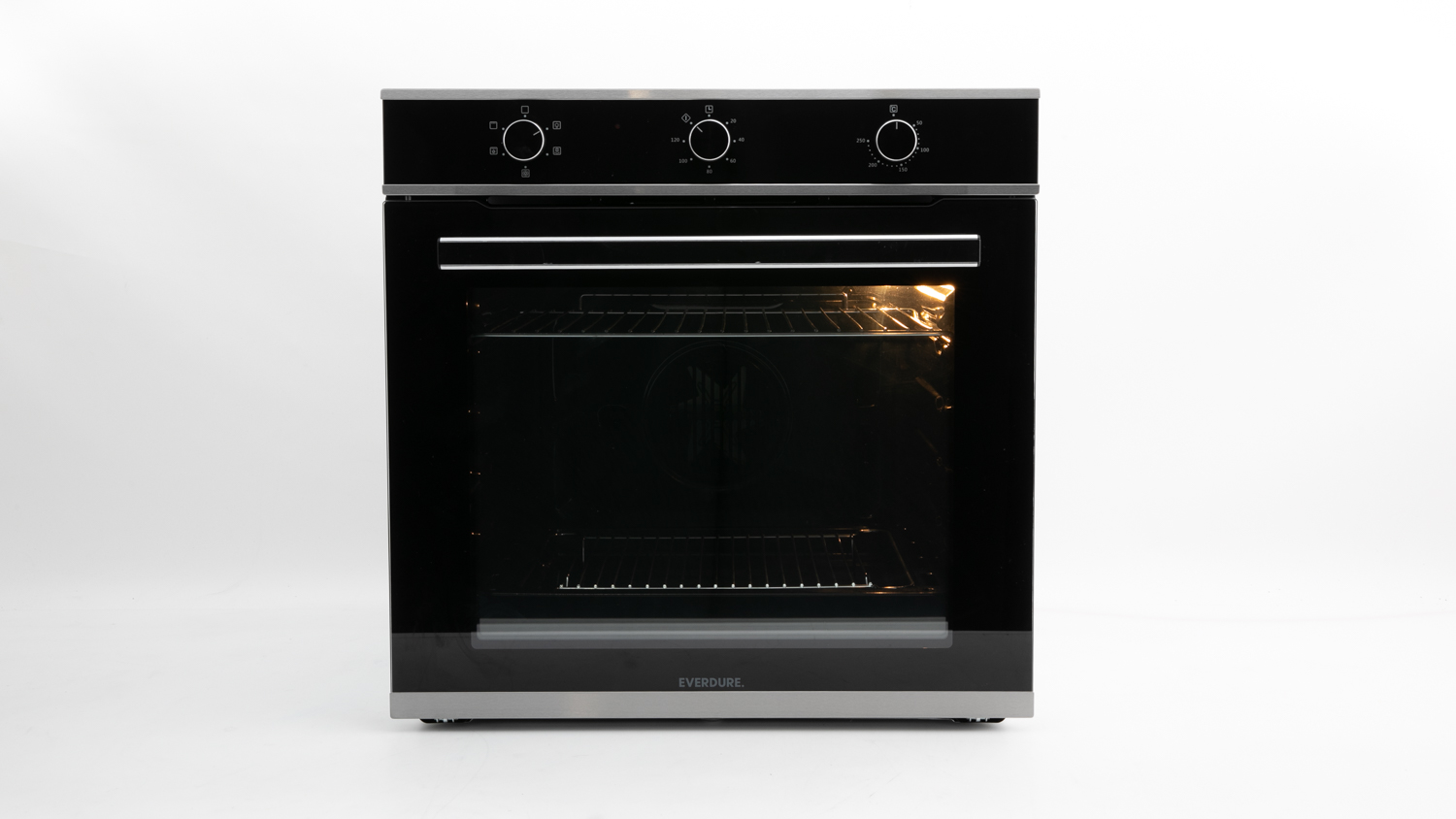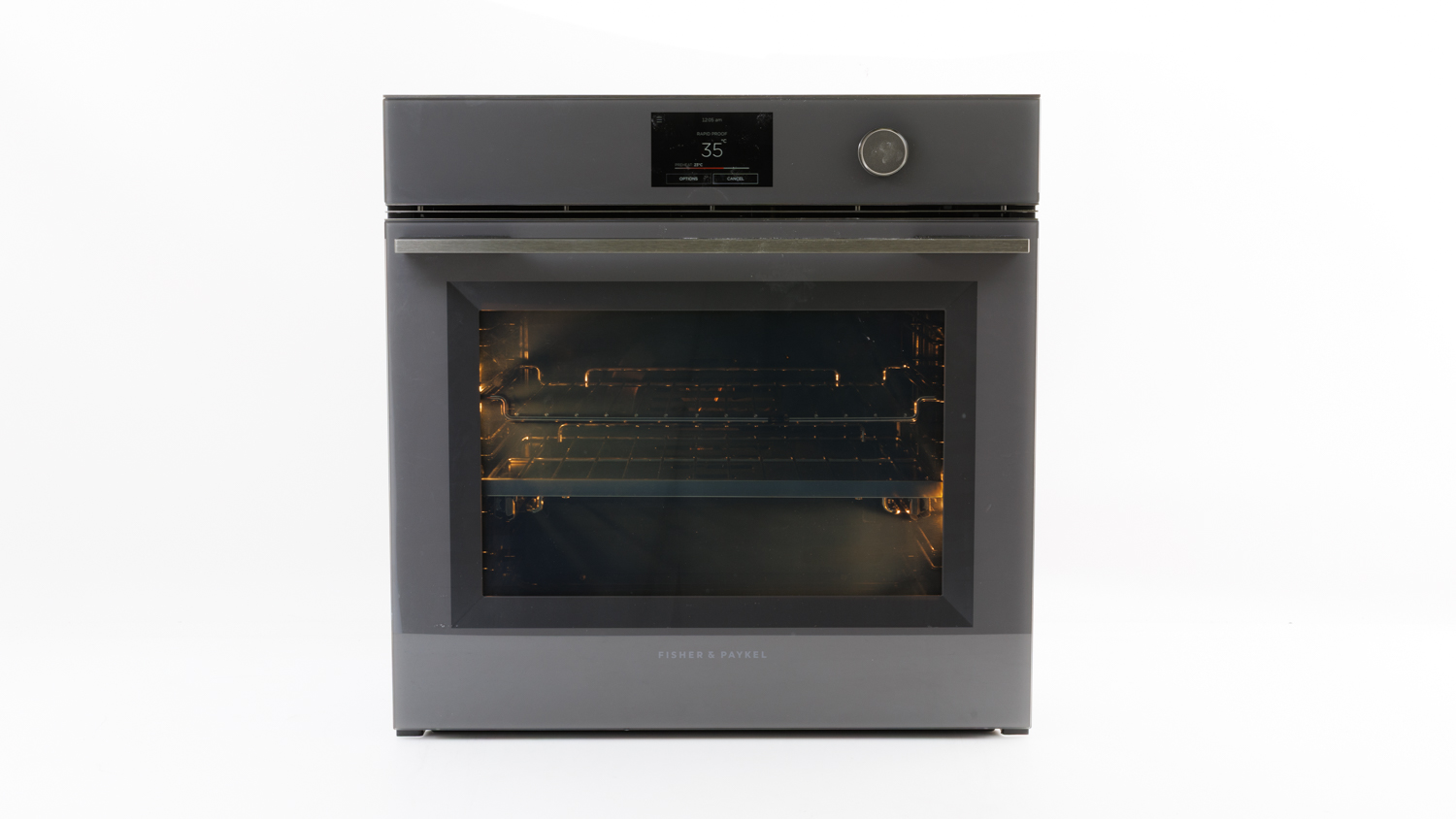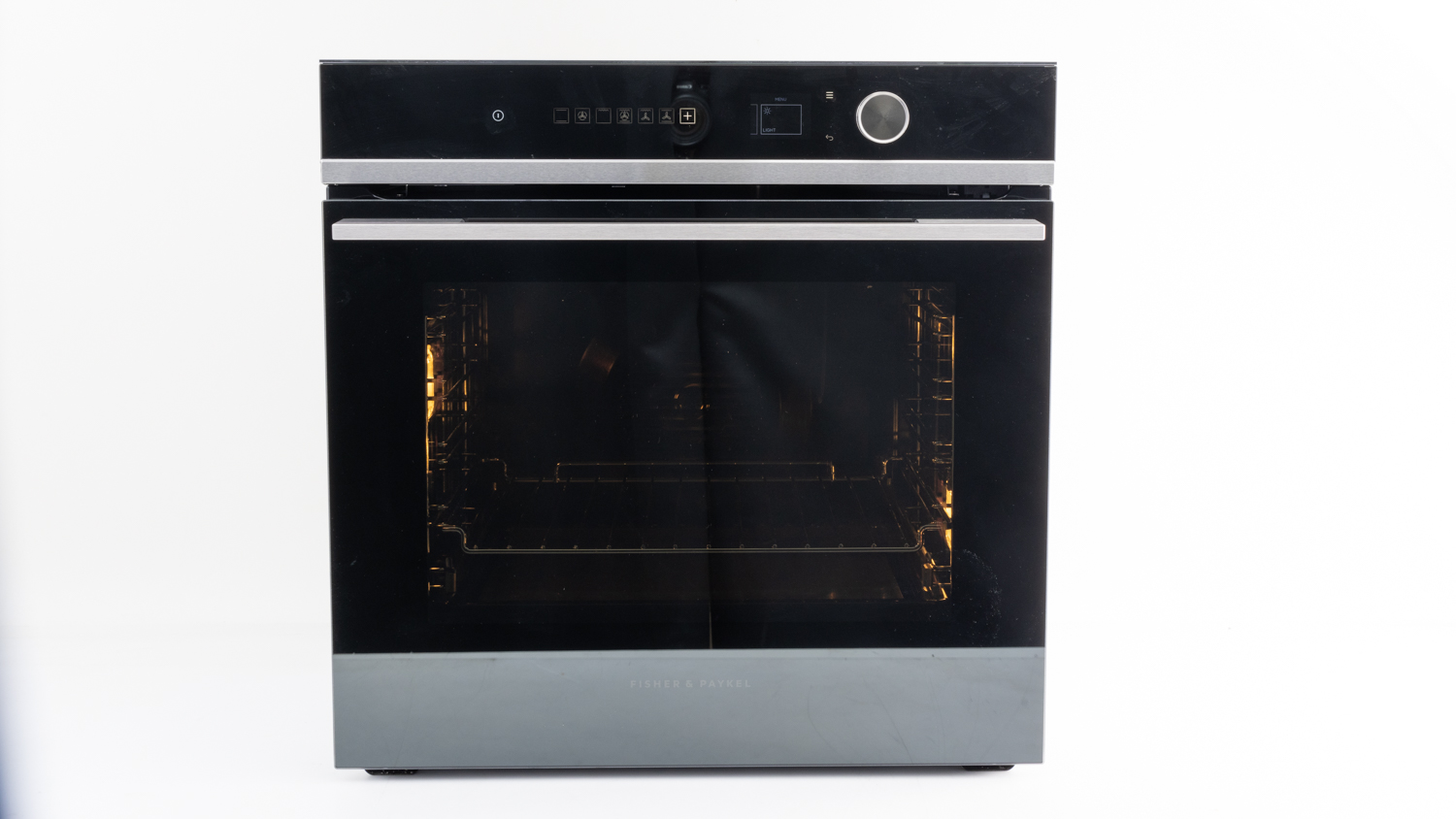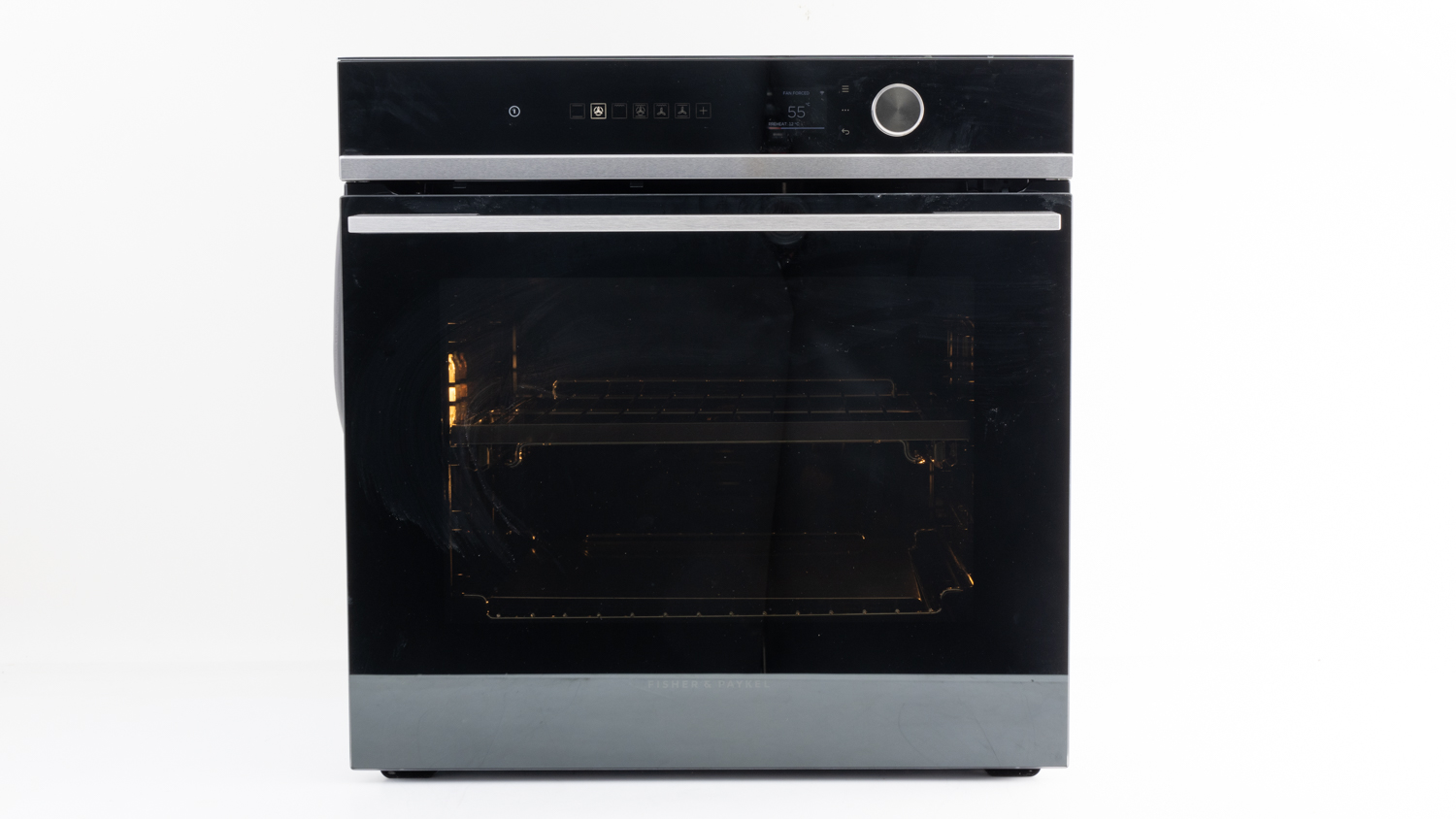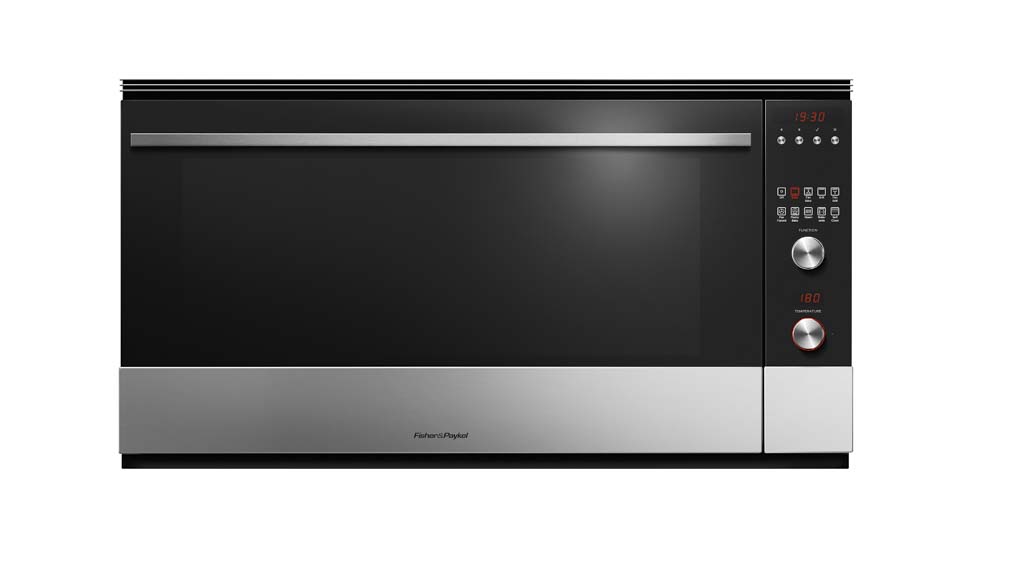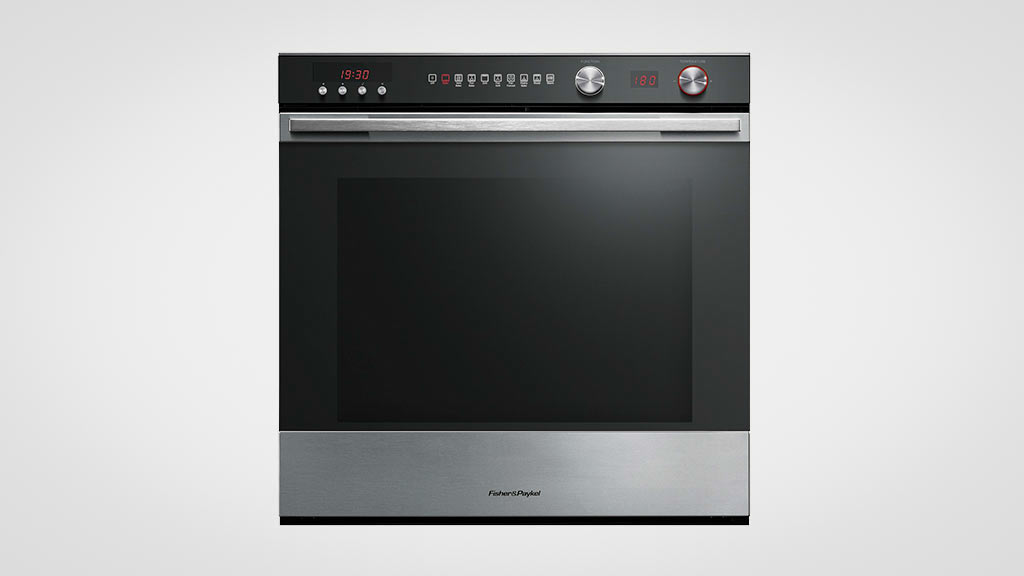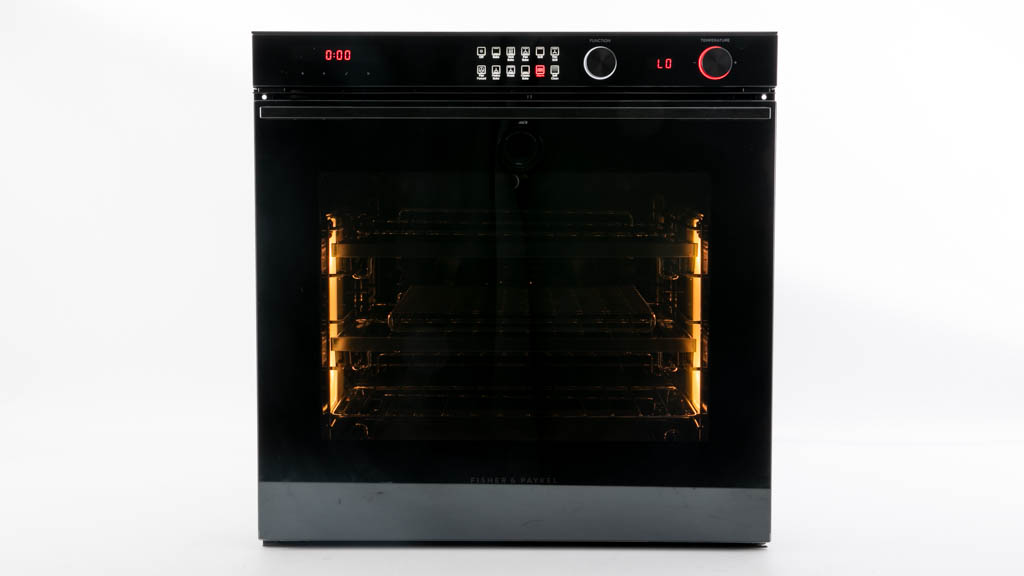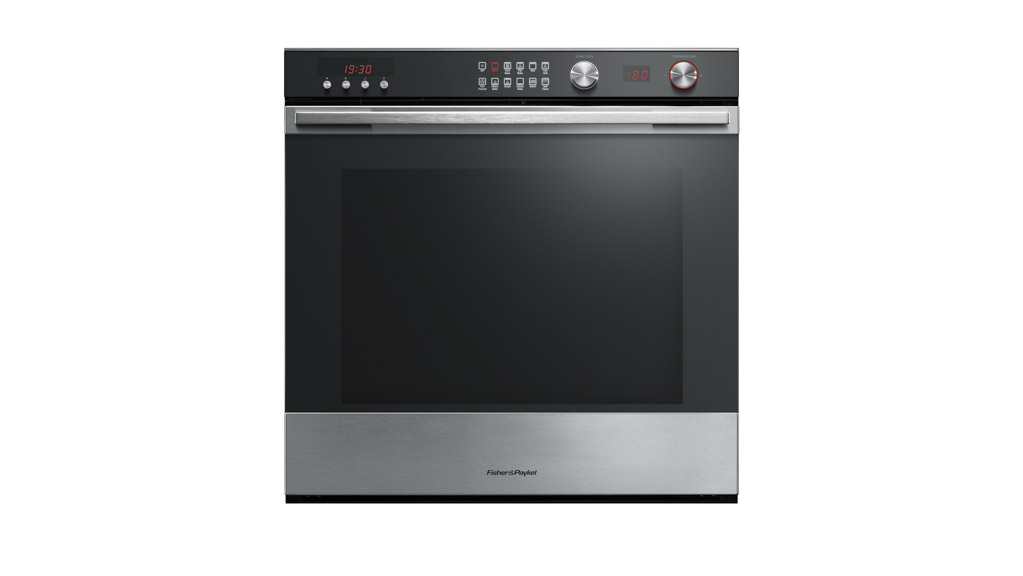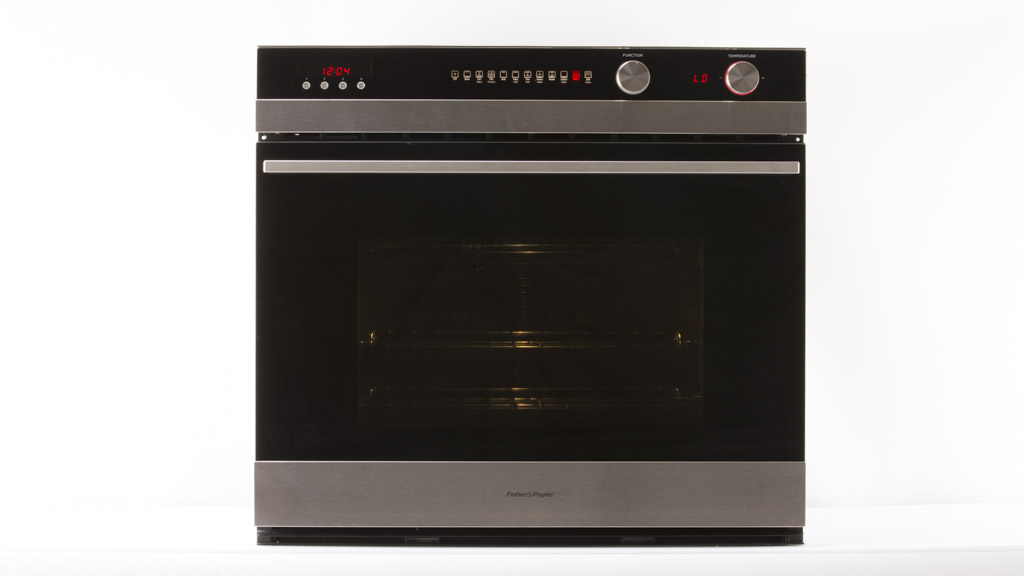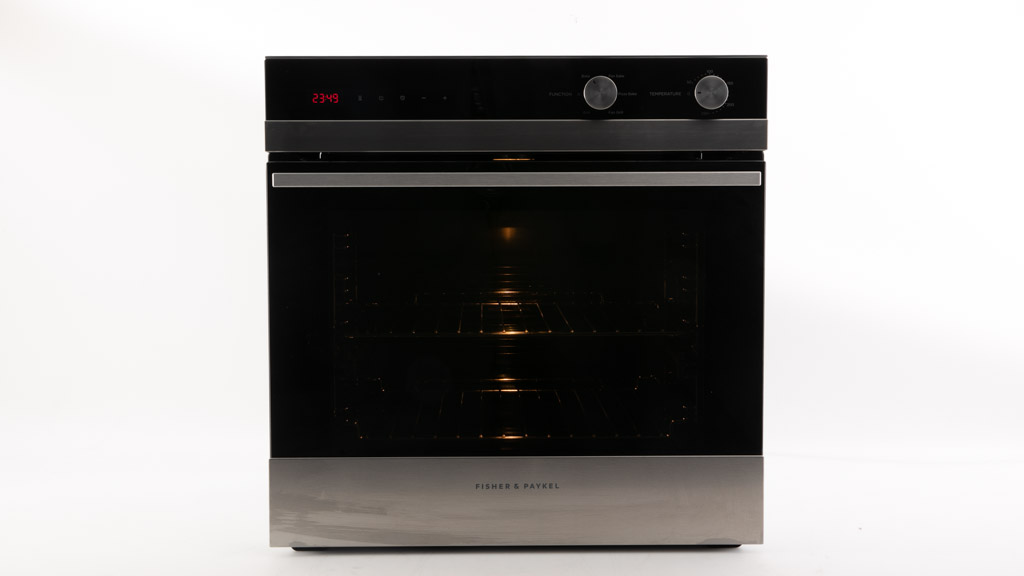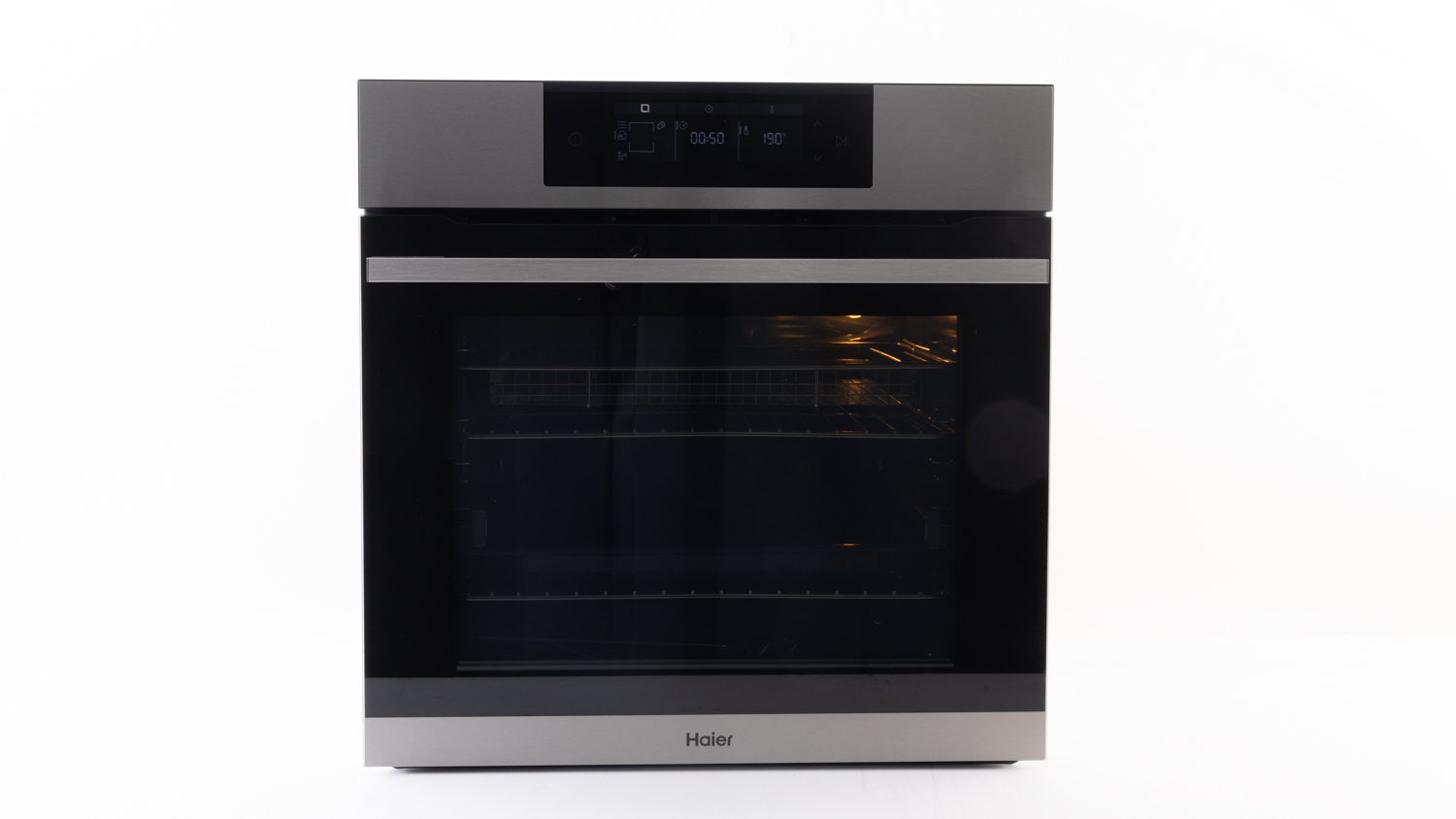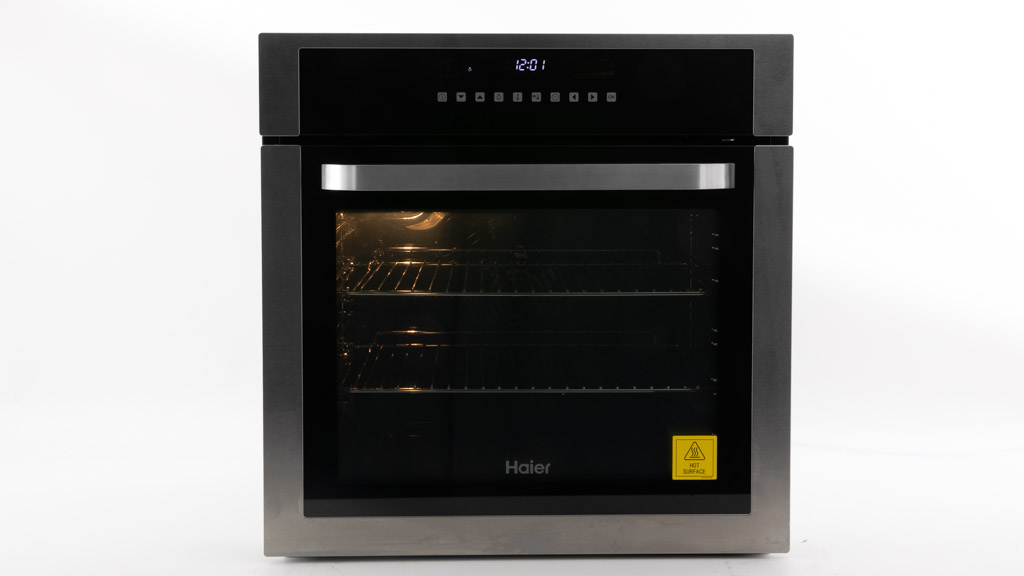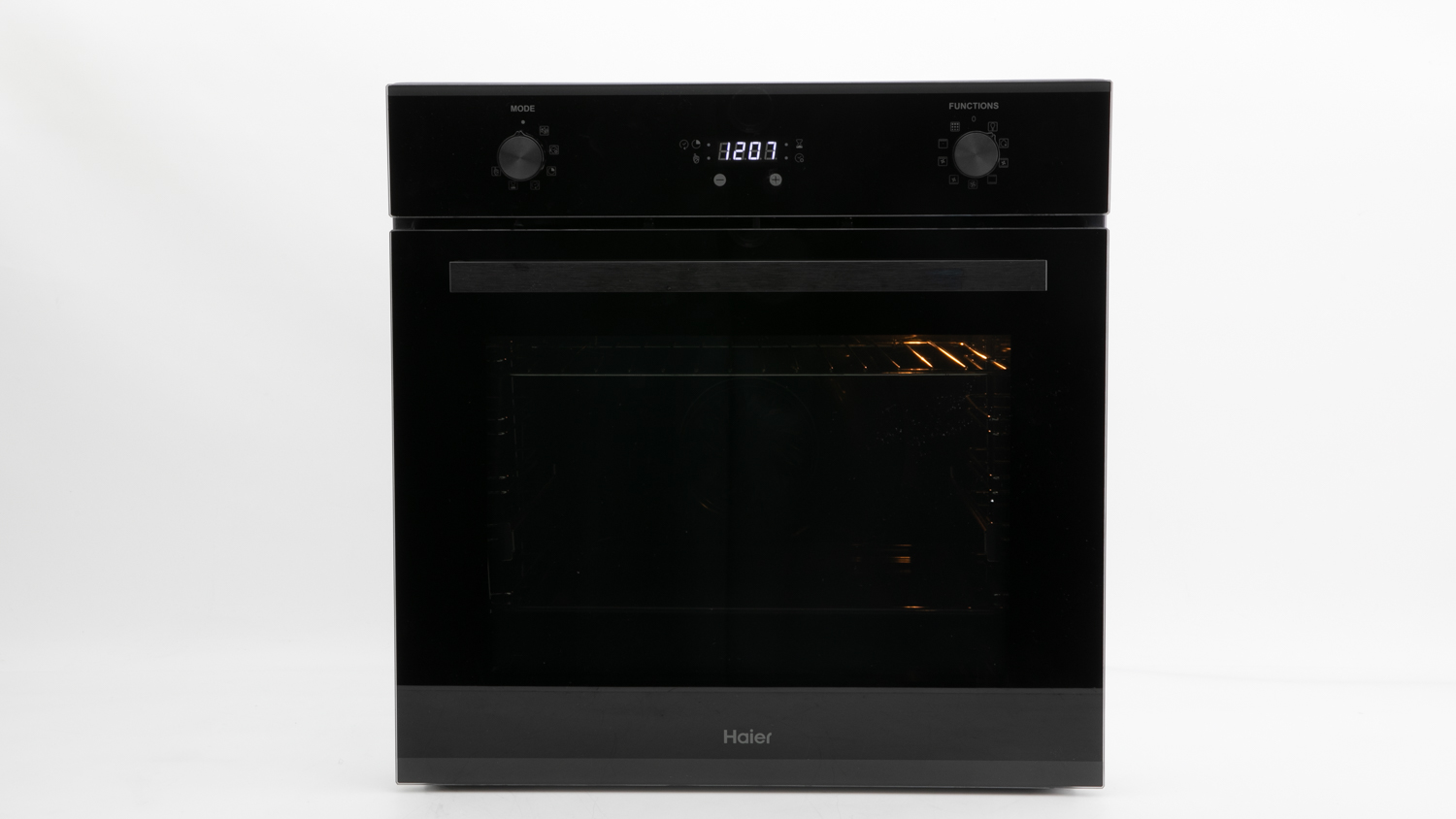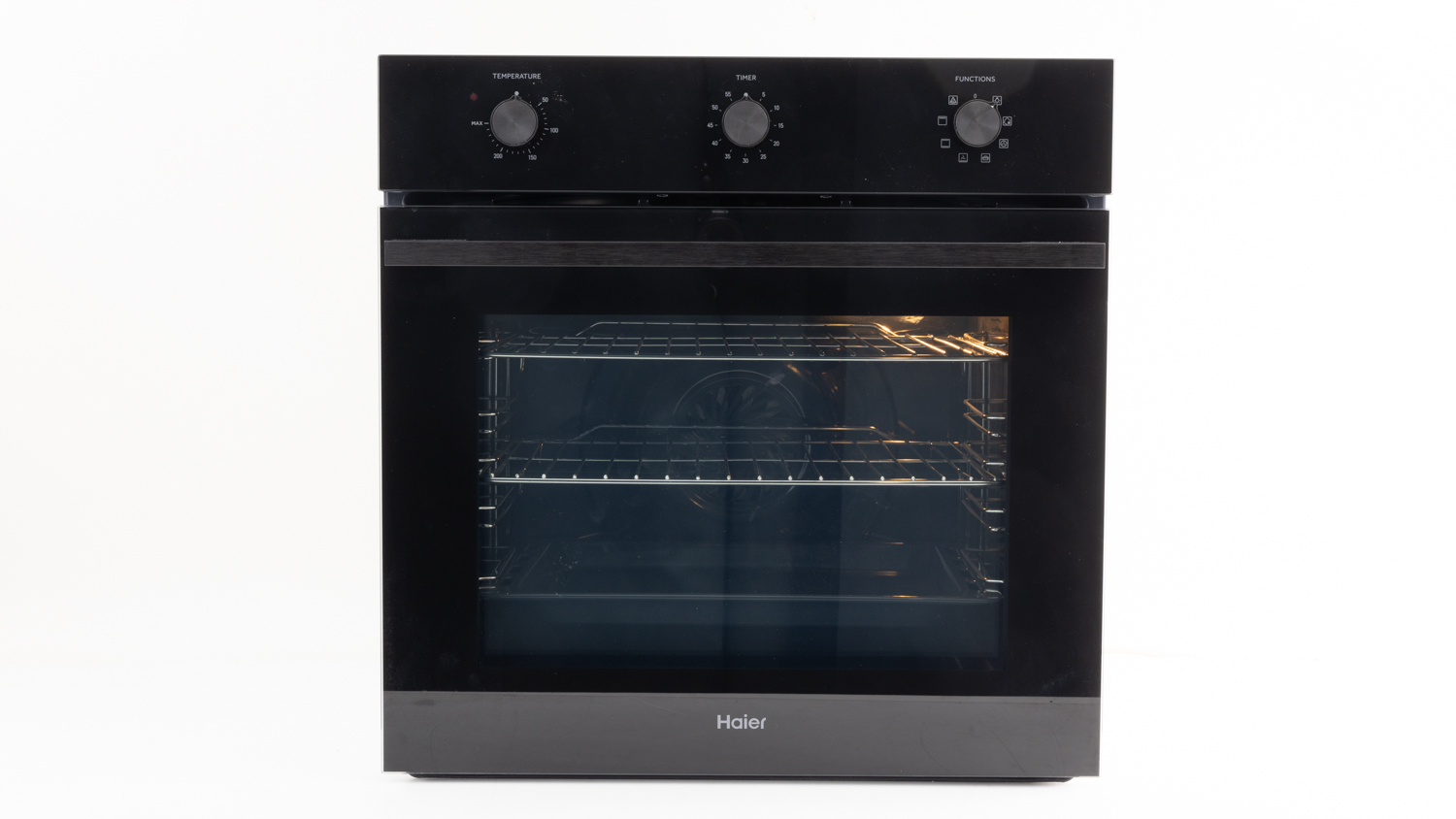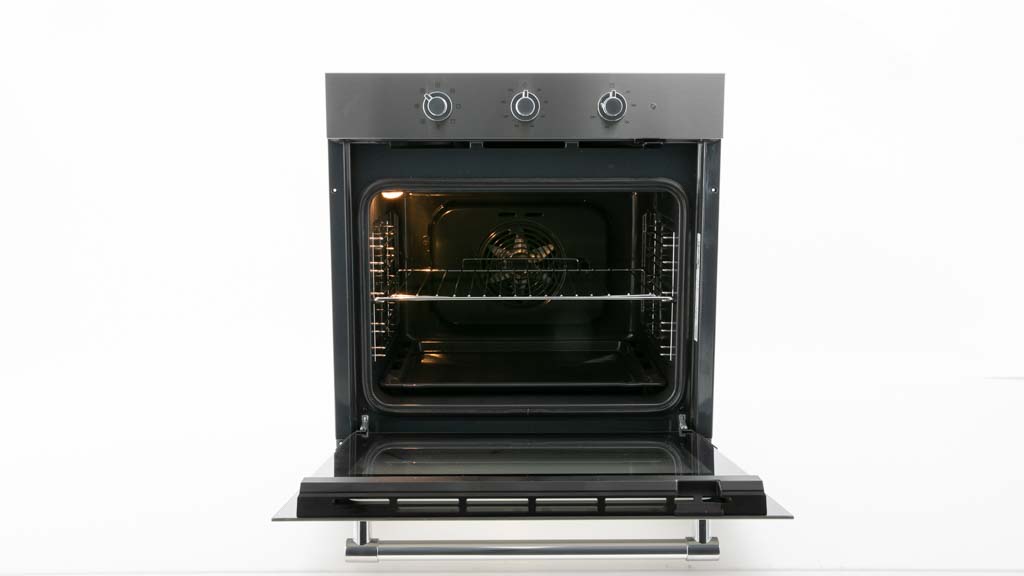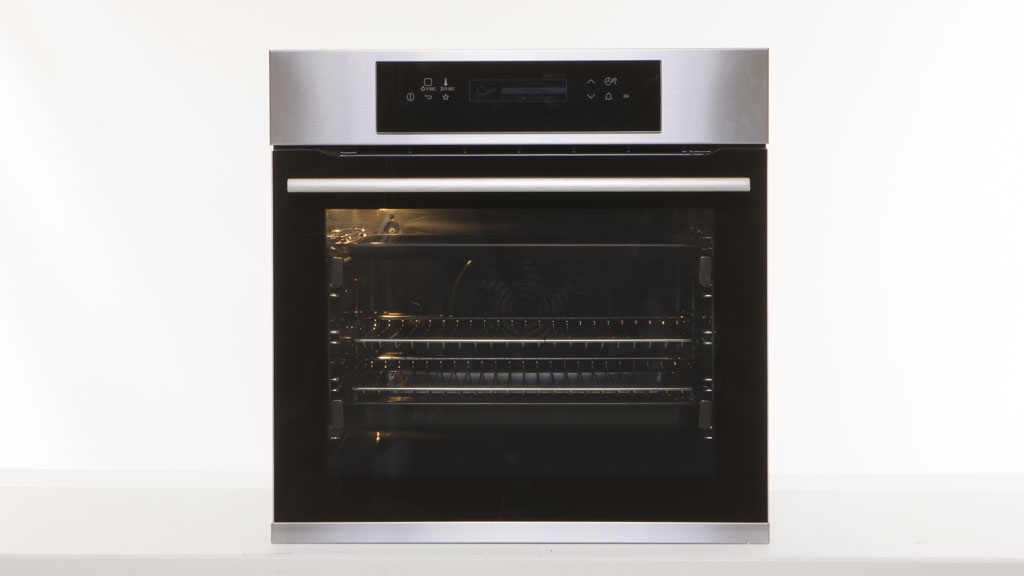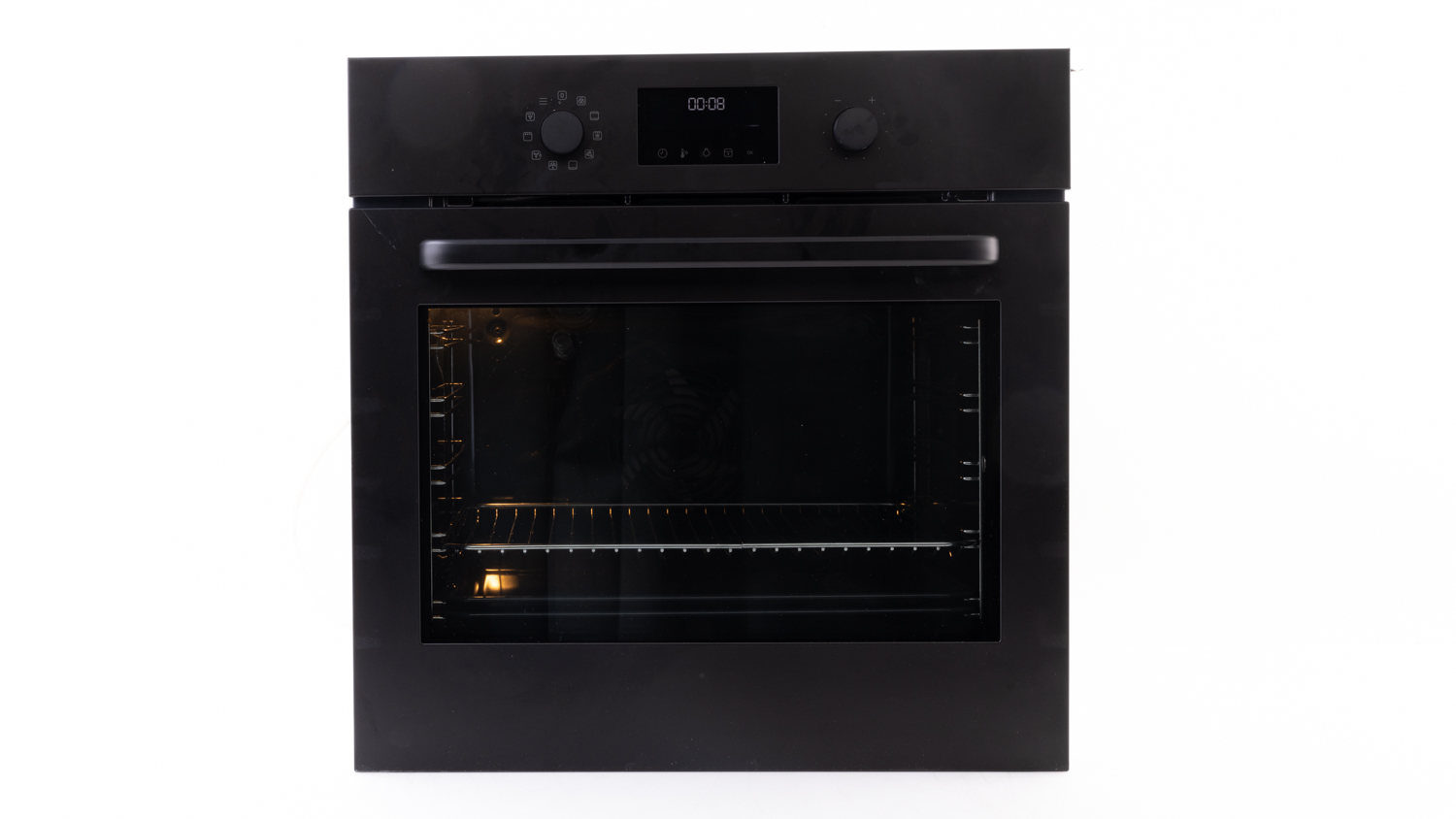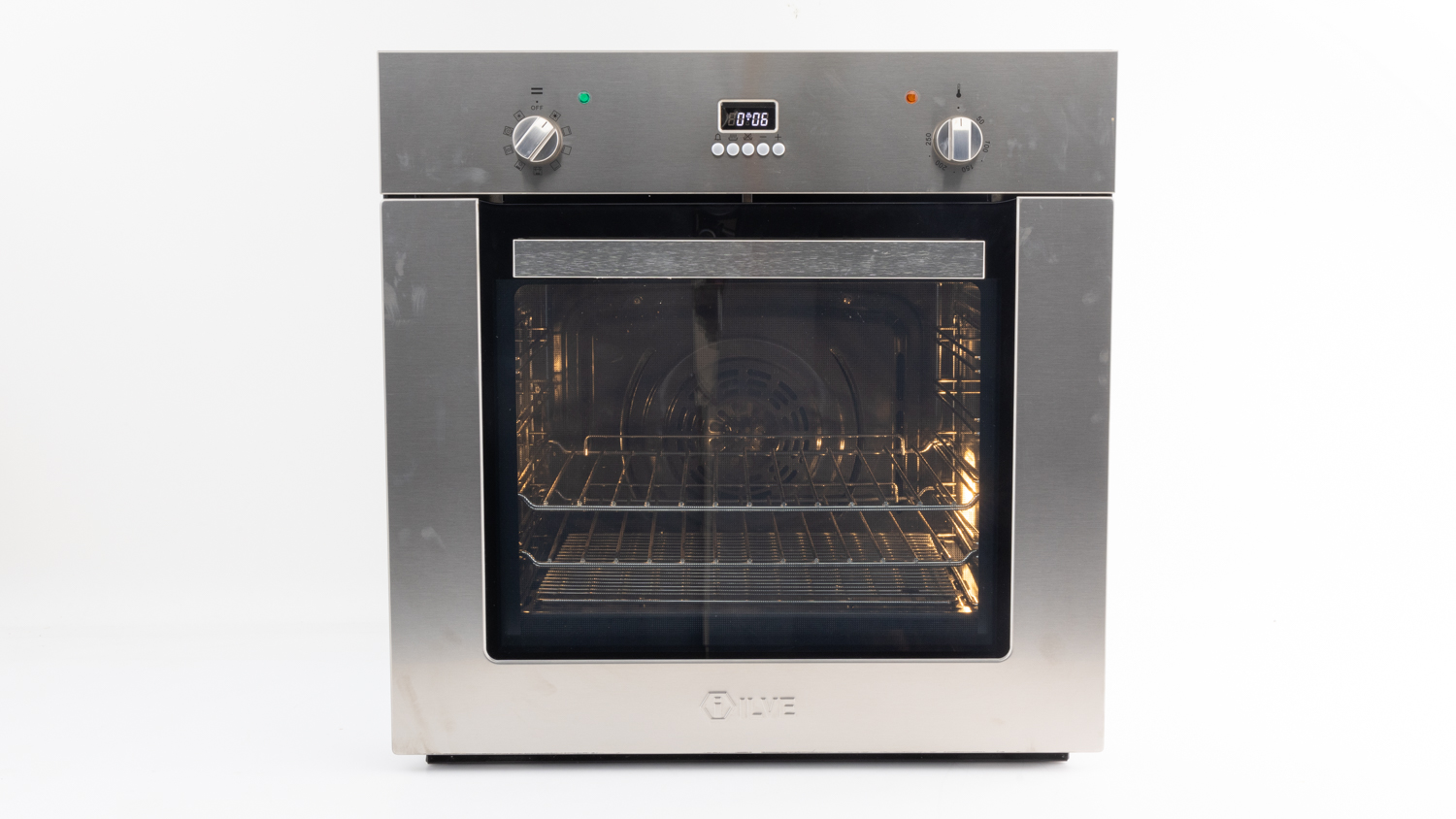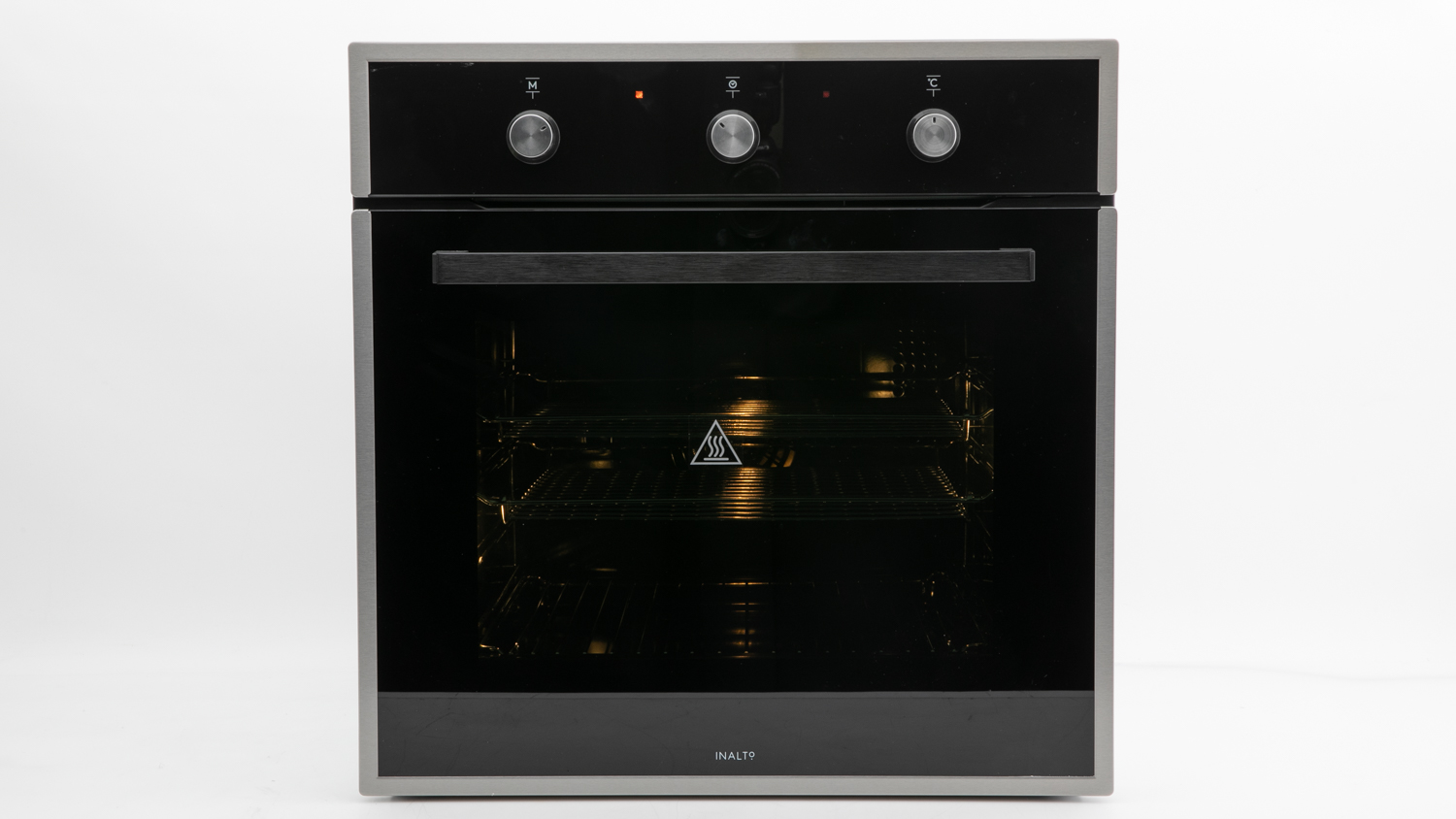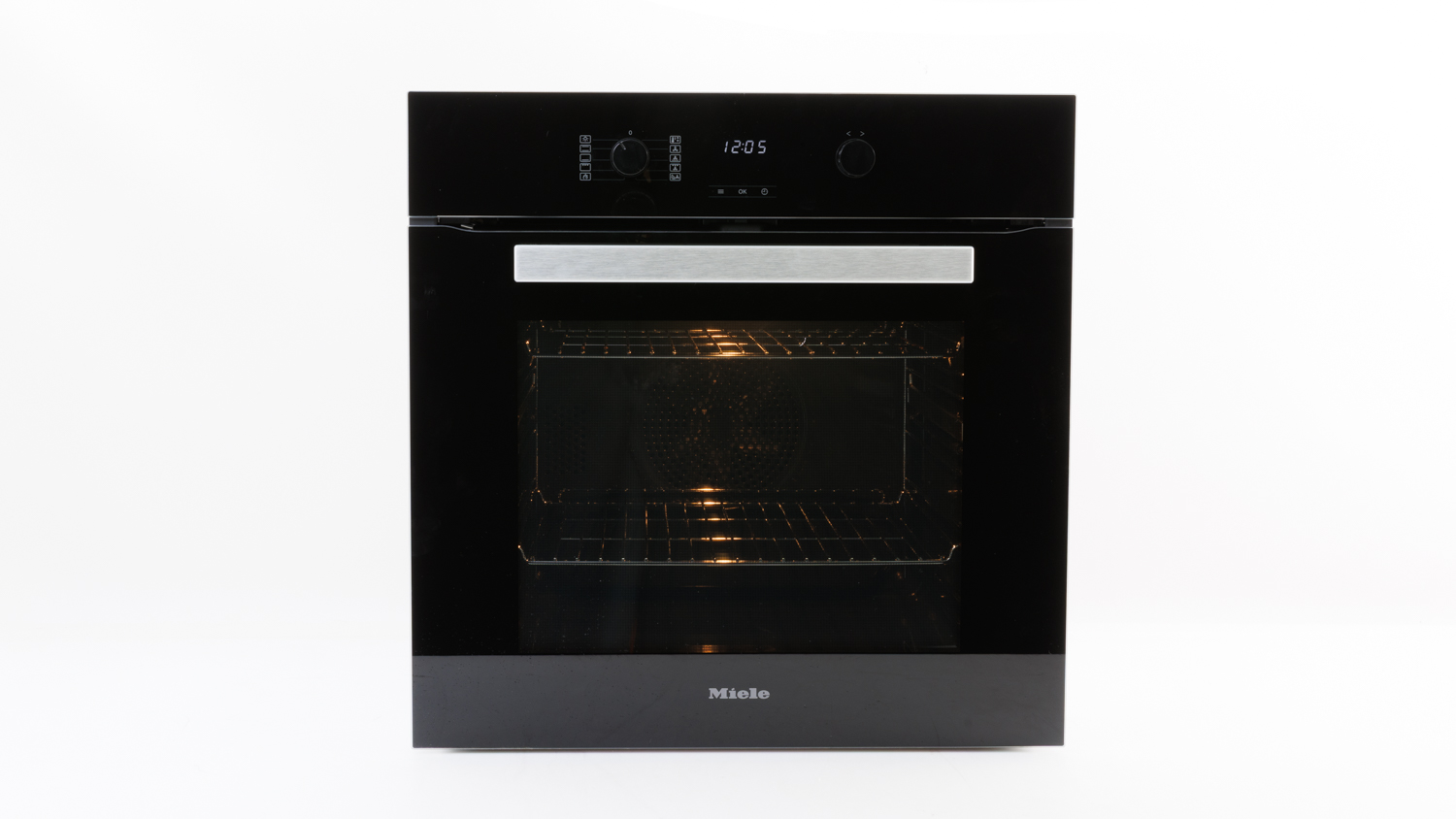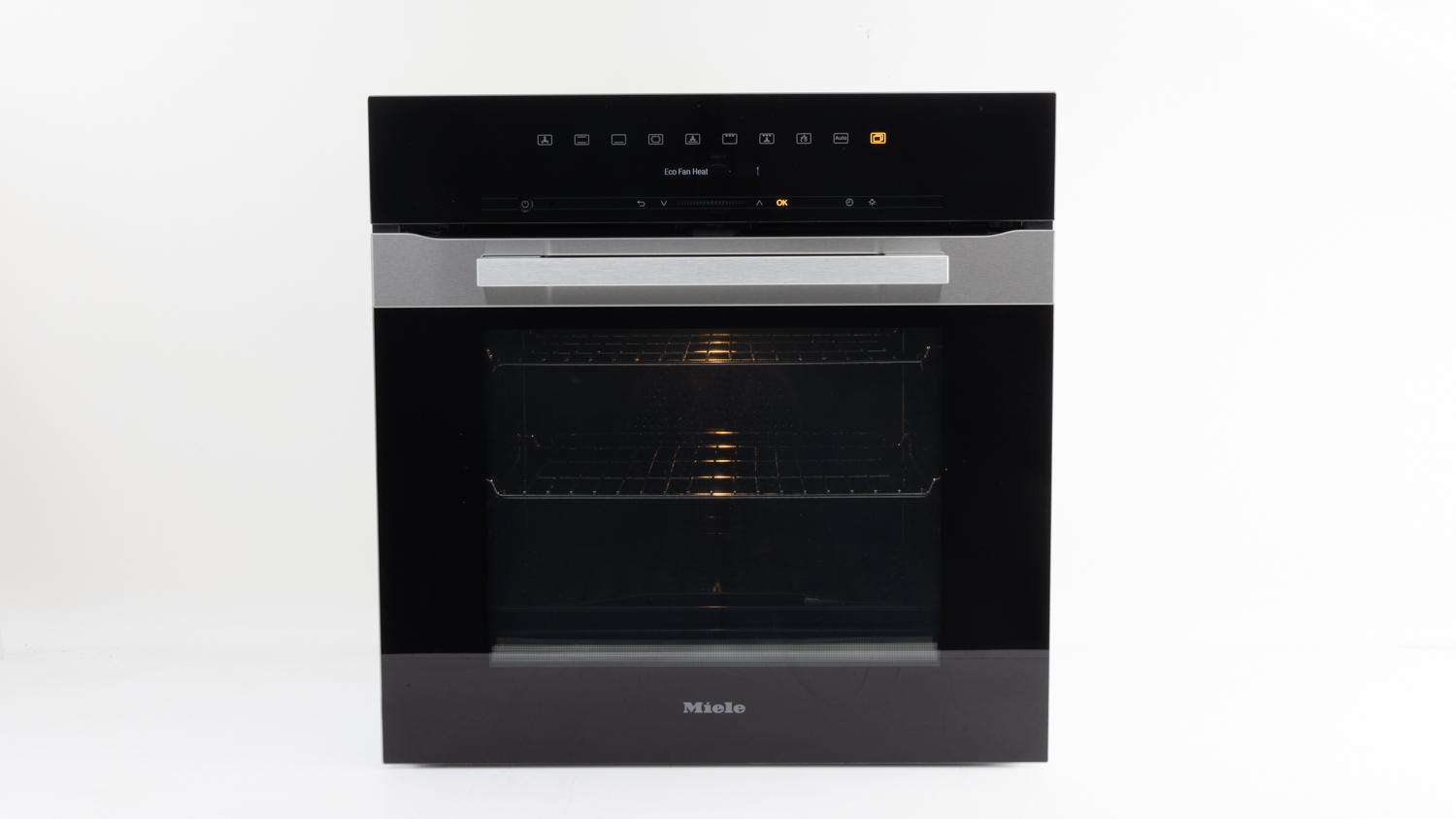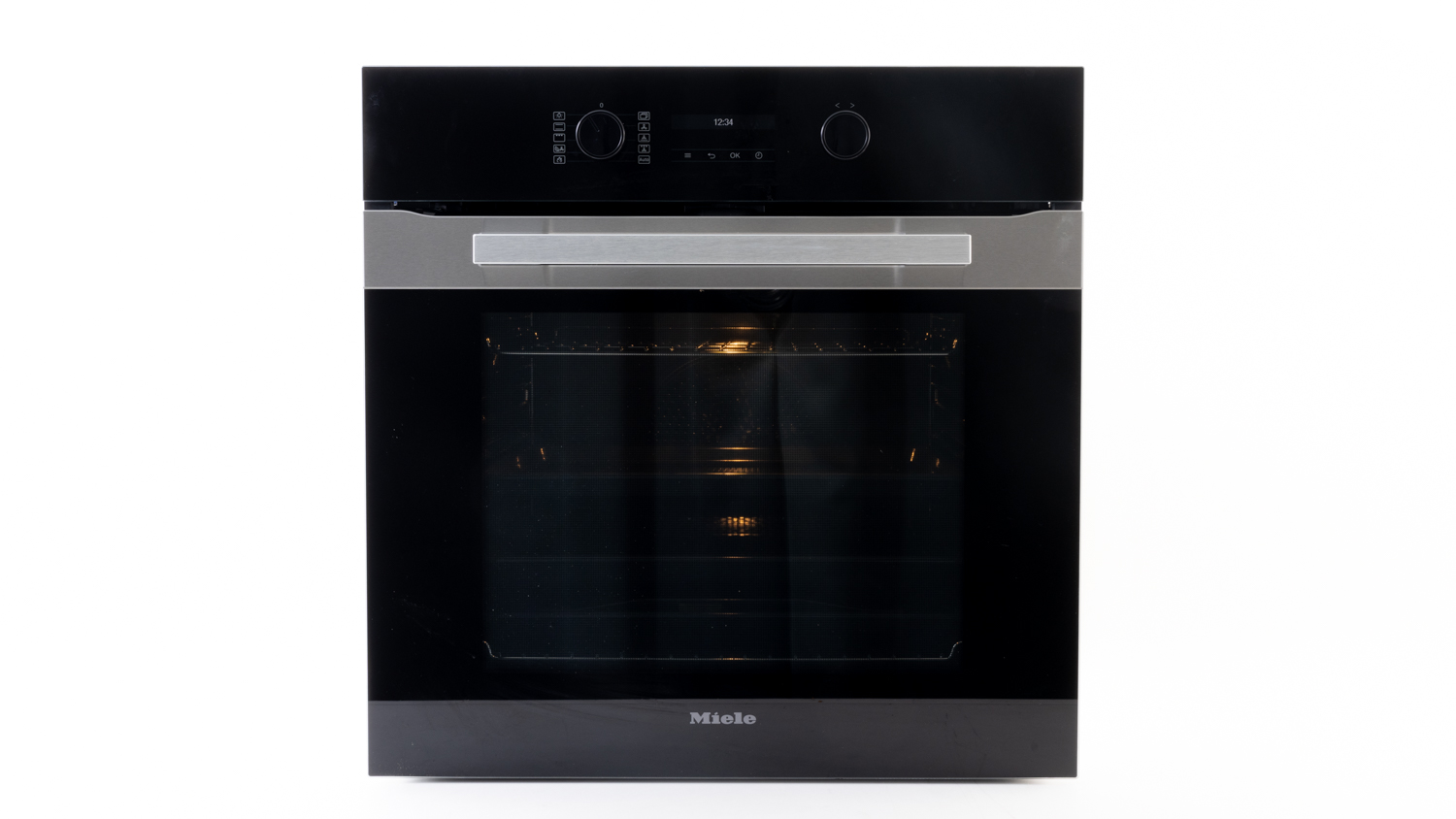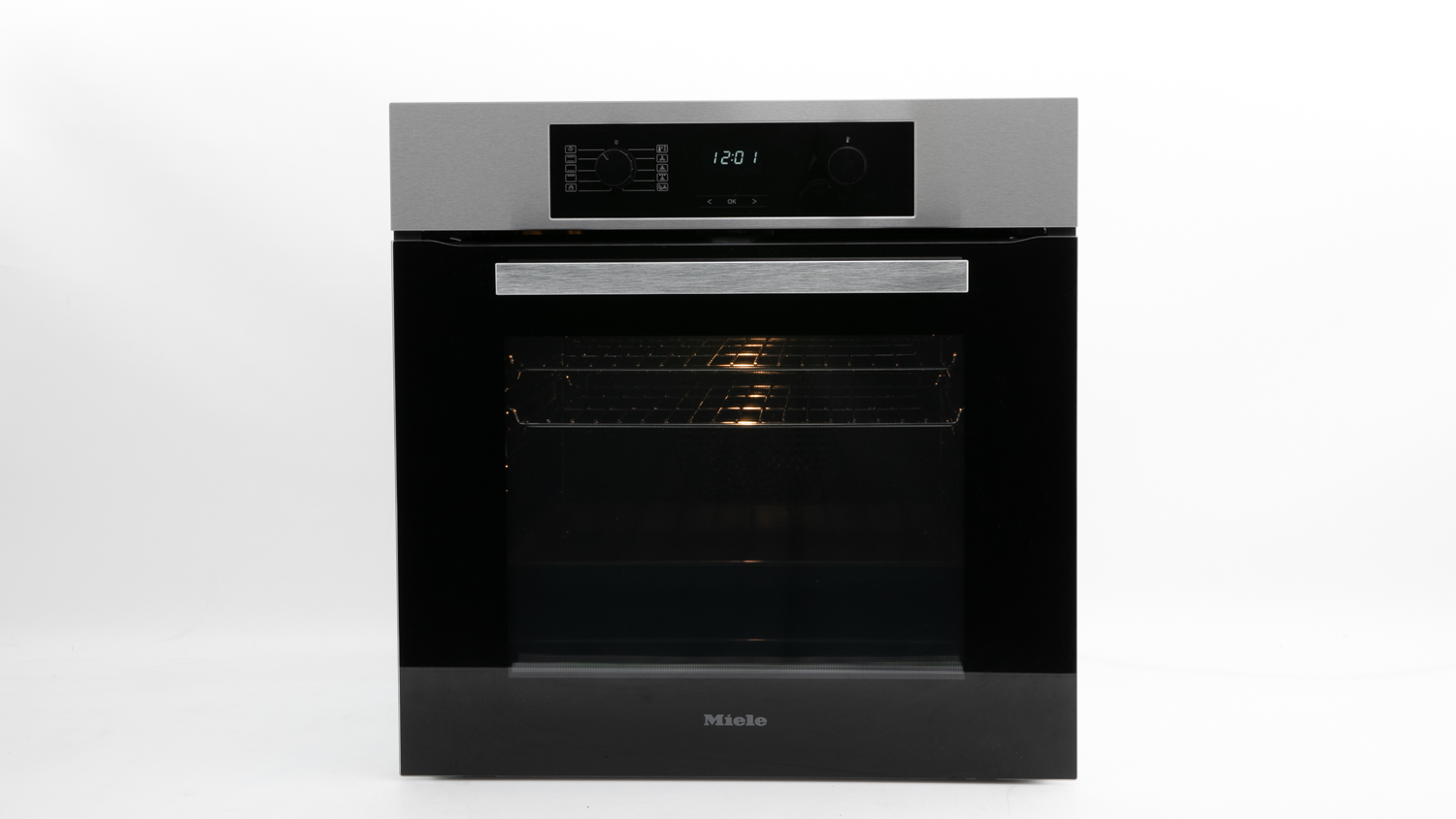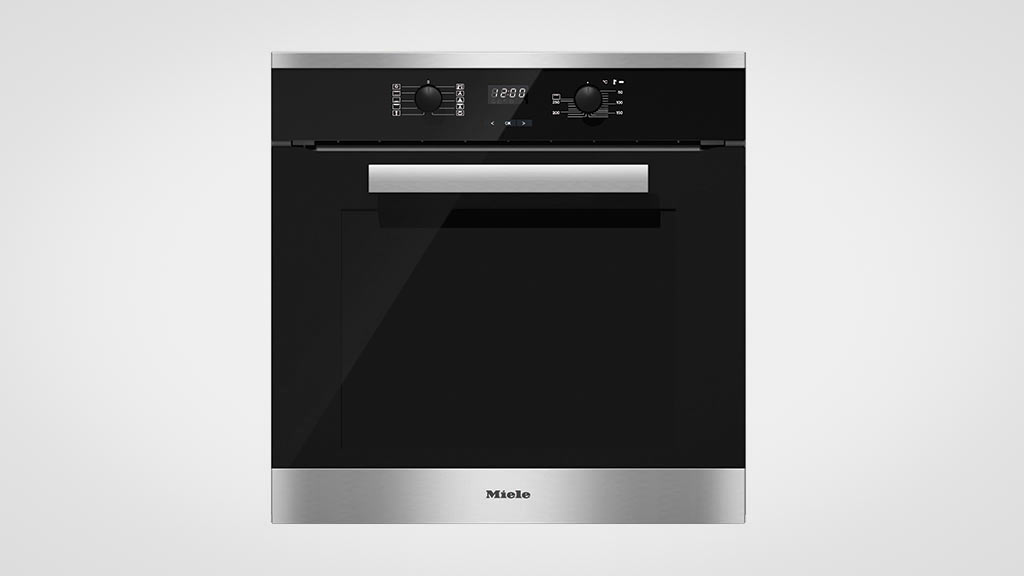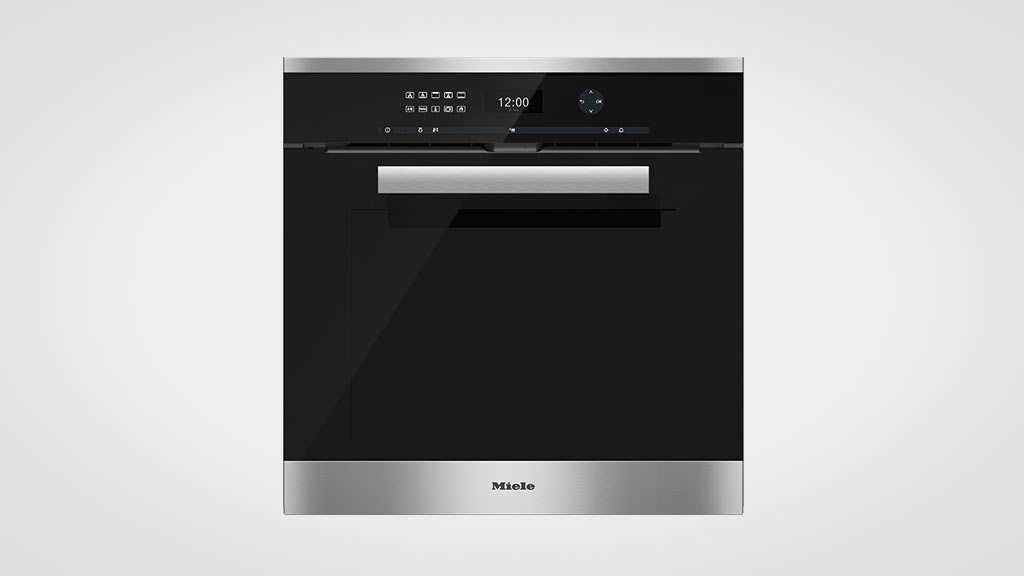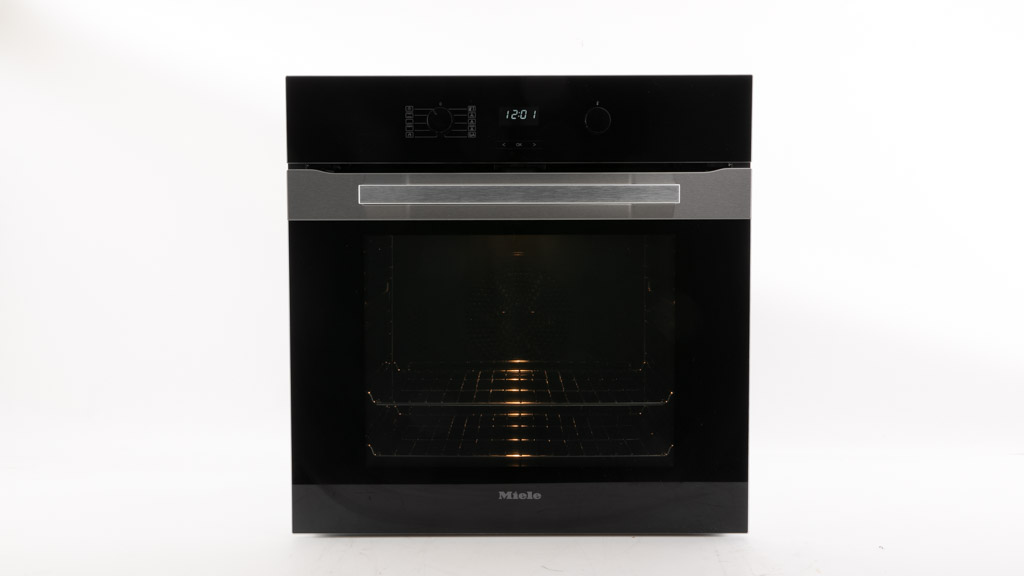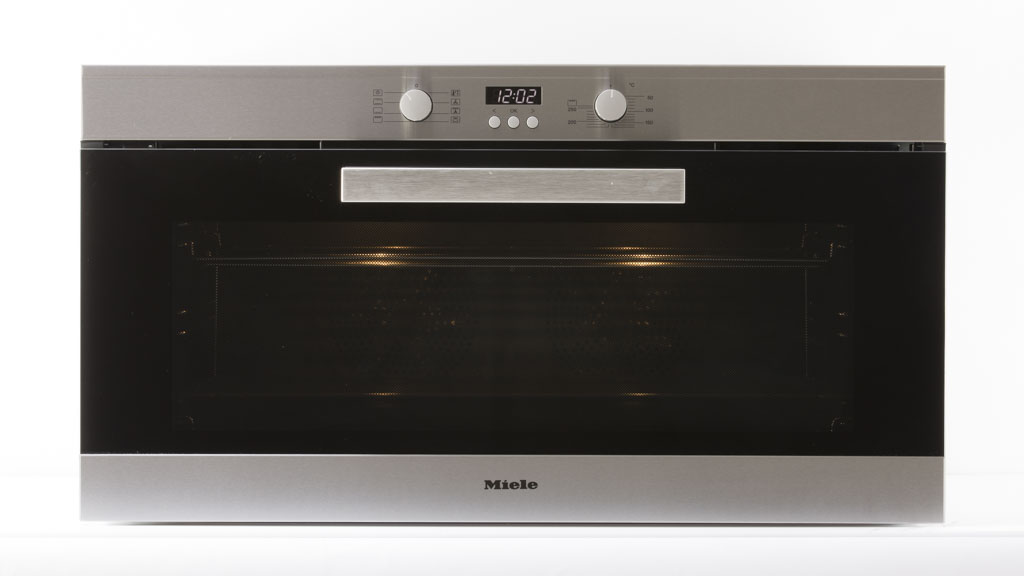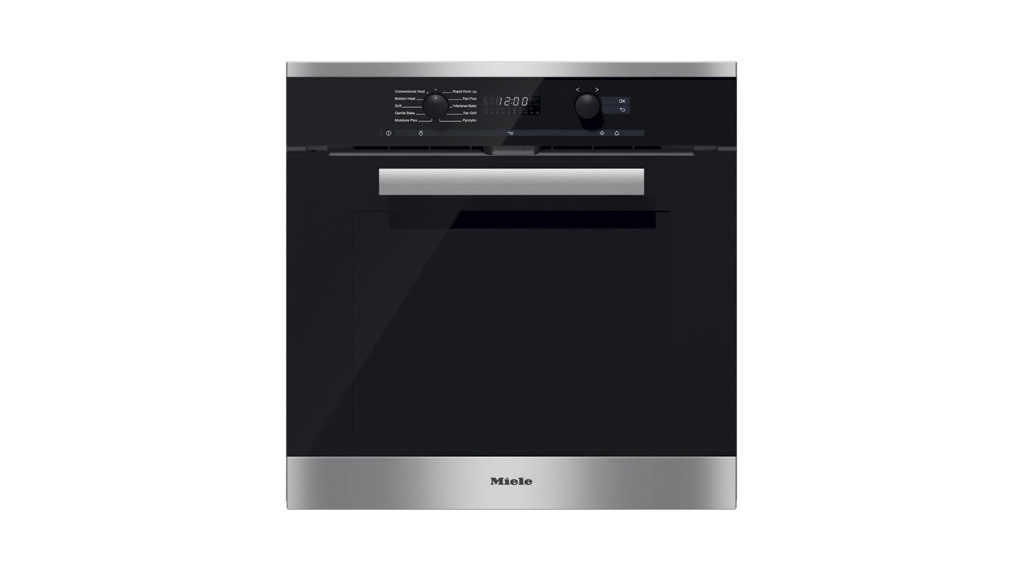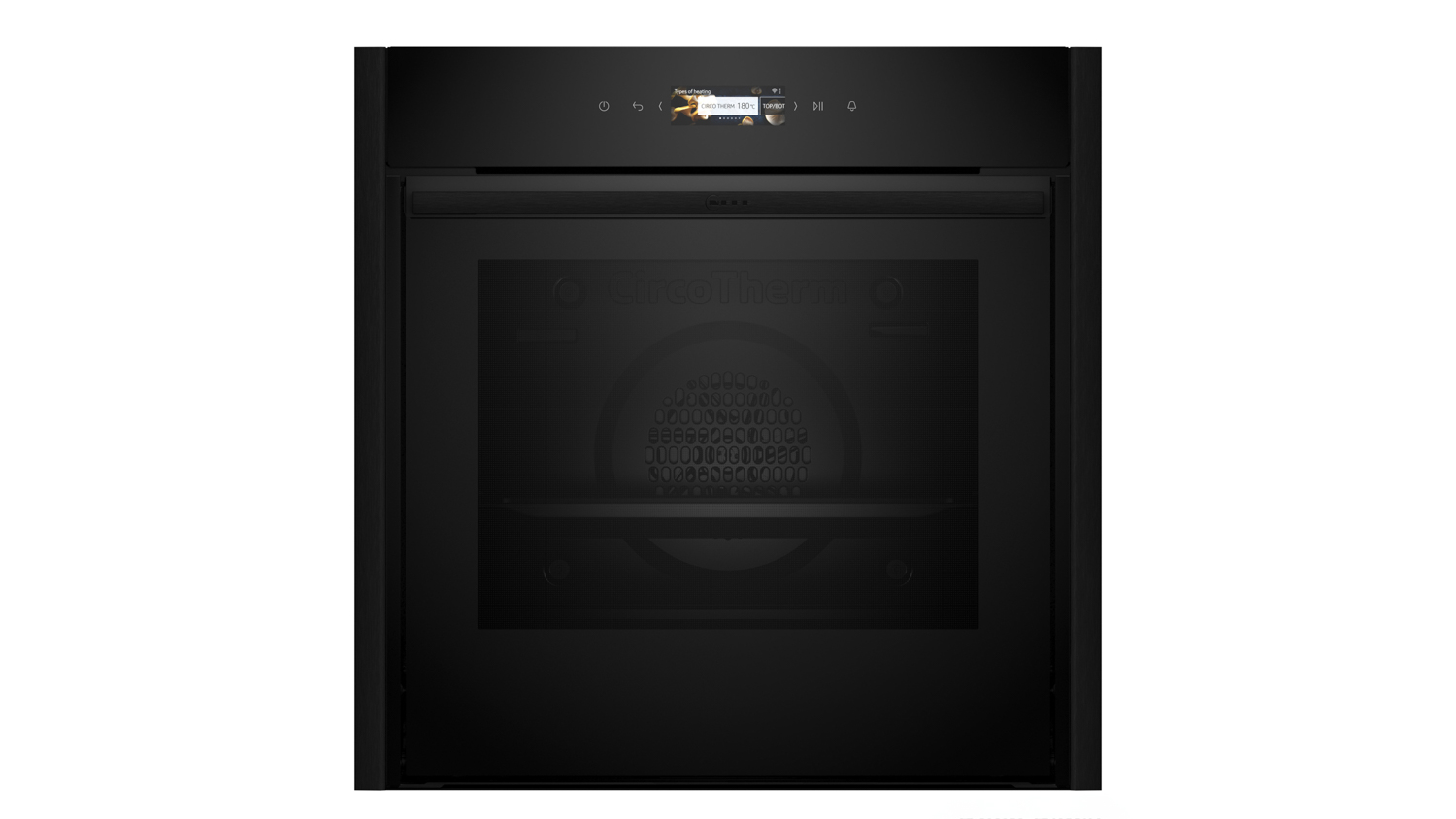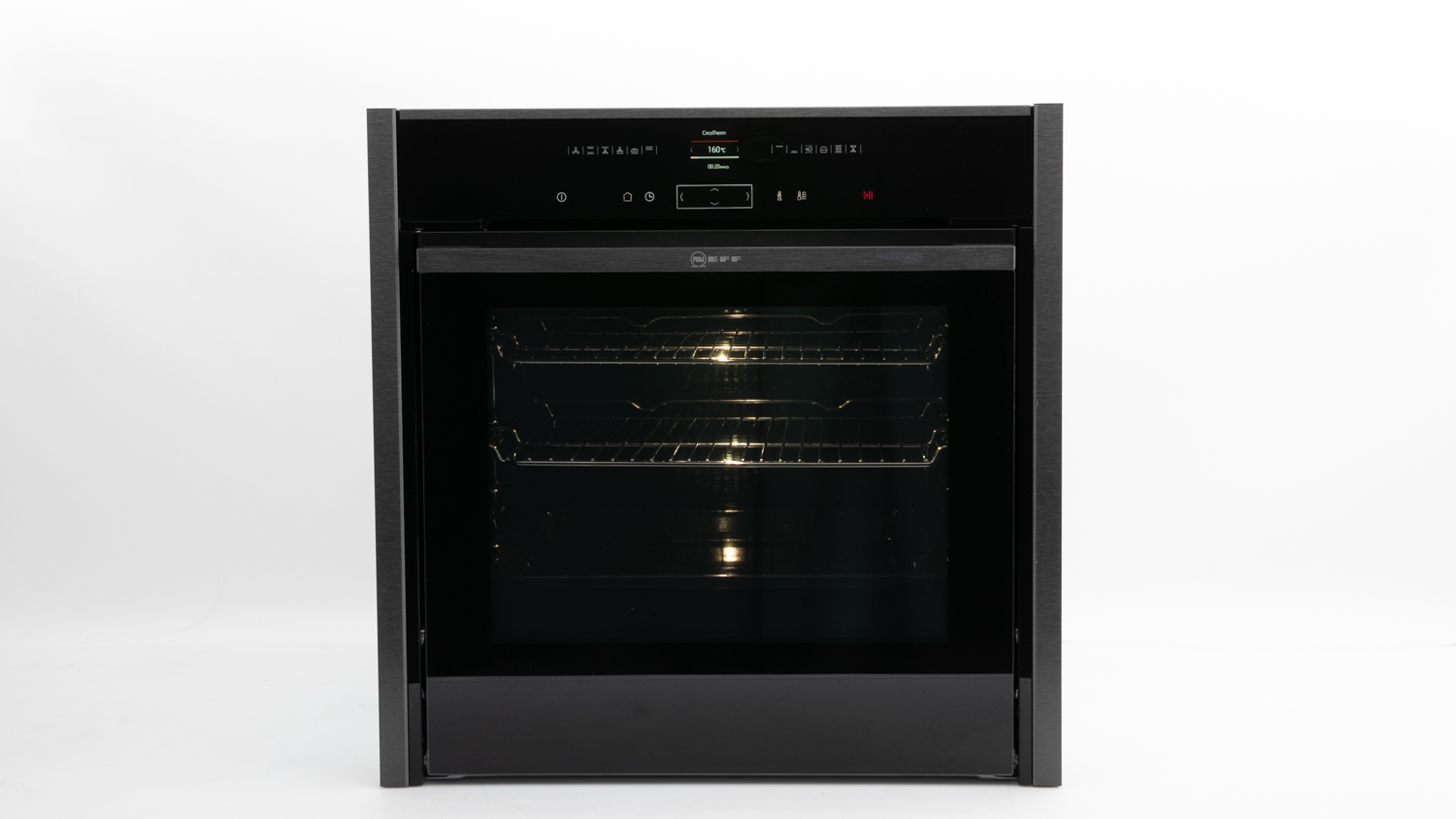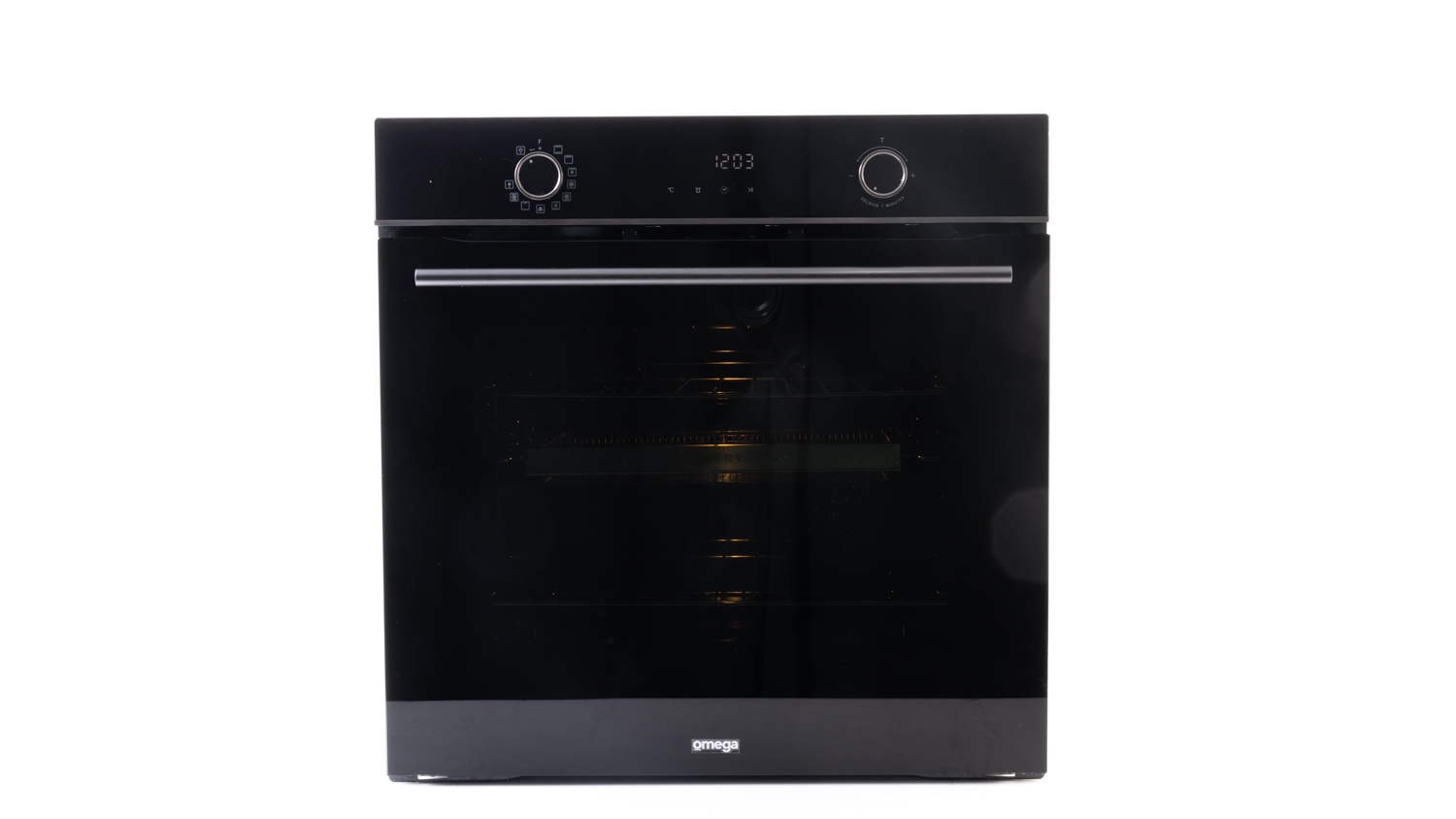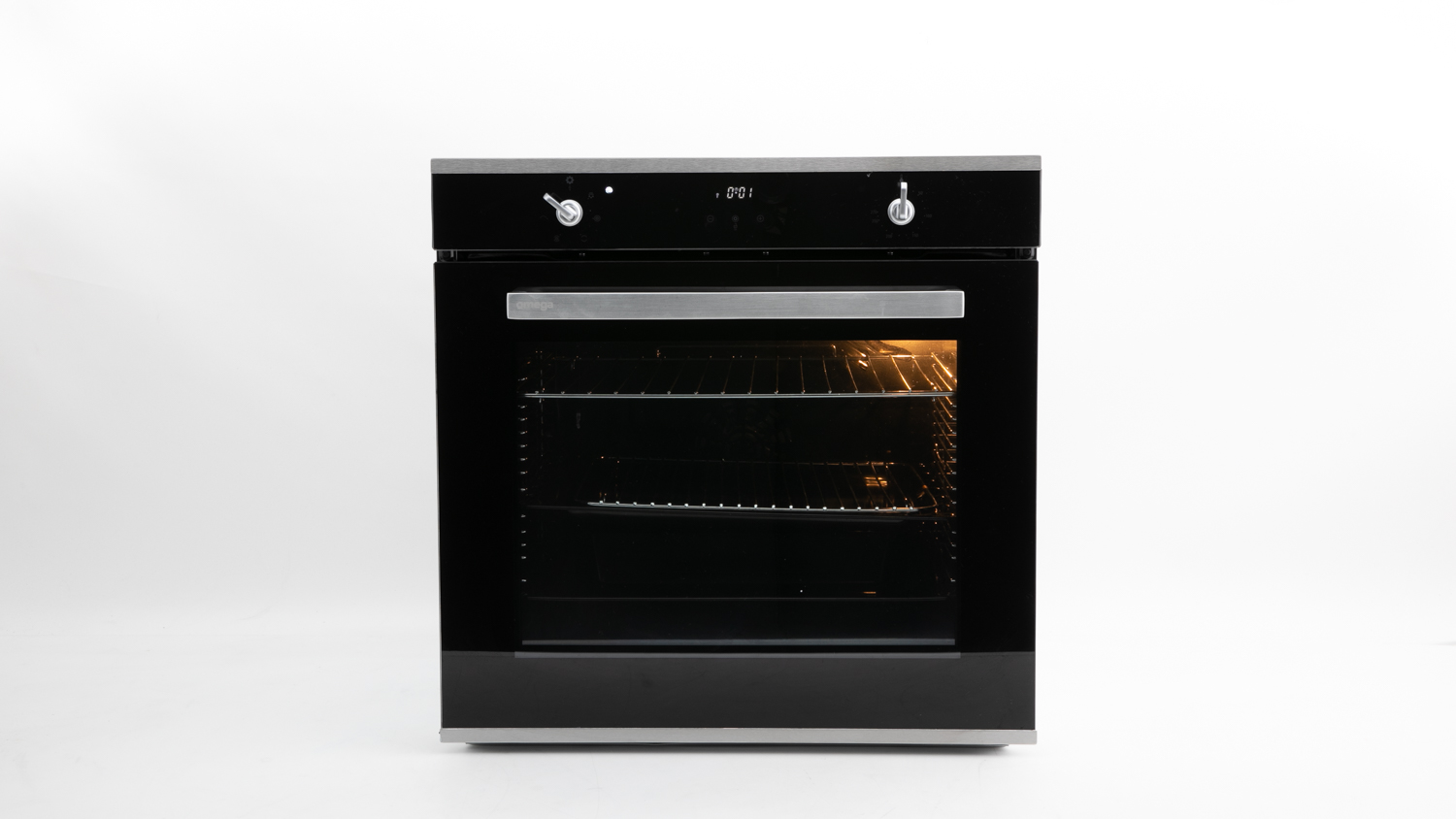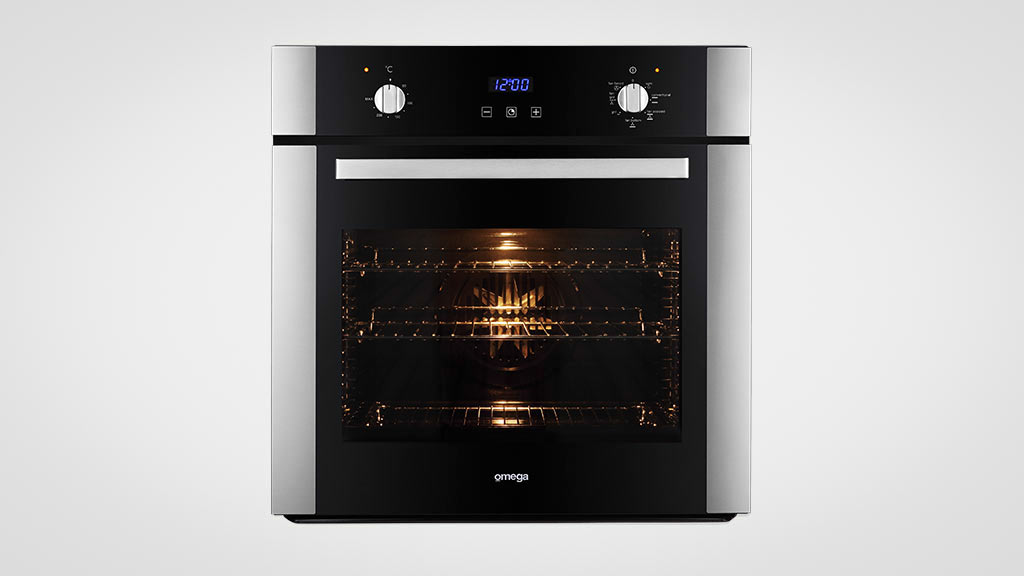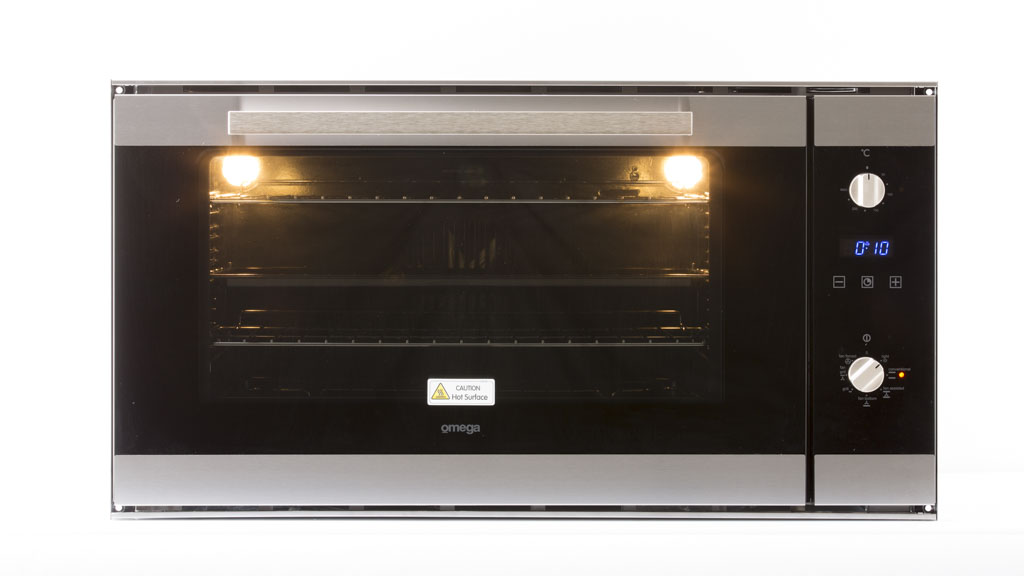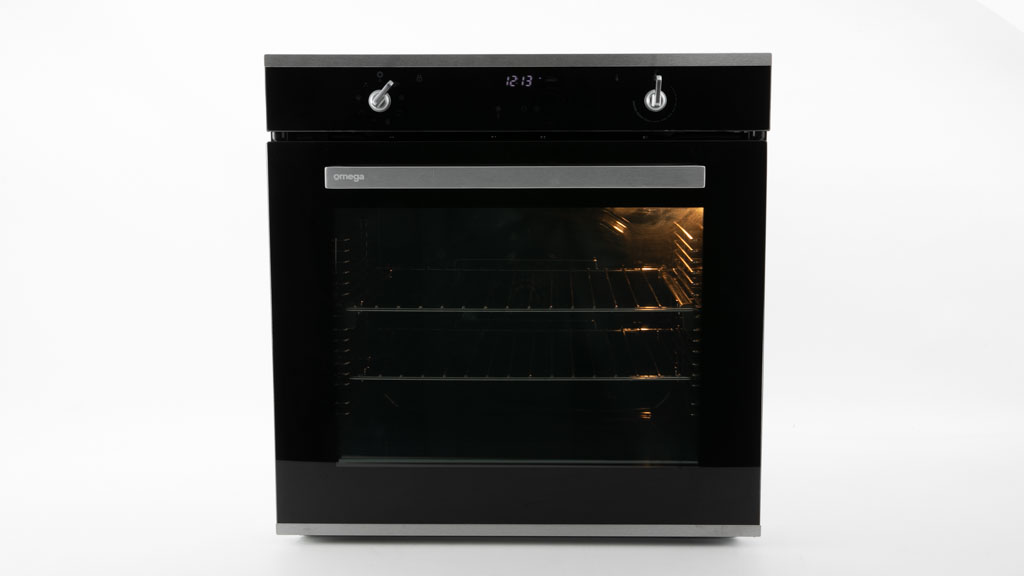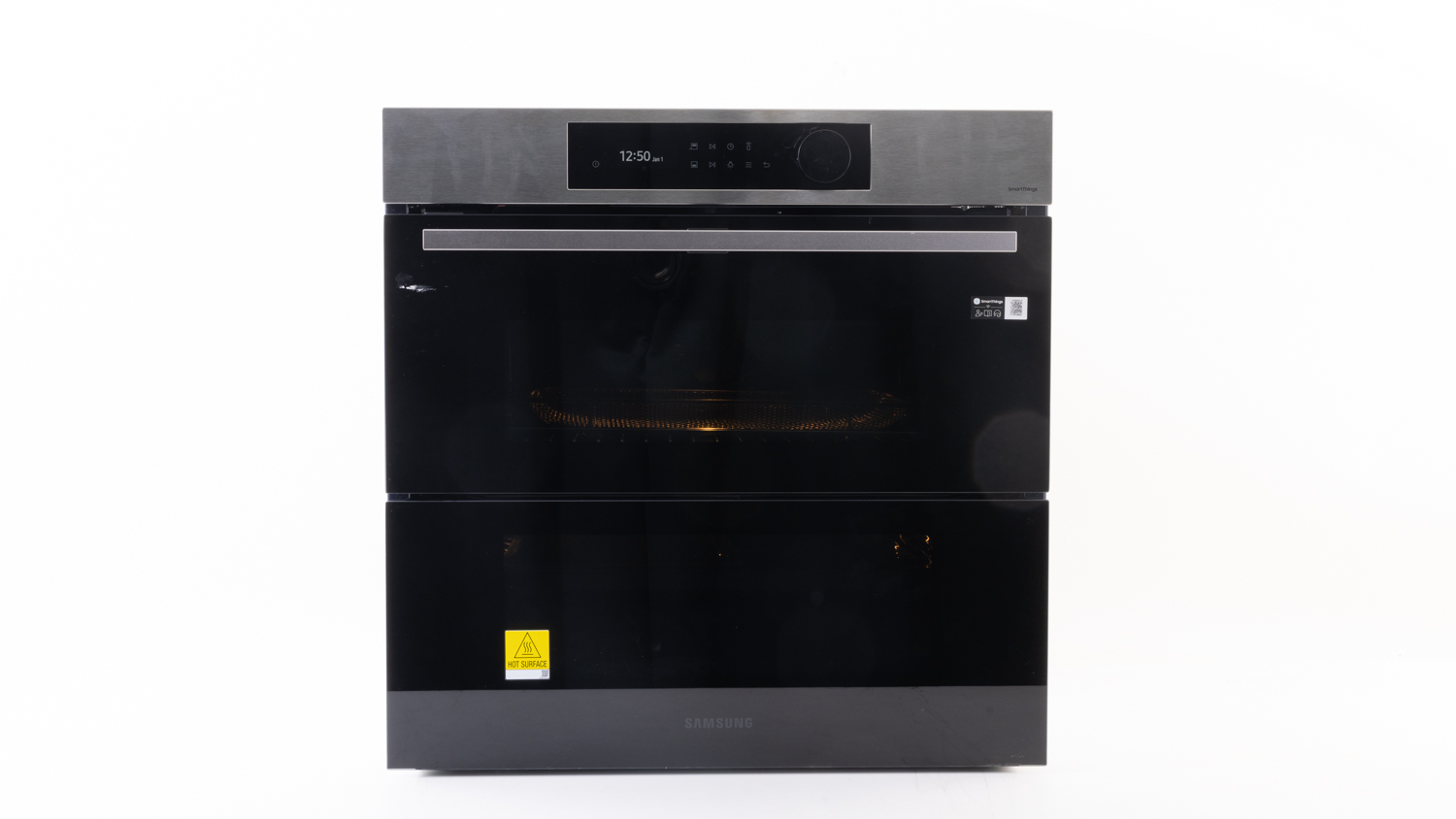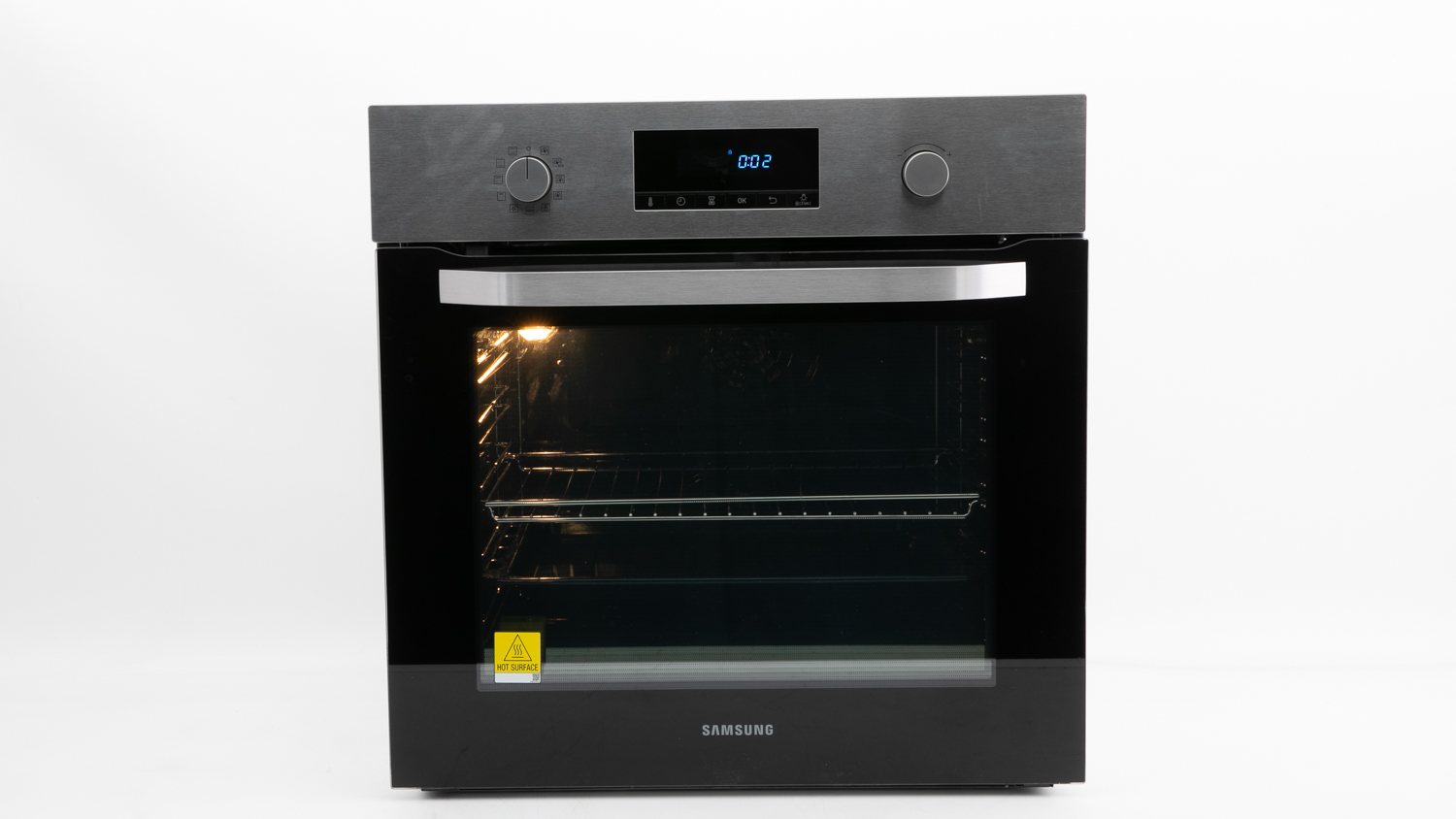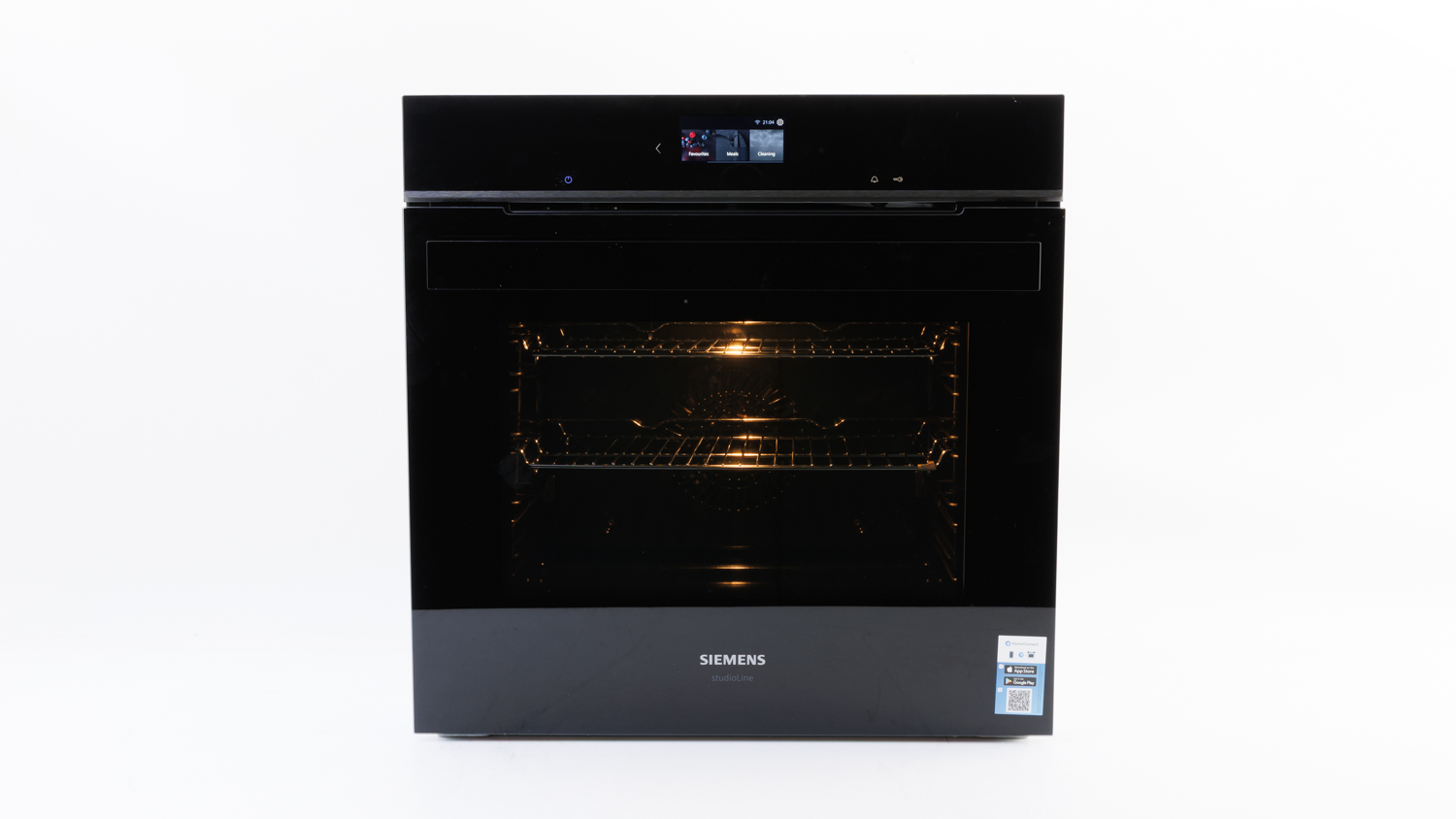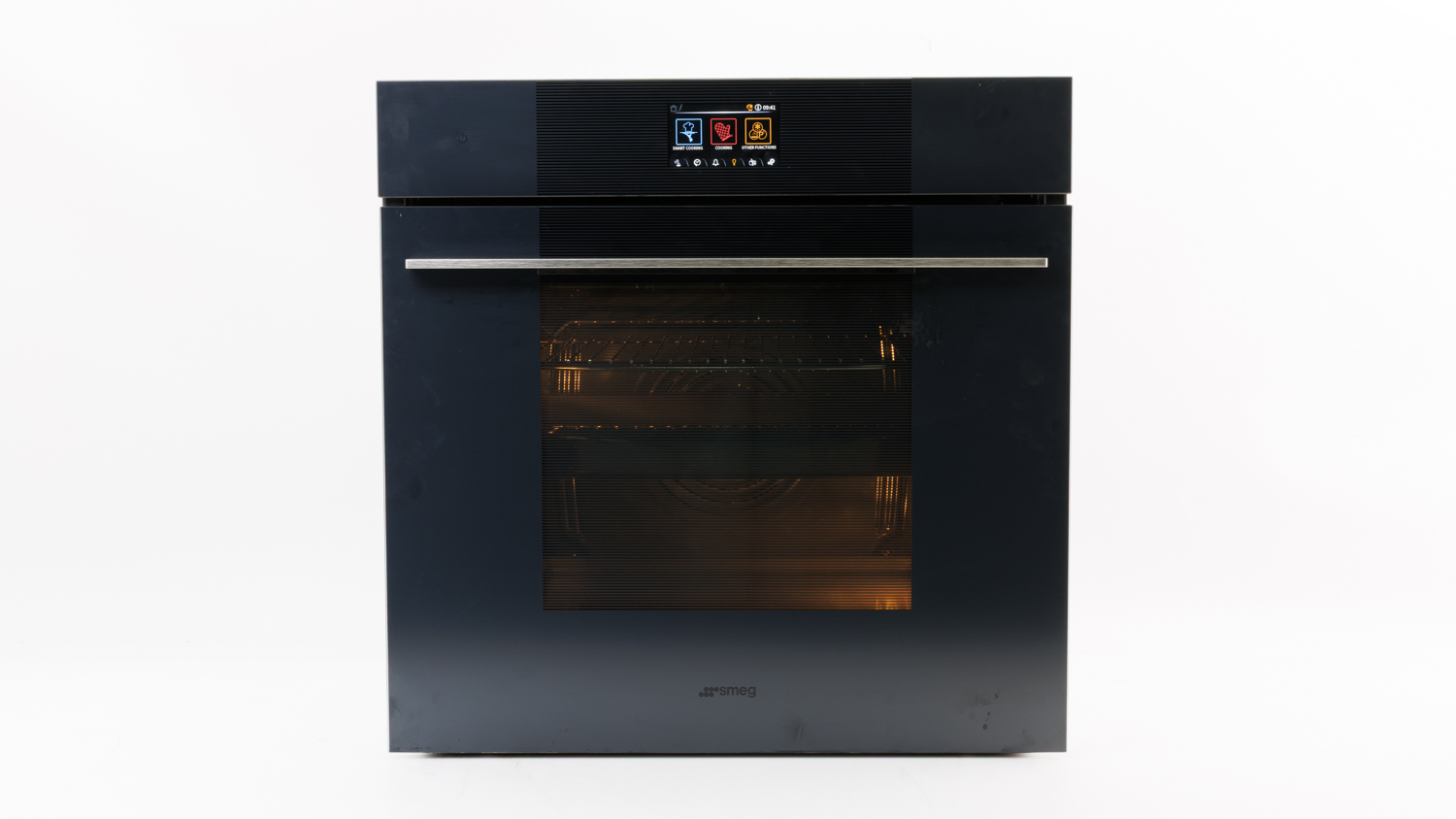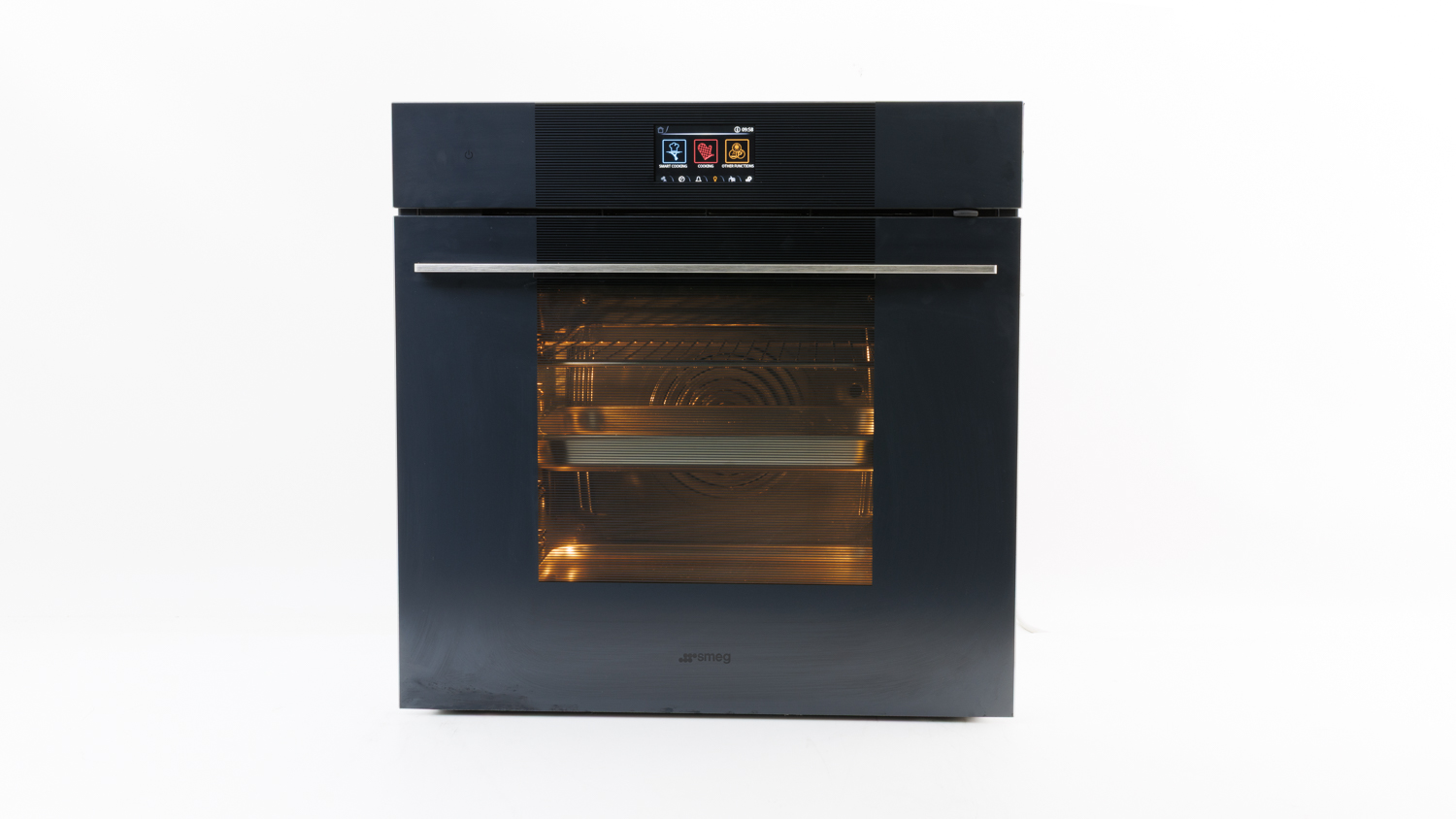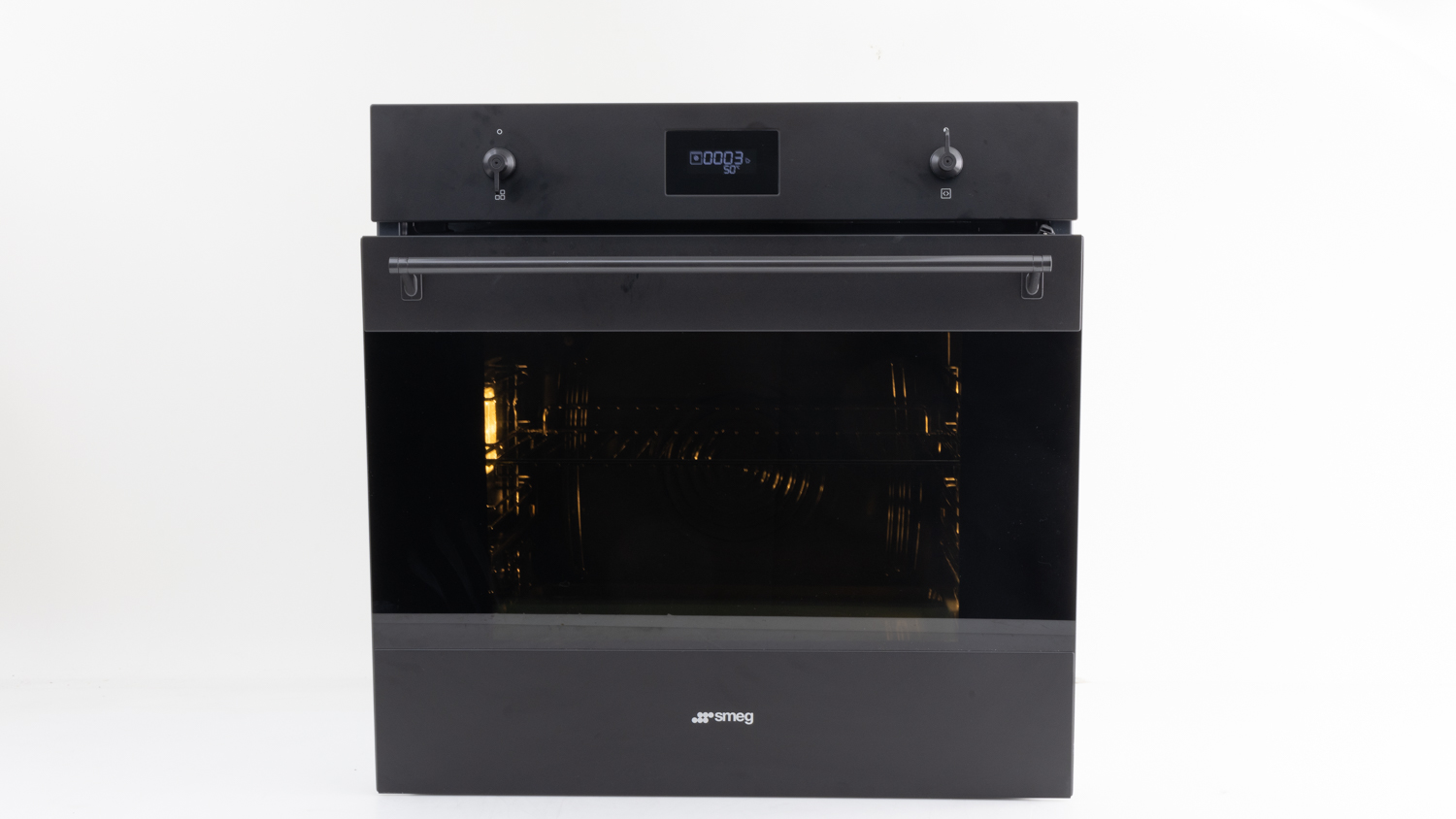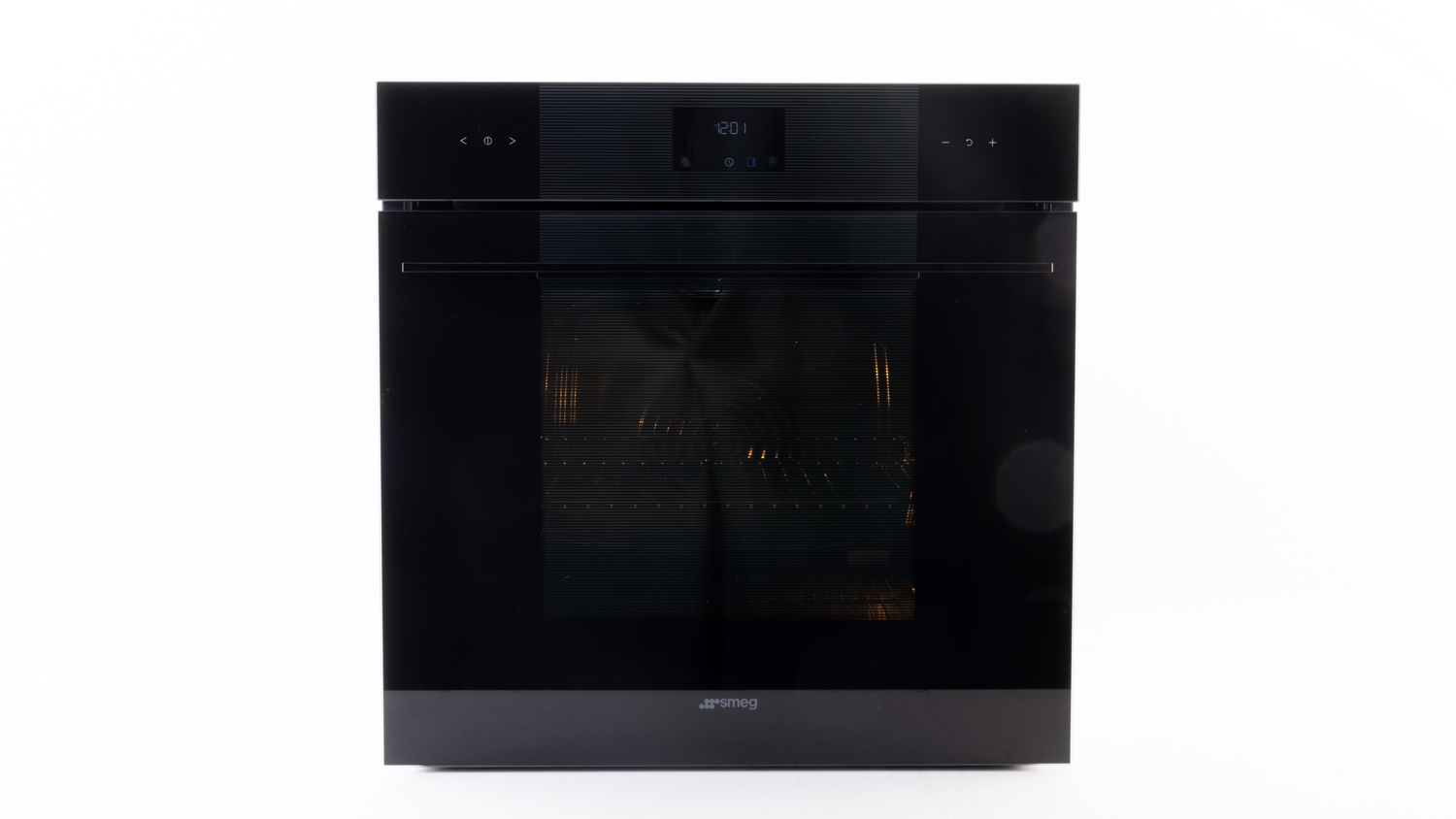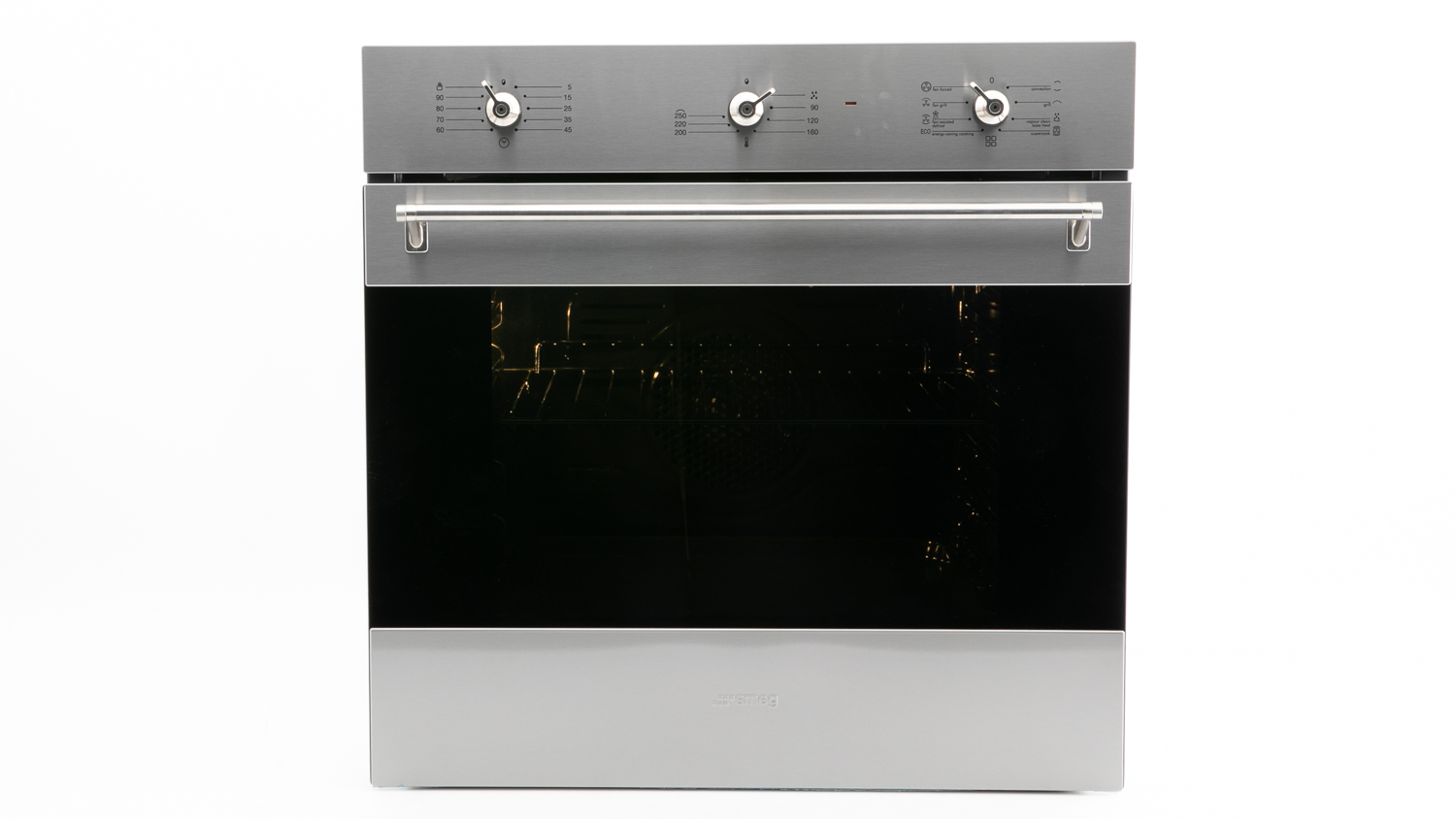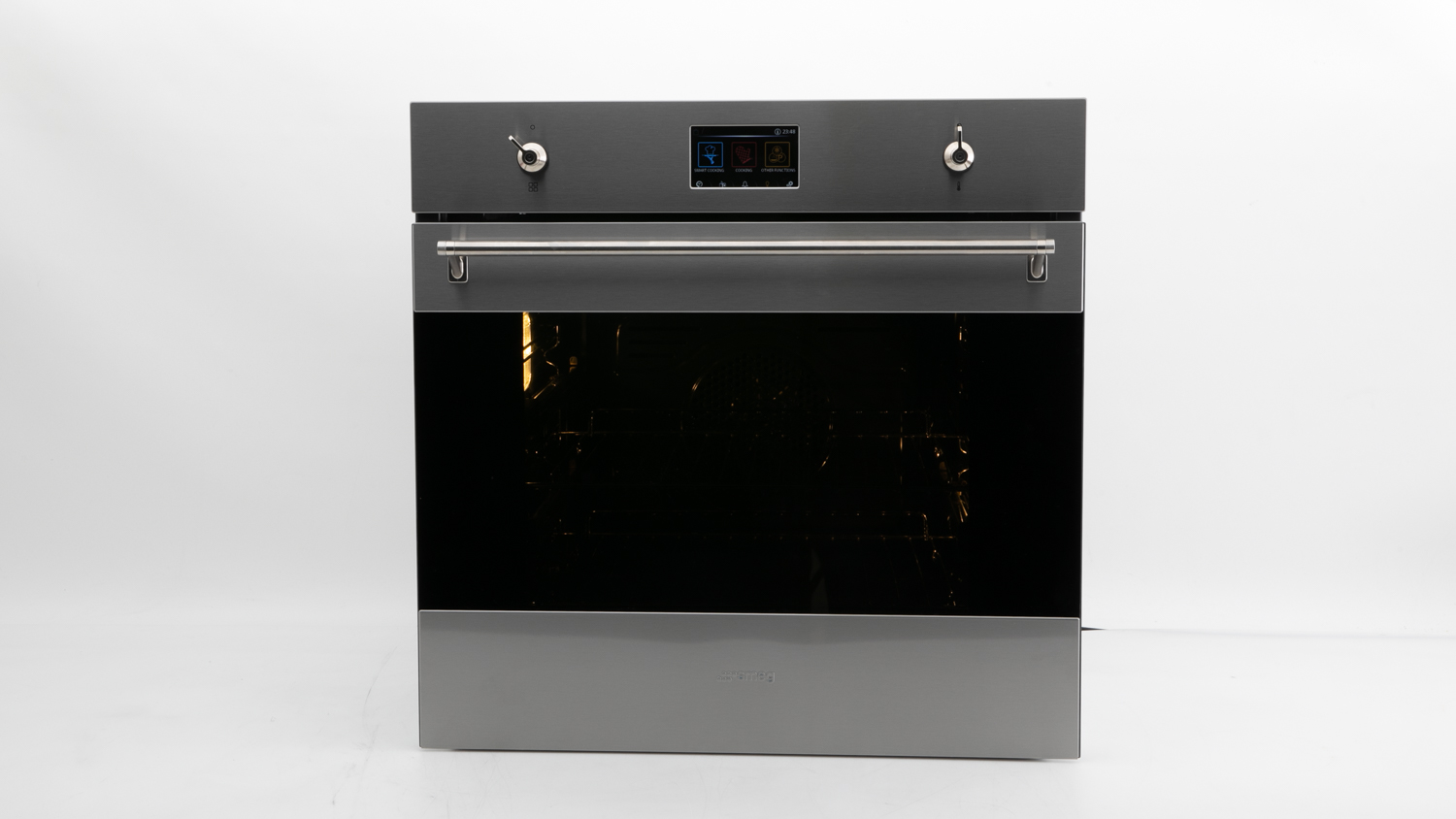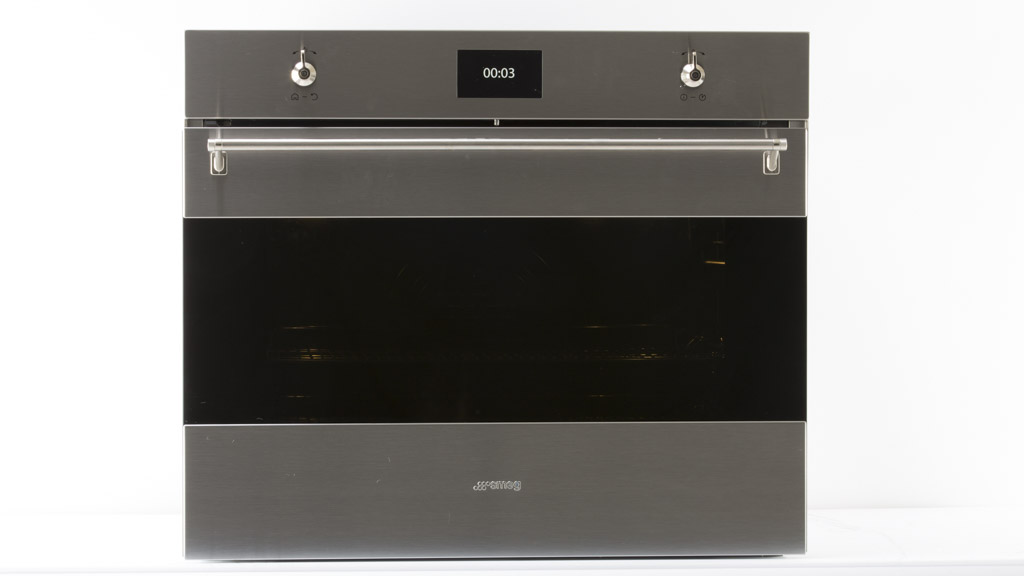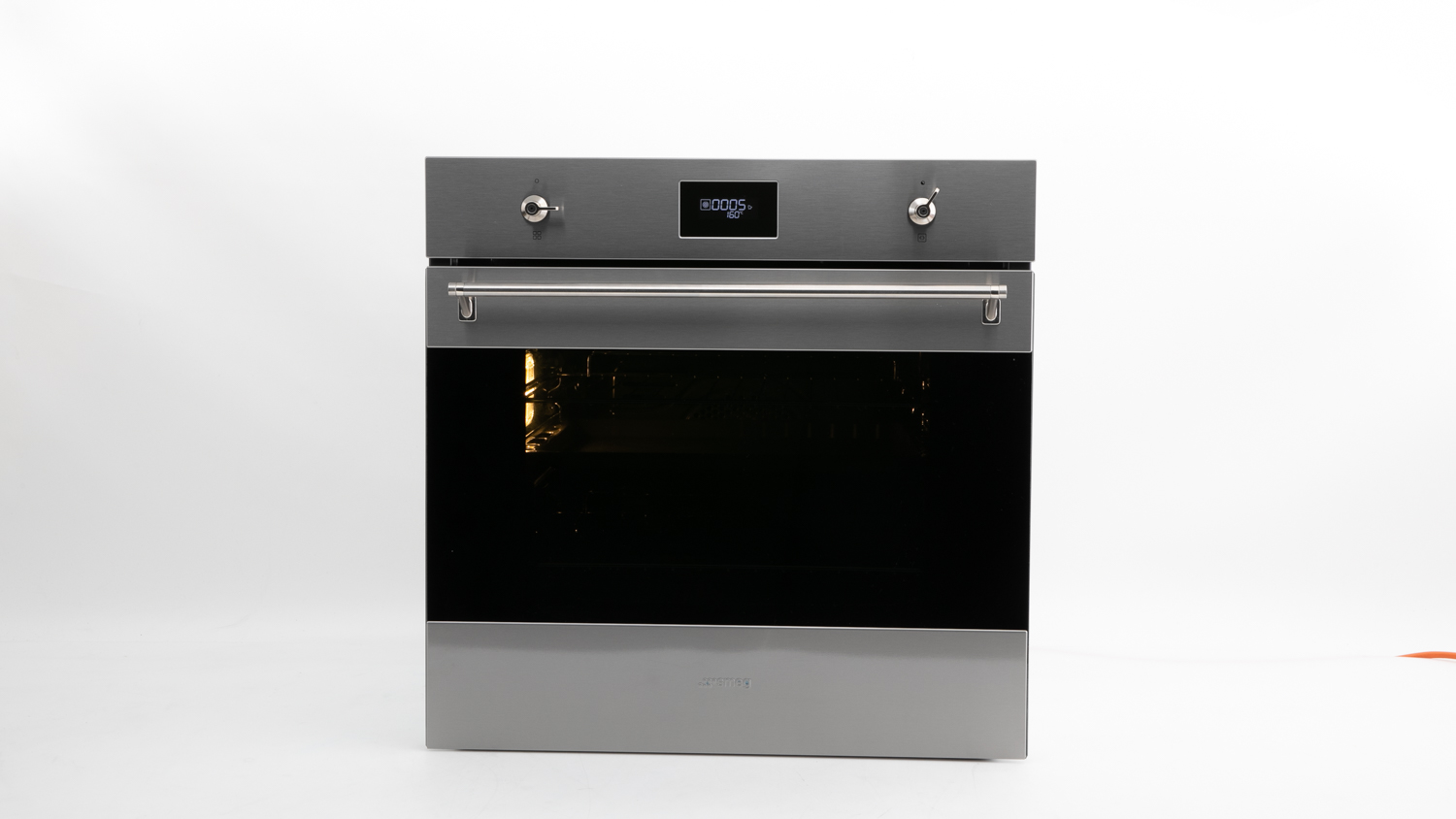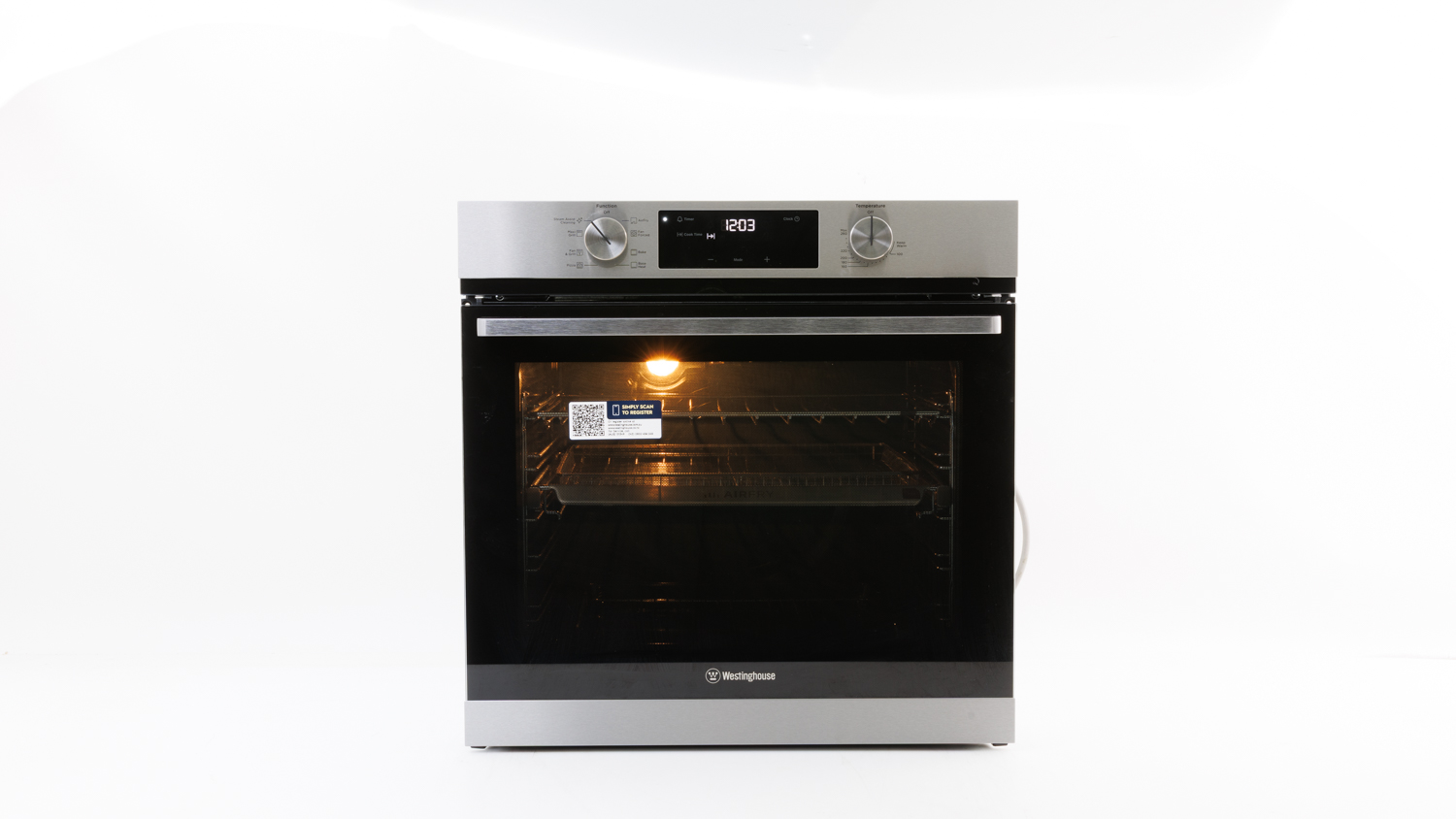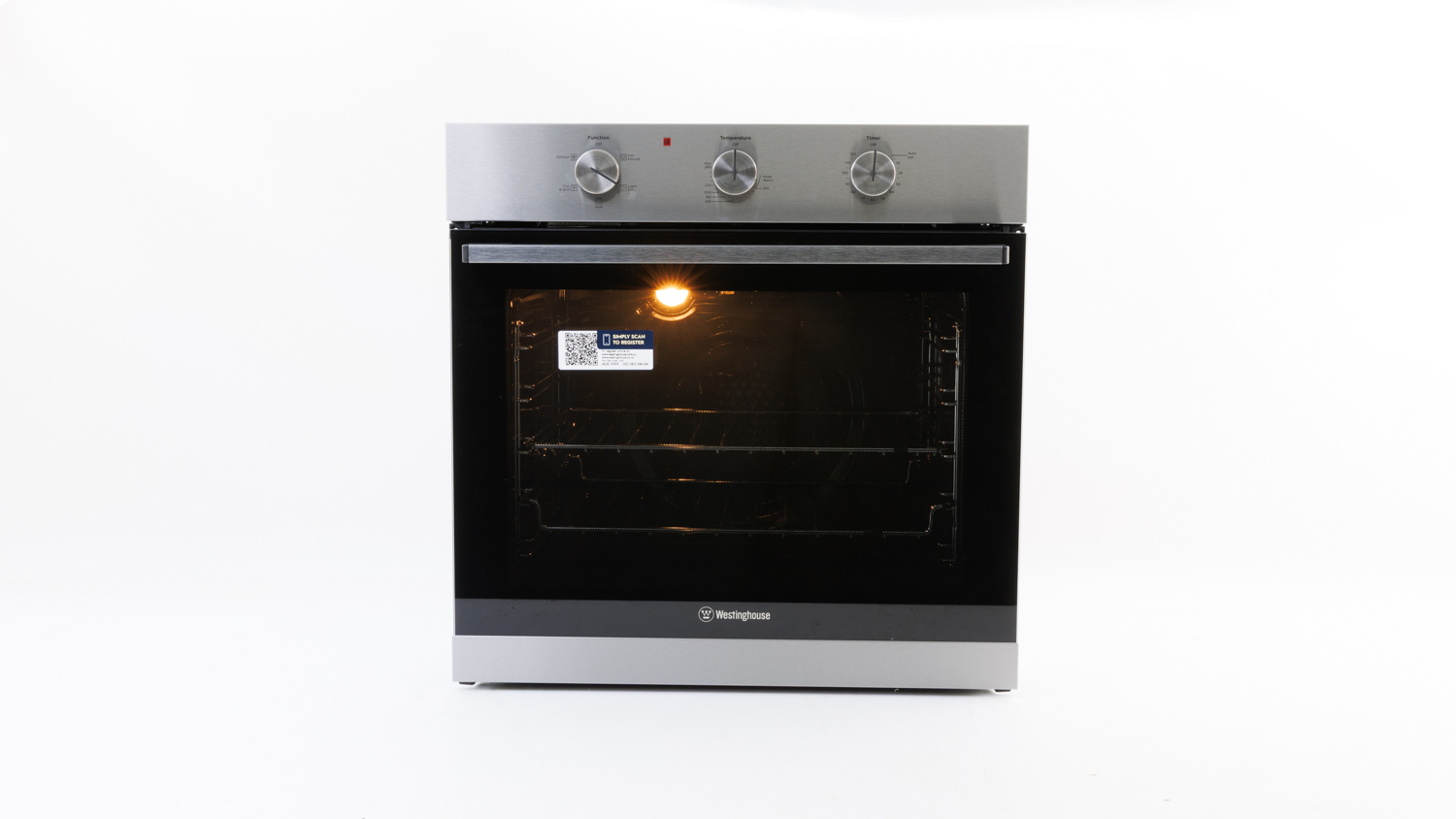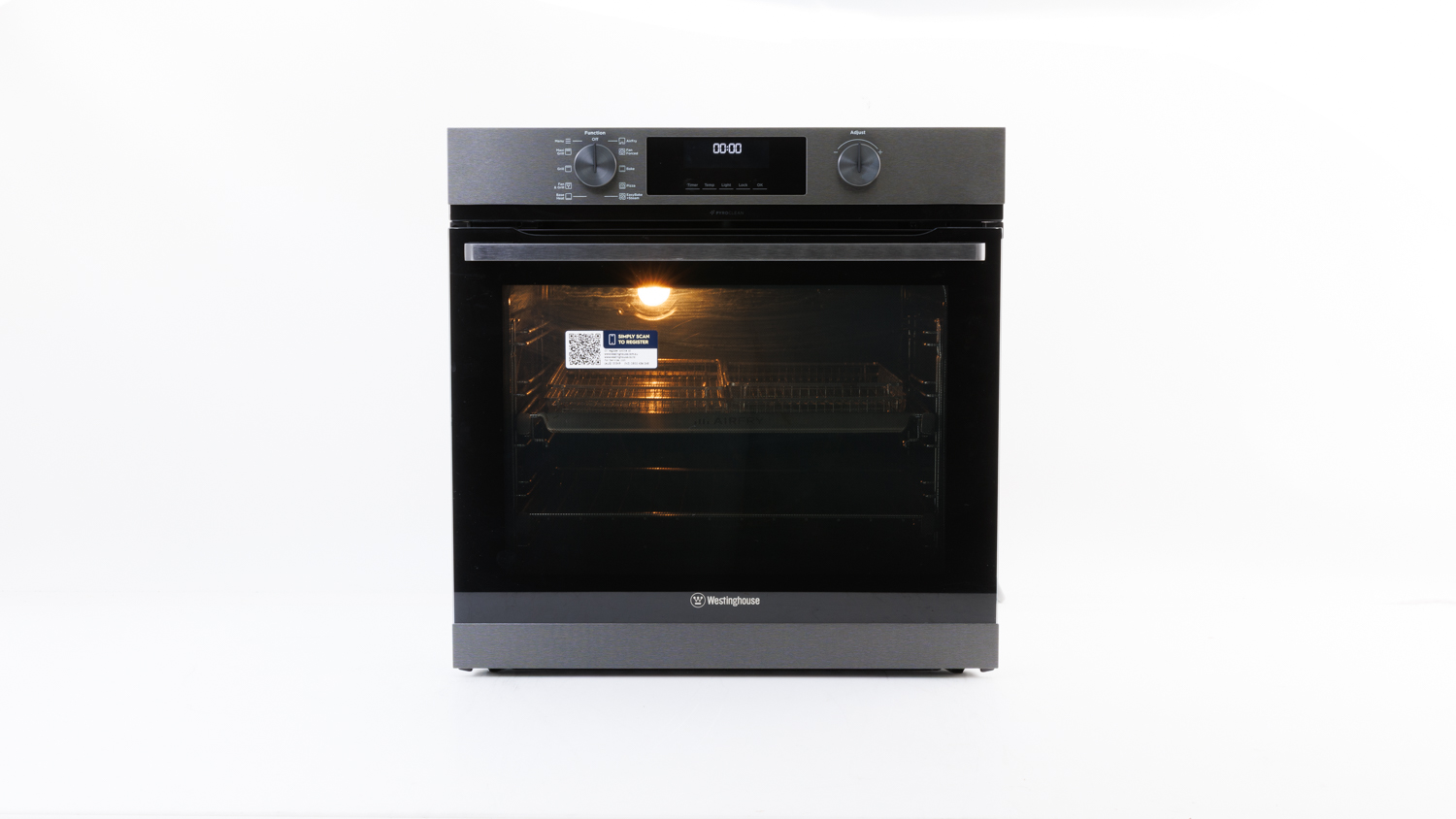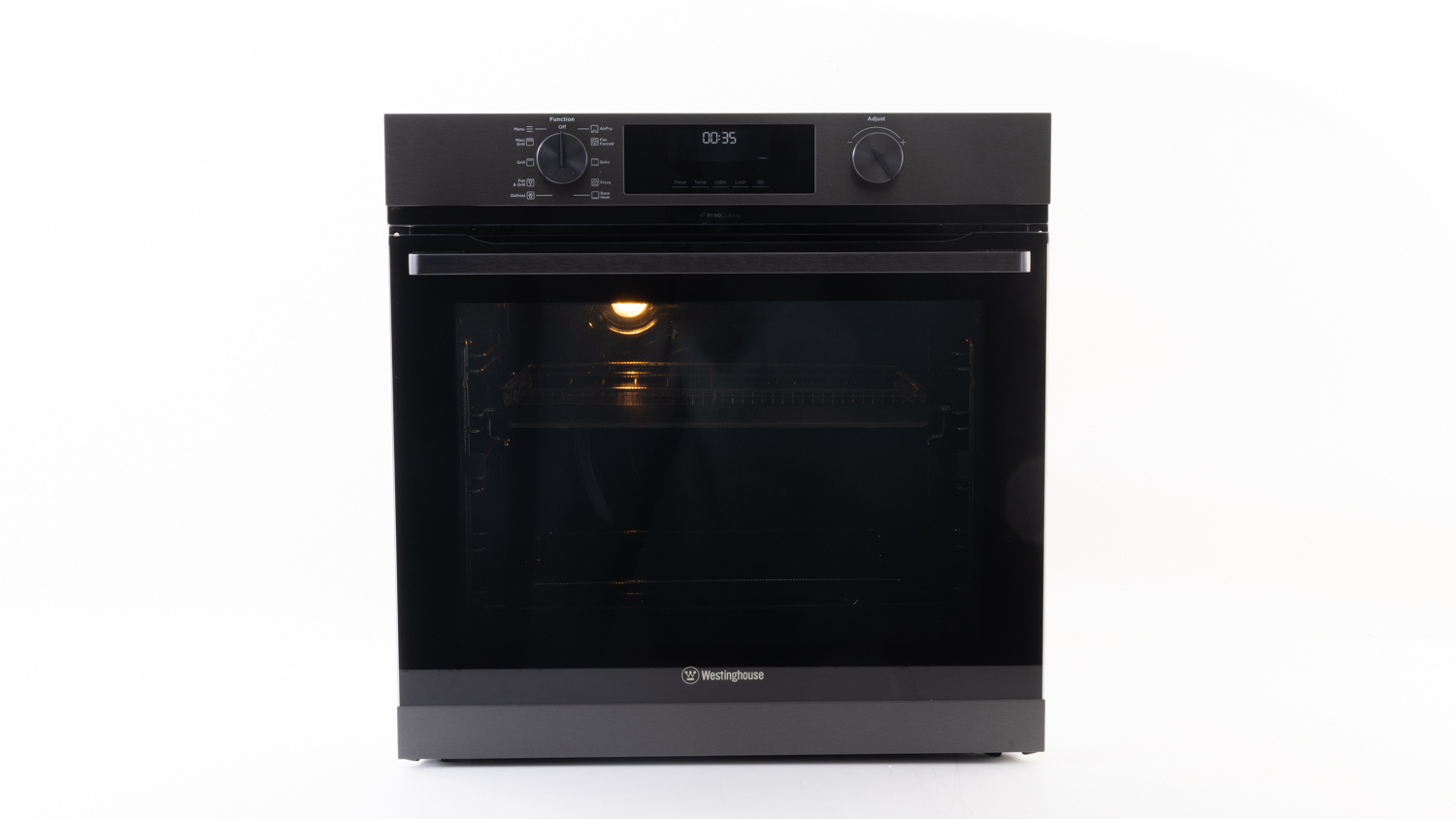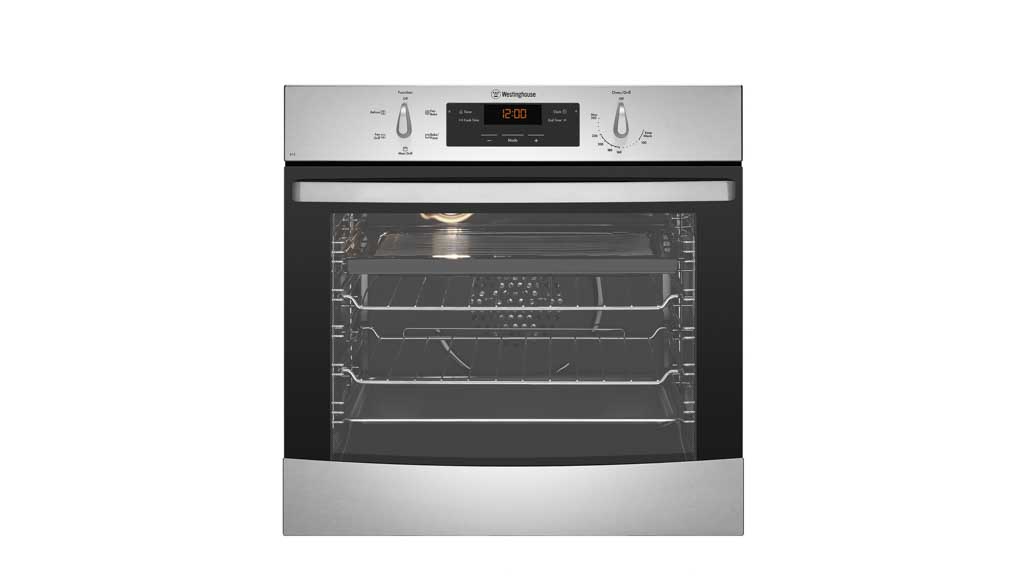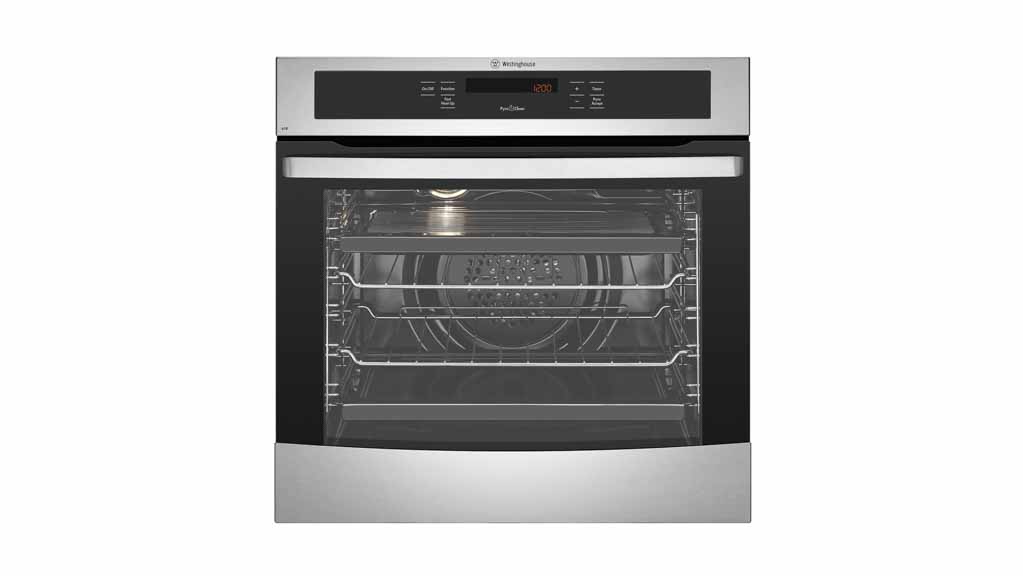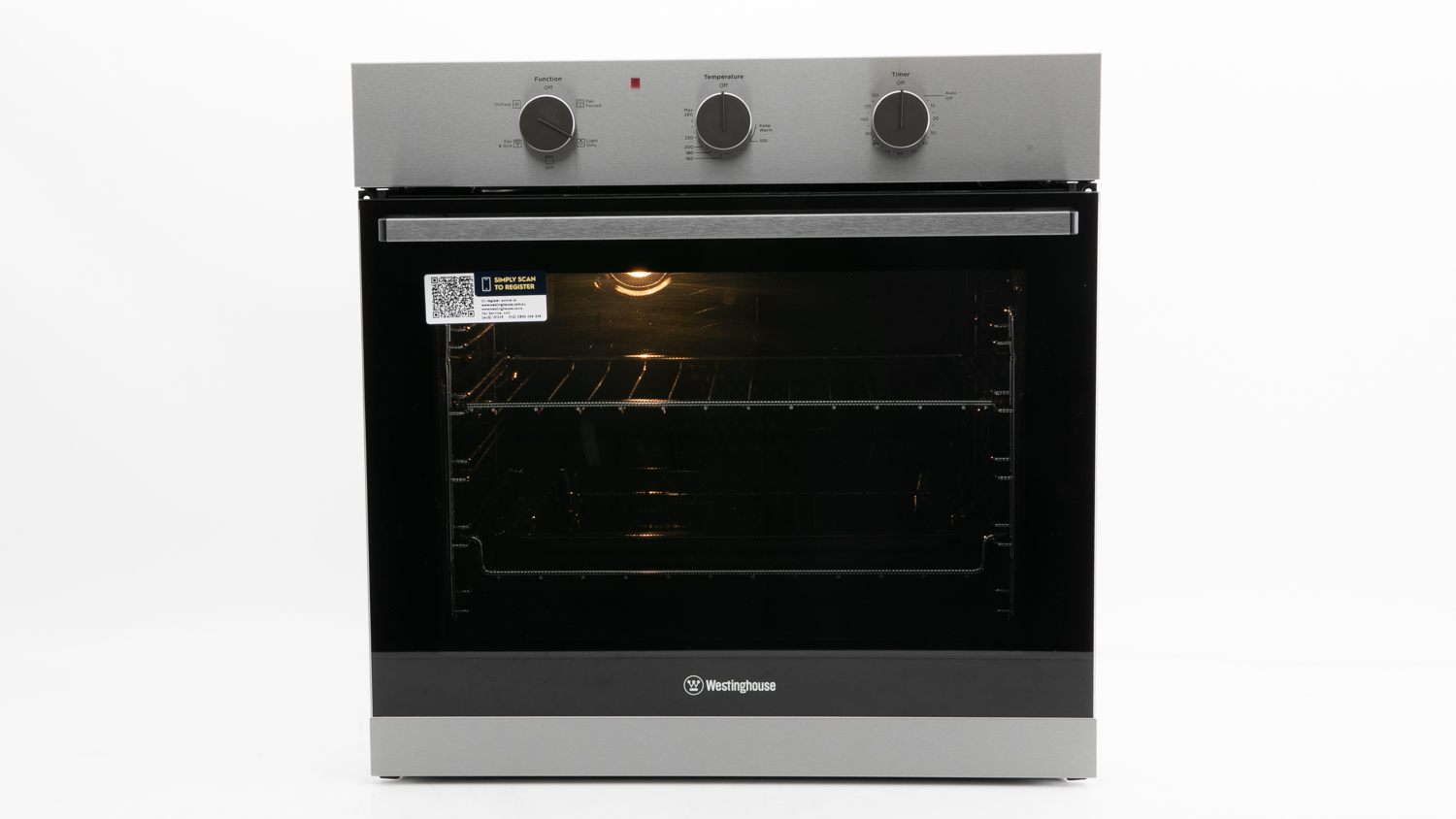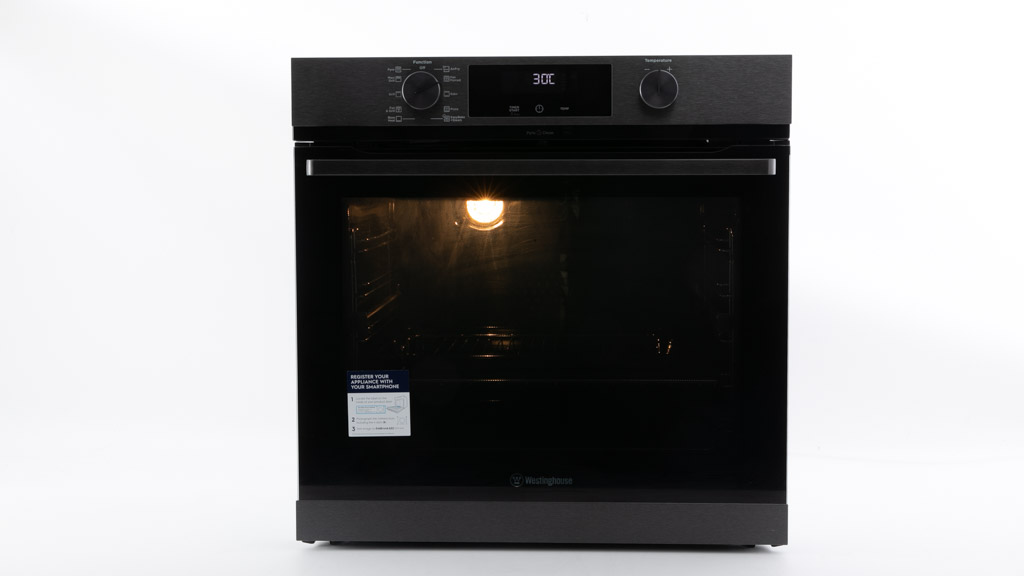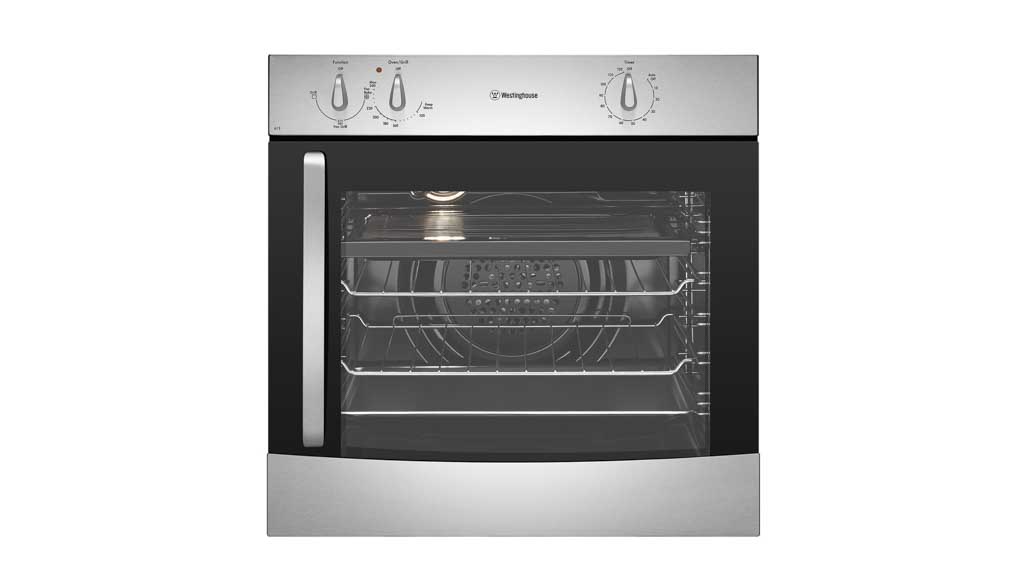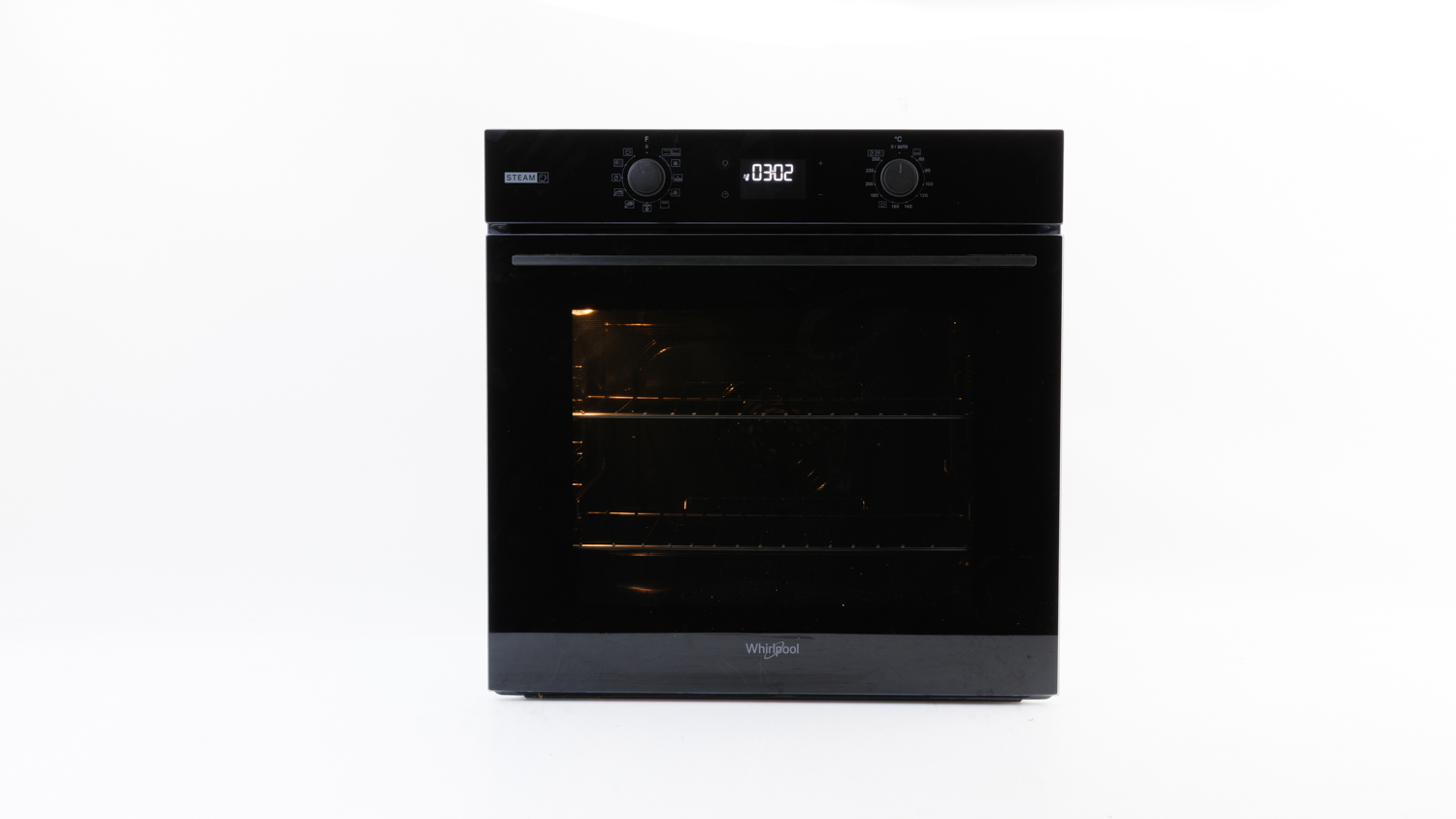Brand
Price
Top filters (6)
Width
Performance score
Ease of use score
Measured internal baking volume (L)
Shop Ethical rating
Features (8)
Telescopic runners
Test results (1)
Viewing through door
Sustainability (2)
Brand satisfaction score
Brand reliability score
Related products (1)
Availability
Sort by
Filter by
Wall oven reviews
A good wall oven is an essential purchase you want to get right the first time. Our lab test results will tell you which wall ovens:
- are the best overall performers
- are best at roasting, grilling, multi-shelf cooking and low-temperature cooking
- are easiest to use and clean (including which ones come with self-cleaning functions).
We’ve also partnered with Shop Ethical on this update to show the ratings the Ethical Consumer Group gives to each company.
Shopping links on the CHOICE website
CHOICE is an independent, nonprofit organisation dedicated to helping consumers. Clicking a link will take you to a retailer’s website to shop. While we make money if you buy through some retailer links, this doesn’t influence any of our rankings. 100% of the money we make goes straight back into our nonprofit mission. We’re currently testing this service and will consider providing more shopping links in the future. Tell us what you think.
AEG BPK74238PT
60cm wide wall oven
AEG BPK742320M
60cm wide wall oven
AEG BE 5013001M
60cm wide wall oven
AEG 60cm SteamCrisp Oven BSK774320M
60cm wide wall oven
AEG BP501310AM
60cm wide wall oven
AEG 60cm SenseCook PyroLuxe BPK842320M
60cm wide wall oven
AEG BP5013001M
60cm wide wall oven
AEG BPK74338PT
60cm wide wall oven
Ariston FK898EPX
60cm wide wall oven
Asko OP8687B
60cm wide wall oven
Asko OP8637A
60cm wide wall oven
Asko OT8687A
60cm wide wall oven
Asko OP8611S
60cm wide wall oven
Beko BBO6851MDX
60cm wide wall oven
Beko BBO6852PDX
60cm wide wall oven
Beko BBO60S0MB
60cm wide wall oven
Beko BIM25101XM
60cm wide wall oven
Beko BBO60S1PB
60cm wide wall oven
Beko BBO60B2PB
60cm wide wall oven
Beko BIM35404XPS
60cm wide wall oven
Beko BIM35400XMS
60cm wide wall oven
Belling BI60MFS
60cm wide wall oven
Belling IB6010FRC
60cm wide wall oven
Belling IB609FV
60cm wide wall oven
Belling IB609PYRO
60cm wide wall oven
Blanco BOSE665X
60cm wide wall oven
Bosch HBA572ES3A
60cm wide wall oven
Bosch HBG976MB1A
60cm wide wall oven
Bosch HBF133BS0A
60cm wide wall oven
Bosch HBA534ES0A
60cm wide wall oven
Bosch HBA172BB0A/72 Series 4 Built-In Oven Black
60cm wide wall oven
Bosch HBG633BS1A
60cm wide wall oven
Bosch HBA13B253A
60cm wide wall oven
Bosch HBT578FS1A
60cm wide wall oven
Bosch HBG672BS1A
60cm wide wall oven
Bosch HRG6753B1A
60cm wide wall oven
Bosch 60cm Serie 8 Electric Built-In Pyrolytic Oven HBG6767S1A
60cm wide wall oven
Bosch HVA541NS0
90cm wide wall oven
Bosch HBA574EB0A
60cm wide wall oven
Bosch HBG655HS1A
60cm wide wall oven
Bosch HBG6753B1A
60cm wide wall oven
Bosch HRG675BS1B
60cm wide wall oven
Bosch HBG6753S1A
60cm wide wall oven
Chef CVE602SA
60cm wide wall oven
Chef EOC627W
60cm wide wall oven
Chef EOC647S
60cm wide wall oven
Chef CVE612SA
60cm wide wall oven
DeLonghi DE608M
60cm wide wall oven
DeLonghi DEL607M
60cm wide wall oven
DeLonghi DEP909M
90cm wide wall oven
Electrolux EVEP619DSE
60cm wide wall oven
Electrolux EVE614DSE
60cm wide wall oven
Electrolux EVE614DSD
60cm wide wall oven
Electrolux EVE616DSD
60cm wide wall oven
Electrolux EVEP614BB
60cm wide wall oven
Electrolux EVEP616SC
60cm wide wall oven
Electrolux EVEP616DSD
60cm wide wall oven
Electrolux EVE614SC
60cm wide wall oven
Euromaid ETP12XL
60cm wide wall oven
Euromaid MS75
75cm wide wall oven
Euromaid ES7
60cm wide wall oven
Euromaid MF90
90cm wide wall oven
Everdure OBEGS601
60cm wide wall oven
Fisher & Paykel OB60SMPTDG1
60cm wide wall oven
Fisher & Paykel OB60SD11PLX1
60cm wide wall oven
Fisher & Paykel OB60SD16PLX1
60cm wide wall oven
Fisher & Paykel OB90S9MEPX3
90cm wide wall oven
Fisher & Paykel OB60SL9DEX1
60cm wide wall oven
Fisher & Paykel OB60SD11PX1
60cm wide wall oven
Fisher & Paykel OB60SDPTDB1
60cm wide wall oven
Fisher & Paykel OB60SC5CEX1
60cm wide wall oven
Fisher & Paykel OB60SD9PX1
60cm wide wall oven
Fisher & Paykel OB60SC9DEPX1
60cm wide wall oven
Fisher & Paykel OB60SC7CEX1
60cm wide wall oven
Fisher & Paykel OB60SC7CEPX1
60cm wide wall oven
Fisher & Paykel OB60SL11DEPB2
60cm wide wall oven
Fisher & Paykel OB60SL11DEPX1
60cm wide wall oven
Fisher & Paykel OB60SC7CEX2
60cm wide wall oven
Fisher & Paykel OB76SDEPX3
75cm wide wall oven
Fisher & Paykel OB60SC5CEX2
60cm wide wall oven
Gaggenau BOP220111
60cm wide wall oven
Haier HWO60S14EPX4
60cm wide wall oven
Haier HWO60S11TPX1
60cm wide wall oven
Haier HWO60S8EPB2
60cm wide wall oven
Haier HWO60S7EX1
60cm wide wall oven
Haier HWO60S7MB4 Black
60cm wide wall oven
Haier HWO60S10TX1
60cm wide wall oven
Ikea FXJM6 MATTRADITION
60cm wide wall oven
Ikea KULINARISK 504.210.60
60cm wide wall oven
Ikea BRÃNDBO 905.576.50
60cm wide wall oven
Ikea EFTERSMAK
60cm wide wall oven
Ilve OV60SLKMP/SS
60cm wide wall oven
Inalto IO60XL5M
60cm wide wall oven
Miele H 2457 BP
60cm wide wall oven
Miele H7860BP
60cm wide wall oven
Miele H 7260 BP PureLine CleanSteel Pyrolytic Oven
60cm wide wall oven
Miele H2861BP
60cm wide wall oven
Miele H7464BP
60cm wide wall oven
Miele H 6860BPX
60cm wide wall oven
Miele H2267-1 BP PureLine
60cm wide wall oven
Miele H6267BP
60cm wide wall oven
Miele H 2661 B CleanSteel
60cm wide wall oven
Miele H 6461 BP CleanSteel
60cm wide wall oven
Miele H 2760 BP
60cm wide wall oven
Miele H 2265 BP
60cm wide wall oven
Miele H 2661 BP
60cm wide wall oven
Miele H 2860 BP PureLine Pyrolytic
60cm wide wall oven
Miele H 6290 B
90cm wide wall oven
Miele H2267-1 B
60cm wide wall oven
Miele H 2265 B
60cm wide wall oven
Miele H 6260 BP CleanSteel
60cm wide wall oven
Neff B59CR72Y0A
60cm wide wall oven
Neff B57CR22G0B
60cm wide wall oven
Neff B57CR22N0B
60cm wide wall oven
Omega OBO6011AM
60cm wide wall oven
Omega OBO691TGG
60cm wide wall oven
Omega OO640X
60cm wide wall oven
Omega OO653X
60cm wide wall oven
Omega OO654X
60cm wide wall oven
Omega OO687X
60cm wide wall oven
Omega OO986X
90cm wide wall oven
Omega OO6AX
60cm wide wall oven
Omega OBO61PXTGG
60cm wide wall oven
Samsung NV7B5755SAS
60cm wide wall oven
Samsung NV70F7796MS/SA
60cm wide wall oven
Samsung NV70K3370BS
60cm wide wall oven
Siemens HB976GMB1A
60cm wide wall oven
Siemens HB875G8B1A
60cm wide wall oven
Smeg SOPA6104S2PG
60cm wide wall oven
Smeg SOA6104S4PG
60cm wide wall oven
Smeg 60cm Classic SOPA6301TN Black
60cm wide wall oven
Smeg SOPA6102TB3
60cm wide wall oven
Smeg SFA63M3TVX
60cm wide wall oven
Smeg SFPA6395X
60cm wide wall oven
Smeg SFPA6303TPX
60cm wide wall oven
Smeg SFPA6300X
60cm wide wall oven
Smeg SFPA6395X2
60cm wide wall oven
Smeg SFPA6309X
60cm wide wall oven
Smeg SFA9315XR
90cm wide wall oven
Smeg SFPA7395X
70cm wide wall oven
Smeg SFPA6604NX
60cm wide wall oven
Smeg SFPA6301TVX
60cm wide wall oven
Smeg SFA6304X
60cm wide wall oven
Technika TGSO618FTBS
60cm wide wall oven
Westinghouse WVE6516SD
60cm wide wall oven
Westinghouse WVE6314SD
60cm wide wall oven
Westinghouse WVEP6717DD
60cm wide wall oven
Westinghouse WVEP6716DD
60cm wide wall oven
Westinghouse WVE616SC
60cm wide wall oven
Westinghouse WVE615S
60cm wide wall oven
Westinghouse WVE616S
60cm wide wall oven
Westinghouse WVEP618S
60cm wide wall oven
Westinghouse WVEP615S
60cm wide wall oven
Westinghouse WVE607S
60cm wide wall oven
Westinghouse WVE612SCP
60cm wide wall oven
Westinghouse WVEP617DSC
60cm wide wall oven
Westinghouse WVES613S
60cm wide wall oven
Westinghouse WVE613S
60cm wide wall oven
Whirlpool W4OMSK58RU1SBA
60cm wide wall oven
Whirlpool AKZM755IX
60cm wide wall oven
Whirlpool AKZM8920HIX
60cm wide wall oven
Whirlpool AKZ97820IXAUS
60cm wide wall oven

